
1890-1893 Time Frame
From the fashion history and analysis of the character (and her preferences), we are able to draw upon key extant garments, sketches, and portraits of real women in developing the design.
The preferences of Dr. Anderson include:
- red color range
- smaller sleeve (indicating earlier to 1890 rather than 1894-5)
- tailored
- lots of lace on bodice and neck
- flatter style hat towards Edwardian, and without feathers or birds
- stripes or textured fabrics
- current fashion for the date
- personalized accessories and details specific to character and not necessarily high fashion of the day
Possible Designs – Key examples of Walking Suits (Business & Public Apparel)
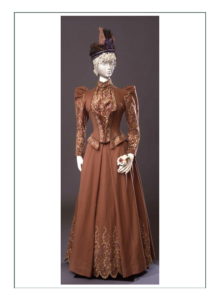
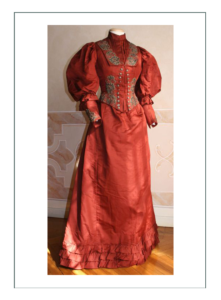
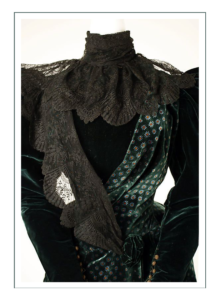
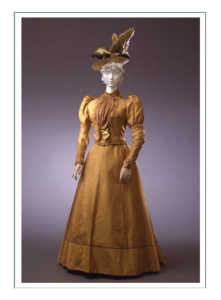
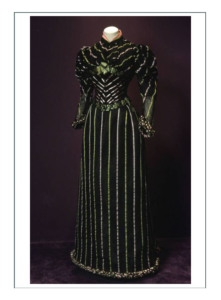
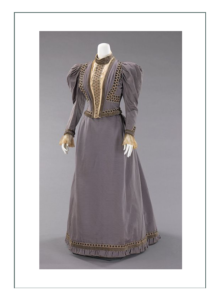
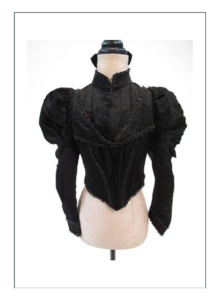
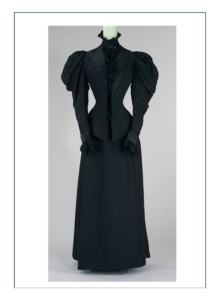
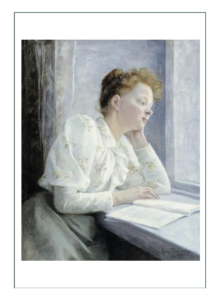
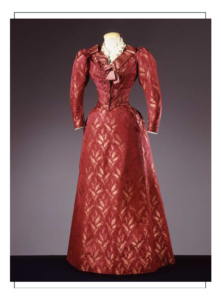
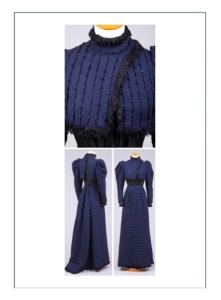
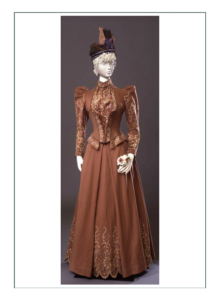
Our Favorites
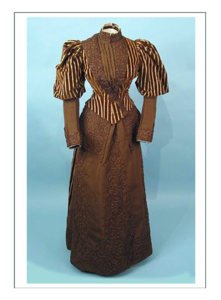
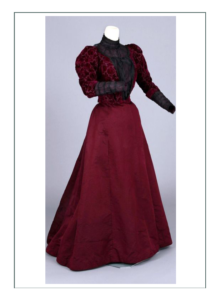
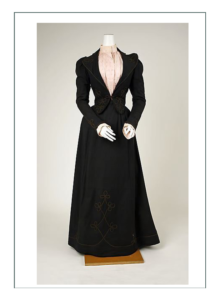
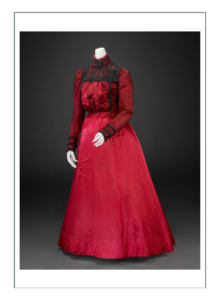
Based on Dr. Anderson’s preferences, these are the best possibilities. They depict 1892-93, are red, textured, tailored (“powerful”), fairly inexpensive for the time, include broad laces and interesting details, and are coordinated and complete when included with the hat.
They also all require the most basic transitional 1890-95 undergarments that can be either on the high end of silks, or the low end of cottons for cost.
Although Dr. Anderson prefers not to have the large sleeves, they cannot be escaped for a depiction any time between 1890 and 1895. Selecting the 1892-93 period keeps the below the shoulder profile of the sleeve. Keeping it closer to 1890 will have a smaller sleeve altogether, but the bodice will be more fitted, which may be a challenge due to time constraints.
Accessories
Fichu
To any of the above, we can add the “modern” version of the 18th century “fichu”, and overlaid “chemisette” or lace collar. This is an extant model with current pattern that we can build right now! This would be particularly effective with the simpler blue tailored suit above, or with a striped silk blousewaist (sketches to come below):
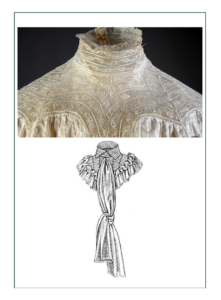
Shoes/Footwear
Functional, lower heels with the shape of the day. Reproduction for comfort preferred; any color to coordinate or not.
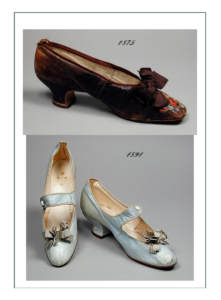
Undergarments
Let’s make a gorgeous and well fitted (gusseted) waist cinching symmetrical 1890 corset in a cotton brocade with fancy trim, and one basic, structural petticoat. All the undergarments should have ornament, lace, and decoration.
Petticoat
The Ida B petticoat should have the gores and flounces with the knee ruffs of both of these; earlier depiction to have the lower ruffle above the knee; later to be below, and possibly with a slight train. It should match the line of the selected skirt so that only one petticoat is needed. This petticoat should have multiple layers of gathering as the samples below. A cotton or silk print would be fun!
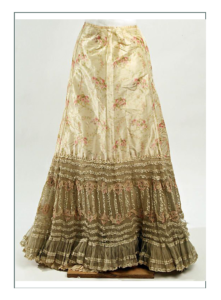
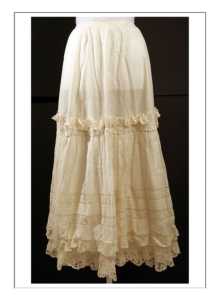
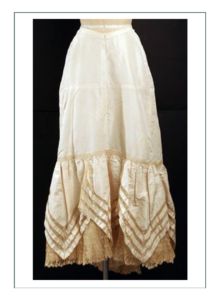
Corset
We want to do the “transitional” corset between the long late 1880’s “fainting couch” style that focuses on the flat front and inverted abdomin, and the later Edwardian that puts the body off balance. The major distinction between them are the addition of bust and hip gores for the latter.
The 1890 model will be moderately long, with tight waist cinching, full bust in gores, and a hip gore with a spoon busk to bring the abdomen in, but still having the symmetry of the earlier era corsets. A lovely brocade in any color – a light paisly as shown here would be lovely, and of course we need a cotton or silk lace with silk ribbon for cinching the top.
The goal of Dr. Anderson’s corset should be to get a narrow waist and allow the hips and derriere to be full; even to the point no rump pad is needed. We will balance that out with cartridge pleats and a deeply pleated skirt type for fullness over the rear.
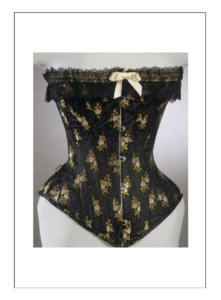
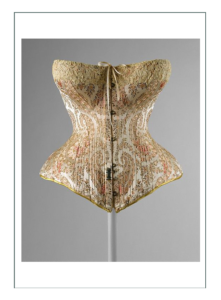
Hats
Straw or Feathers
The wide brimmed hat with flowers and bows is preferred to the vertical “bird” hat of the day. This would dictate a “summer ensemble”, or at least summer weight fabrics to suit; otherwise velveteen or similar would be required.
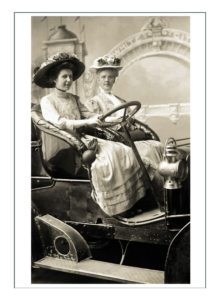
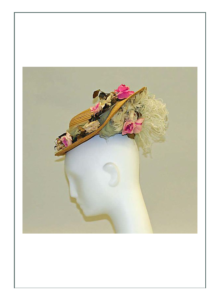
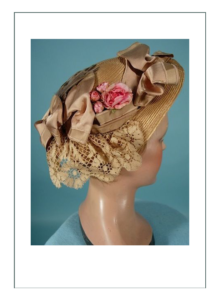
Felt & Feathers
If we are to be authentic to 1893, it should have live birds or at least vertical feathers like these ACTUAL photos from the Columbian Exposition in 1892, and look – Ida is wearing one too!
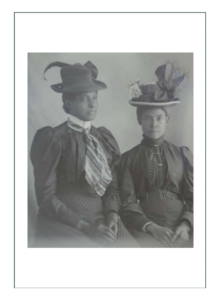
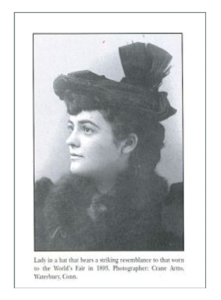
The final selection should be based on Dr. Anderson’s preference and interpretation, which includes the broader and more fashionable hat leaning towards Edwardian, but not so extreme as to have live birds and heavy weights. The compromise will be a large brimmed straw hat with a multitude of silk ribbons and flowers (and maybe a small bird..) built on the basis of the 1893 sketch below:
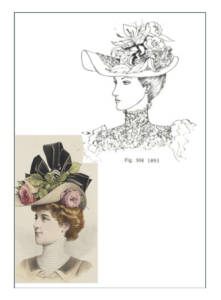
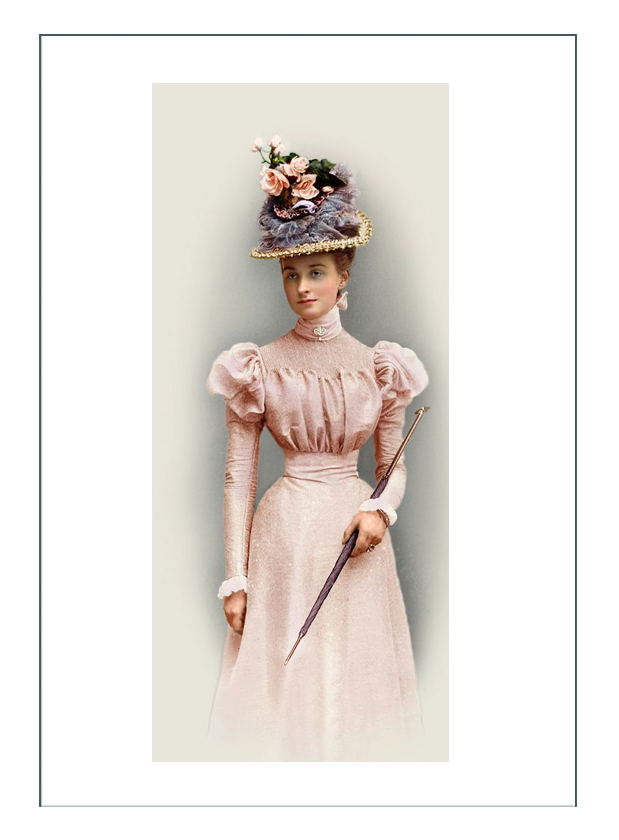
If a simpler hat is desired, or one with the stylish “tip”, these 1890-91 models would be simple and appropriate to build (as if Ida is wearing her old favorite):
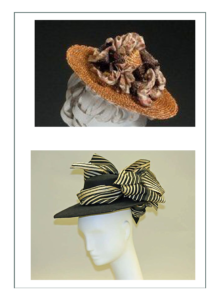
Or a possible total ensemble with straw hat and “informal” wear of 1892:
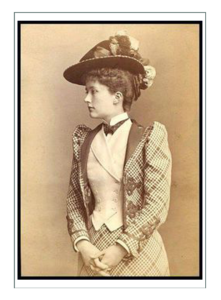
Hair & Hairpieces
Dr. Anderson prefers not to use a wig, hairpiece, extension, or pad. It is possible she might add a chignon pad under the hat, or we can pad out the hat to appear to be more hair. In her 1880-90’s years, it appears Ida B wore her hair long, left it natural, and combed it up and over her ears as was the fashion of the day. She kept it very vertical, and presumeably wore a vertical hat too.
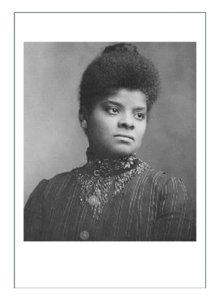
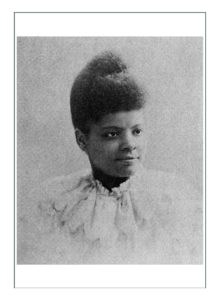
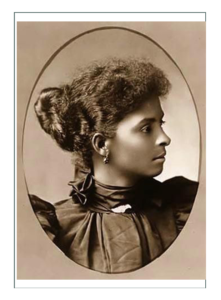

1900 Depiction Instead of 1893?
Dr. Anderson, after considering above, may choose instead to depict Ida B Wells in a later part of her life; notably at about age 40 in or around 1900. This would certainly make for easier construction, as the Edwardian style did not have the intense boning and tight fit in the bodice of the past few decades.
It also makes it a bit more difficult to pin down exactly which type of Edwardian depiction to develop, as fashion “blossomed” in many directions at the turn of the 20th century. From photos of Ms. Wells, we do know her preferences which were consistent through all her fashion eras and stages of life: lots of lace, dark colors (blue, russet, reds, maroons, blacks/grays), with sharp tailoring and structure beneath the lace.
She liked hats too; always in style, so that is definitely a “plus” in considering Edwardian, as they were the large, broad brimmed, and copious hats of all colors.
Before digging in with each detail, we will study real women of the era first.
 In chronological order as best estimated, let’s look for similarities to create a depiction that can cover 1899 to 1905 with simple changes of hat or accessories:
In chronological order as best estimated, let’s look for similarities to create a depiction that can cover 1899 to 1905 with simple changes of hat or accessories:
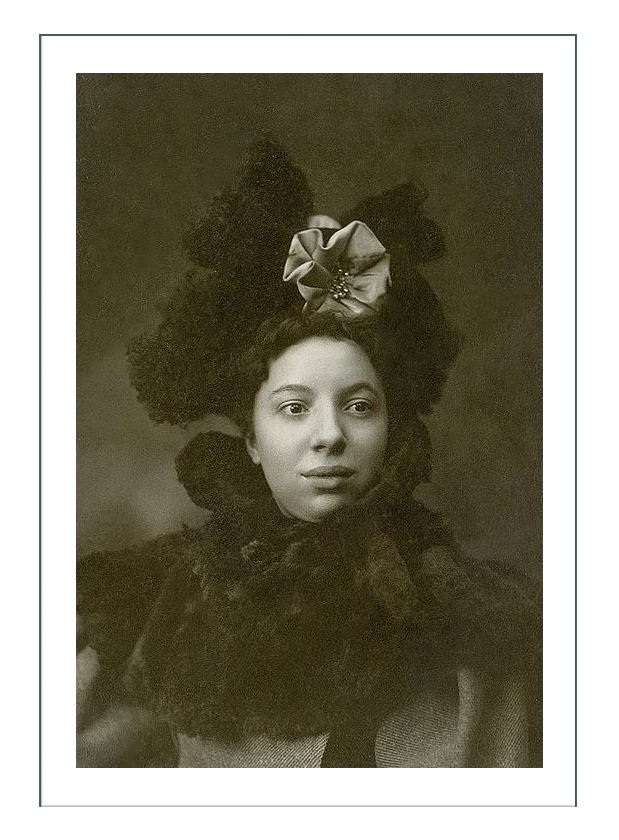
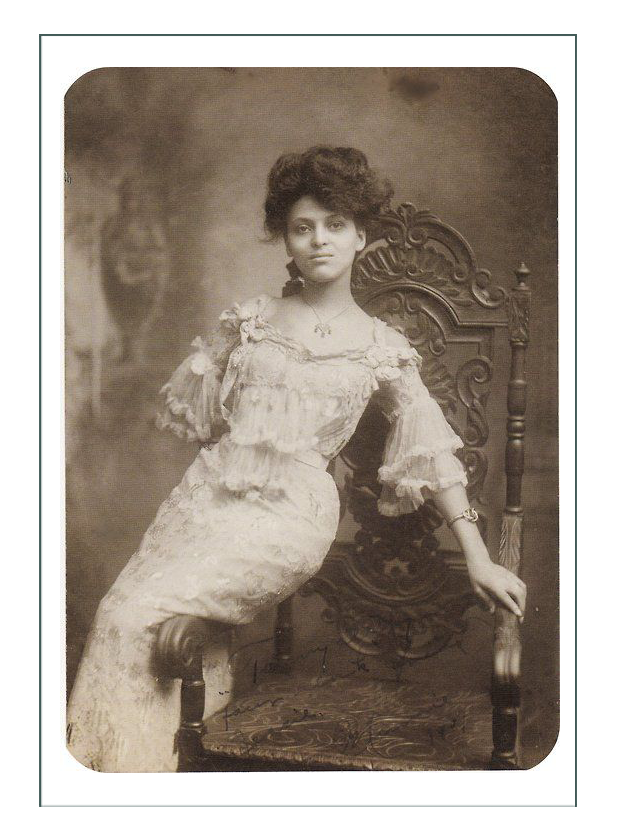
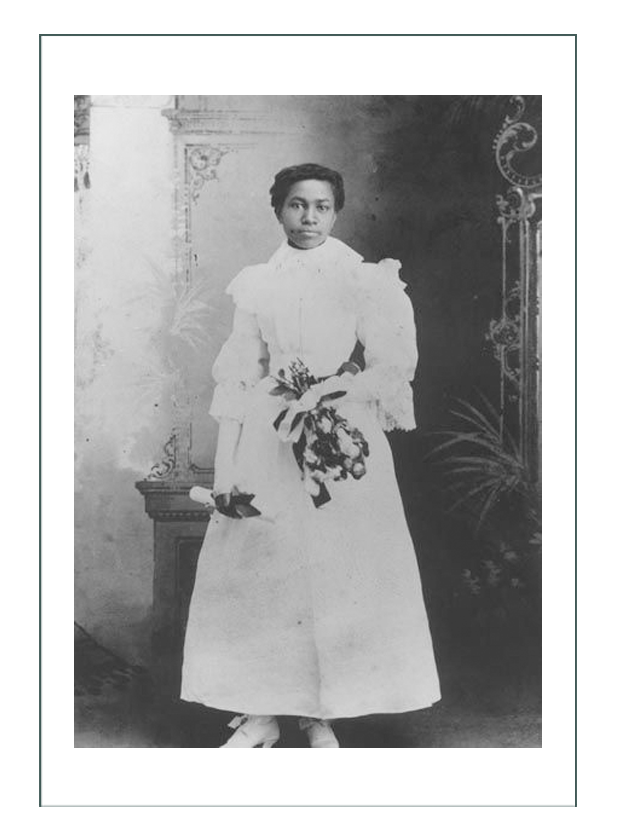
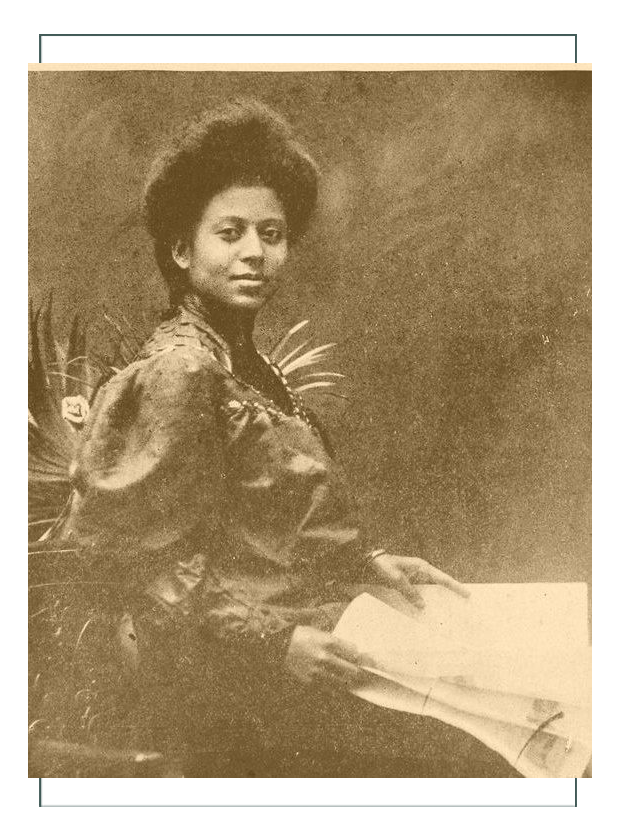
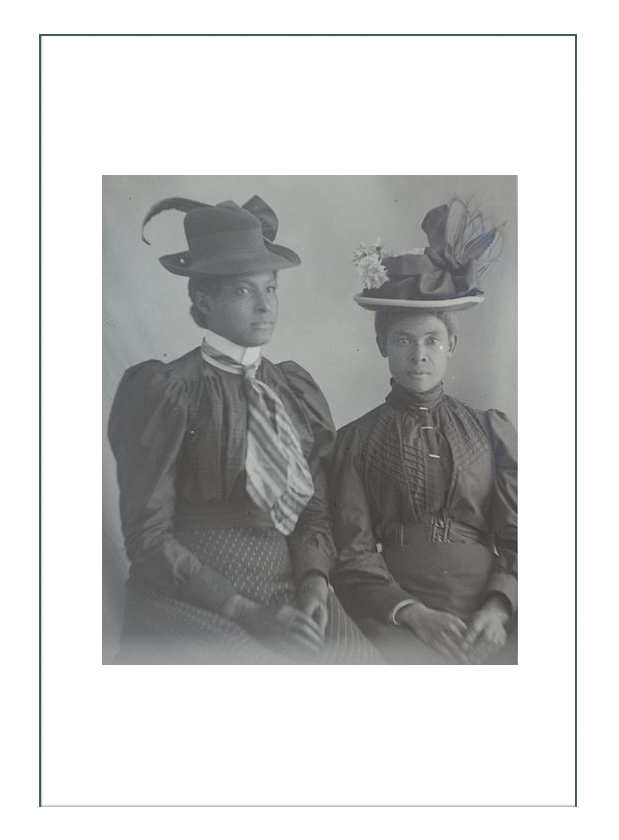
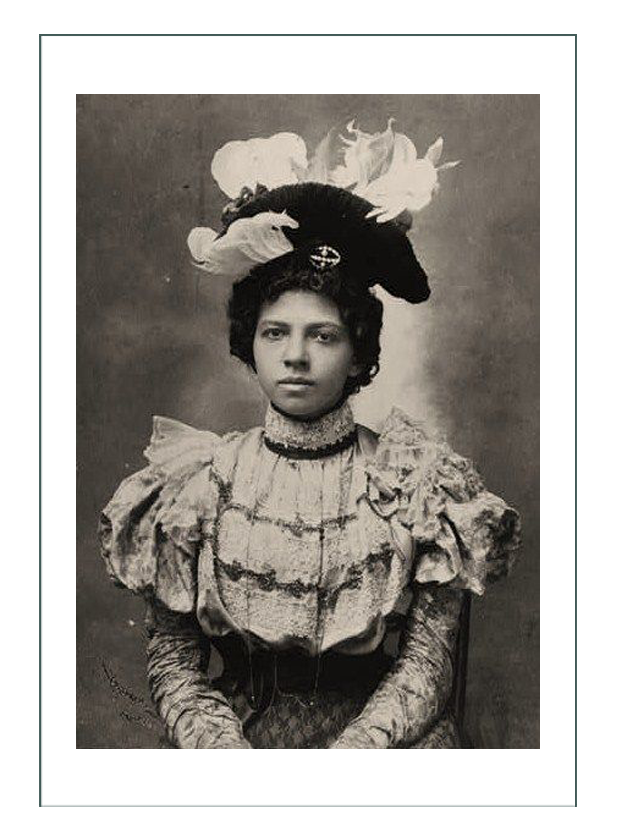
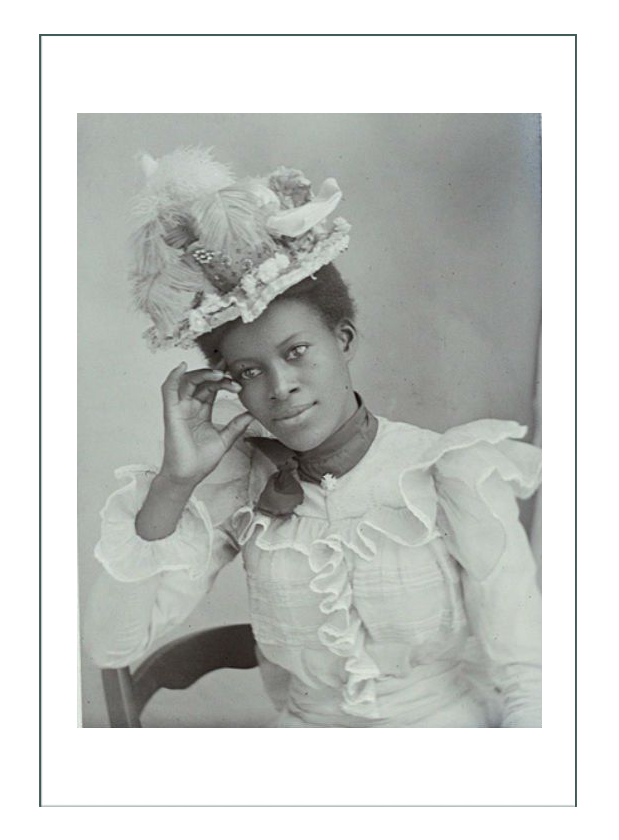
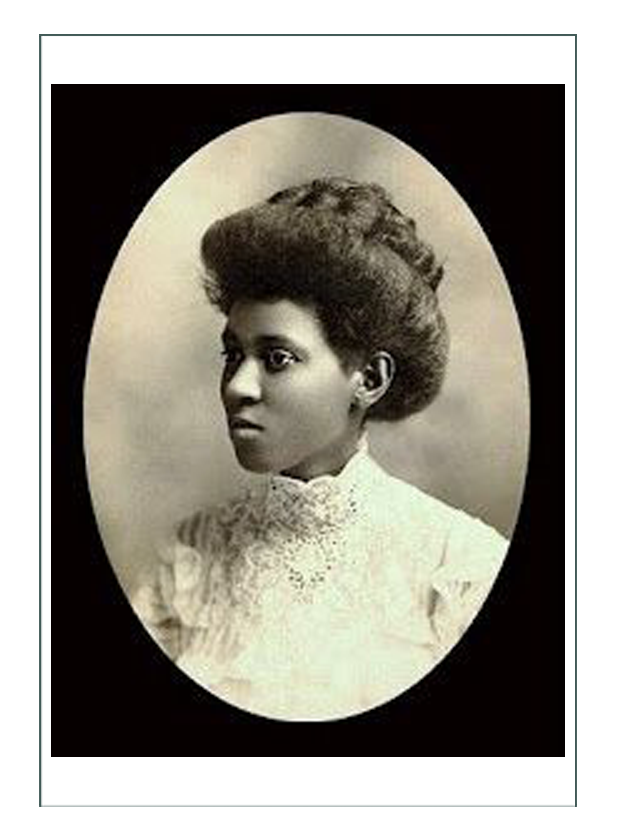
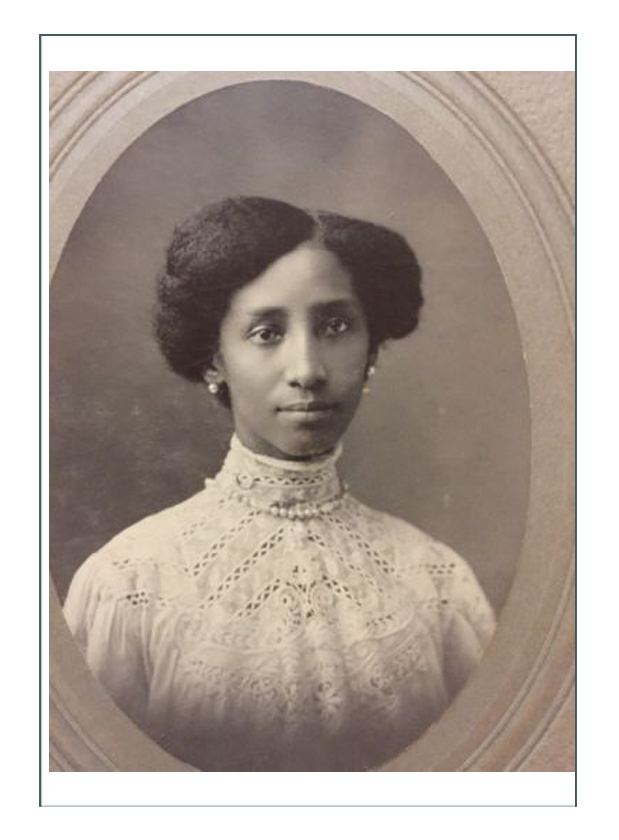
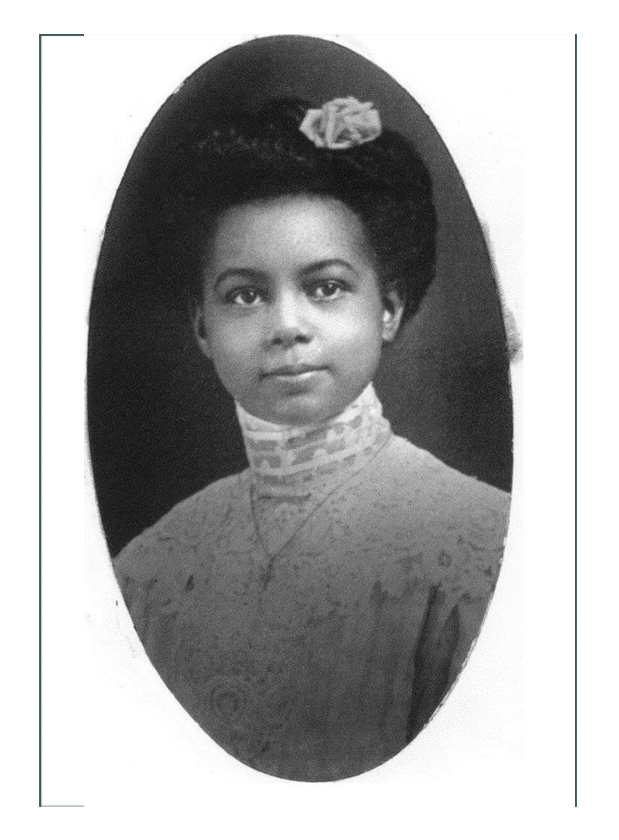
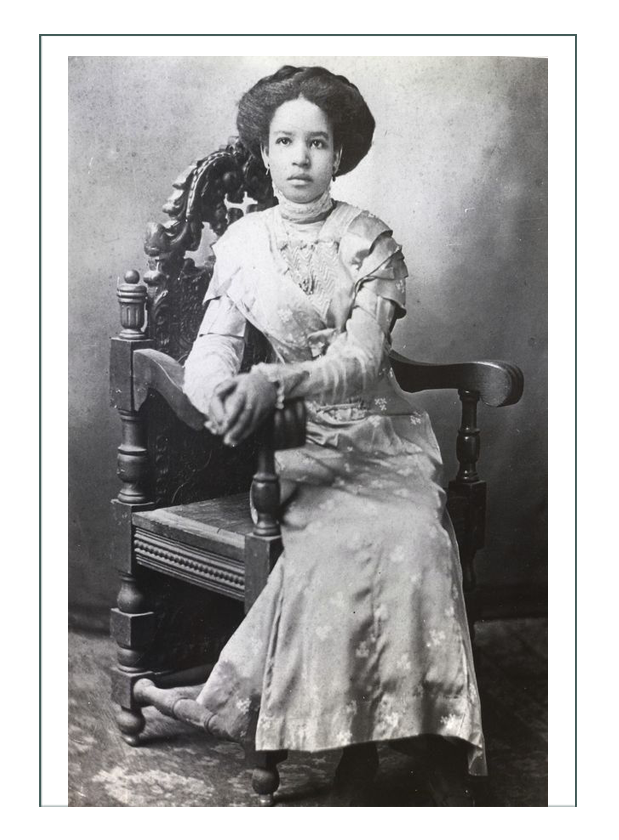
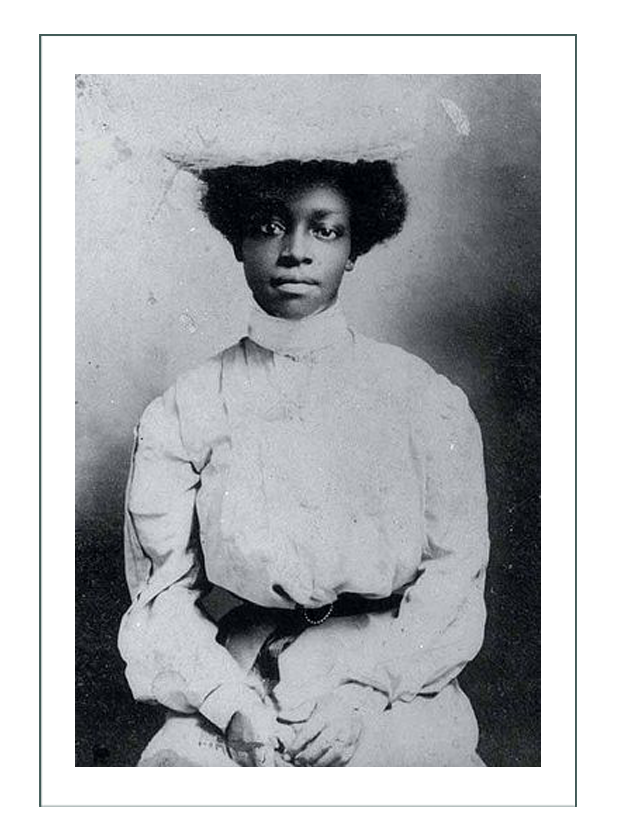
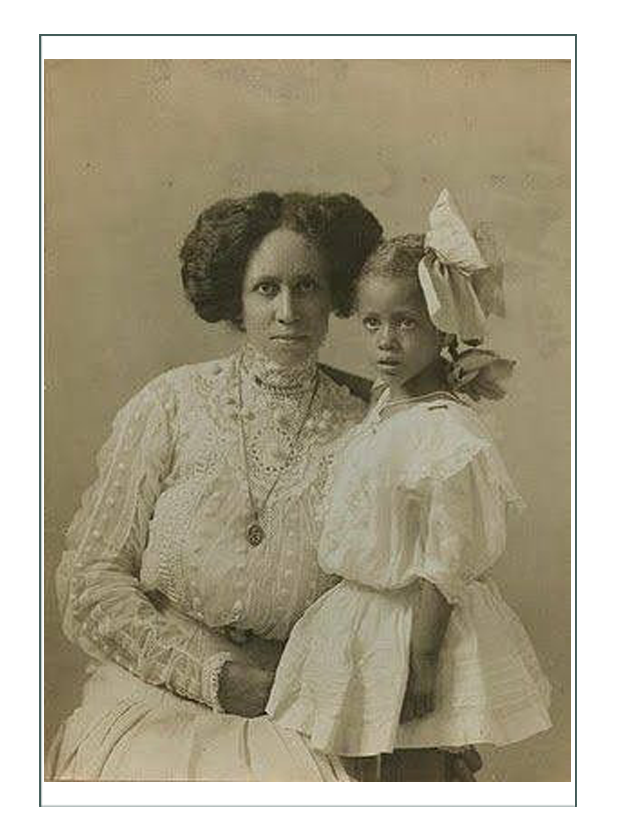
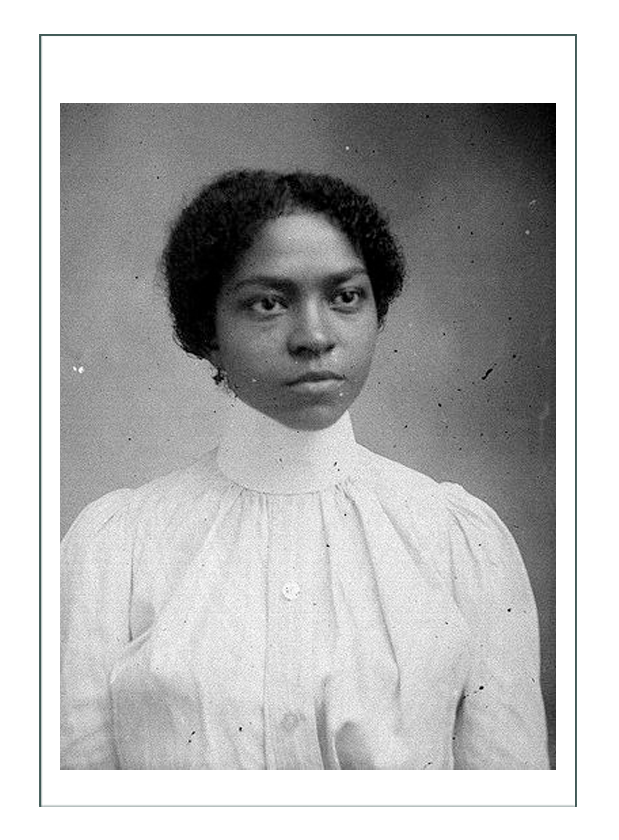
We happened upon these candid shots of “pioneer women” – women of the western United States in the two eras we are considering. Note most of the portraits of women are posed and staged – that’s why these are especially helpful in this design because it shows what women might have made themselves, or modified. It also indicates we are right on target for this depiction’s status, fabrics, style, and fit.
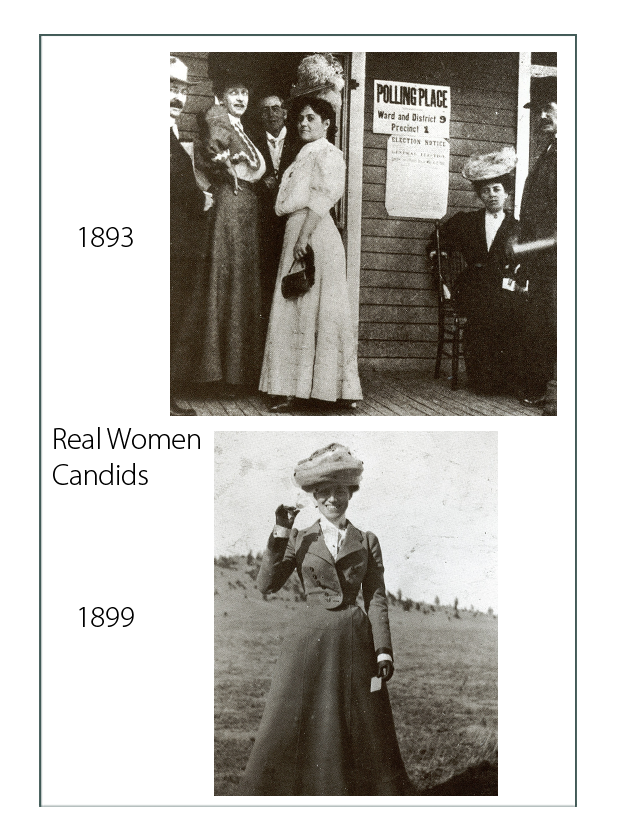
The sketches below are a summation of the best extant and available patterns for the two eras – put together to meet the criteria of Dr. Anderson and that we determined above about the character of Ida B.
They are separated into 1891-93 (Columbian Exposition when Ida B. was protesting in Chicago),
and 1900-1902 (adult, married, mother Ida B. deeply involved in the political scene in the U.S. and abroad)
Criteria met in both include:
- simple fabrics (still leaning towards the reds, but the mauves, purples, and blues of the working women and “suits” is considered here)
- tailored suit – 2 piece with revers for the earlier era; Edwardian 3 piece for later
- as much lace and lace insert and overlay as we can find – matching lace to suit color if possible; if not, white or ivory consistent with high fashion for the latter Edwardian era
- appropriate hair & hat (higher, tilted, and lighter construction such as straw for earlier.. with or without bird’s wings; later the broader stronger brim with heavier ornamentation and flat on the head; optional straight boater)
- stockings and shoes correct for time (reproduction recommended)
- jewelry open to interpretation – marcasite would be nice or whitby jet
- correct undergarments for time (minimal for both – one petticoat, corset cover, combination, corset)
- bodice choice of styles
- optional jacket to suit (fine without)
- trim on jacket and/or skirt
- skirt appropriate

Example of color and trim combination for 1893:
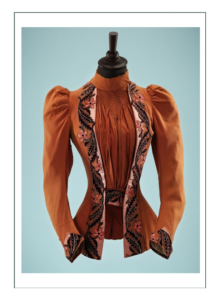
Example of color and trim combination for 1900:
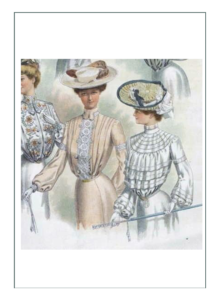
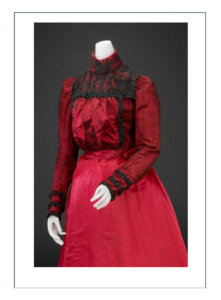
Silks for suiting
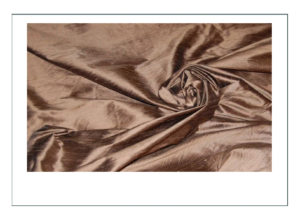
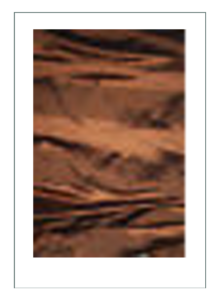
Silk and Wool (moderate draping)
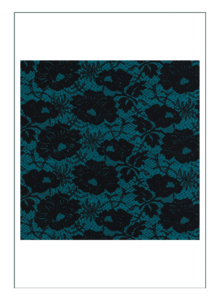
Silk Taffetas (stiff)
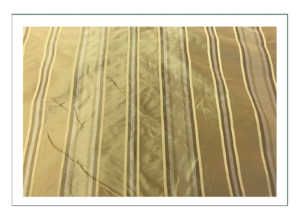
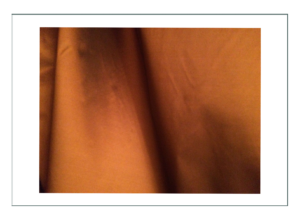
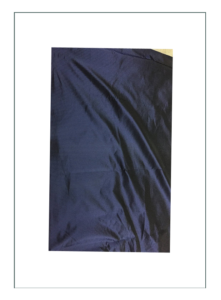
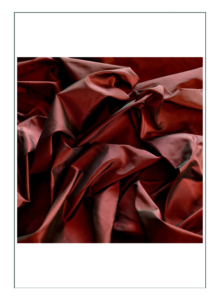
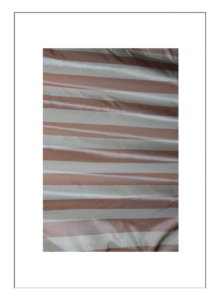
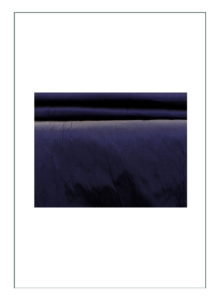
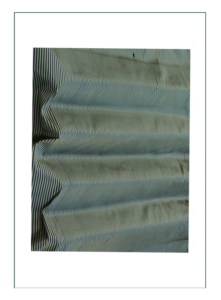
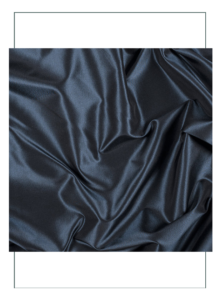
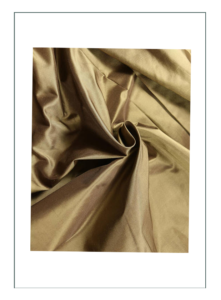
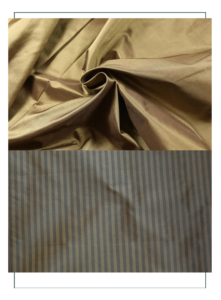
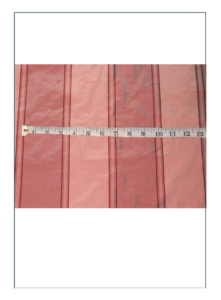
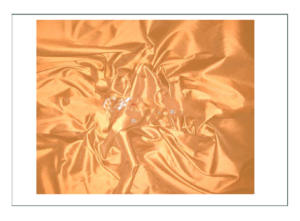
Cotton Damask
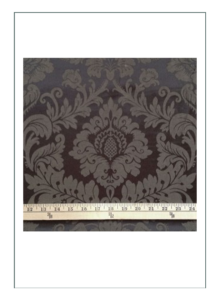
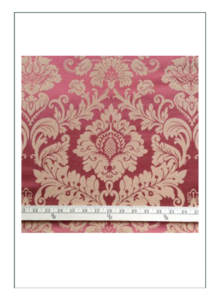
Cotton, Cotton-Linen, or Linen
(best choice for this project. Other colors possible)
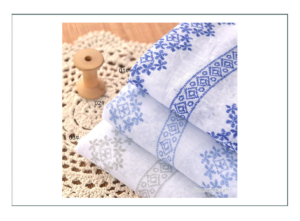
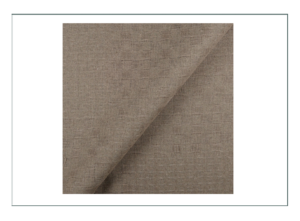
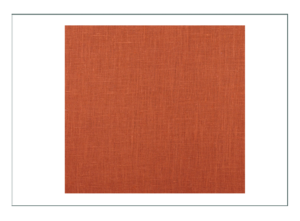


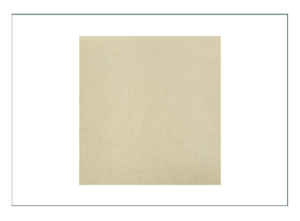
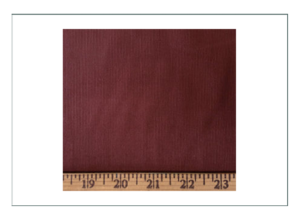
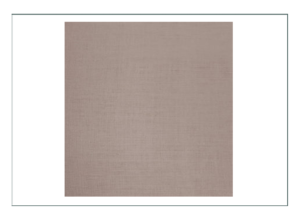
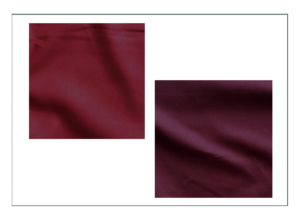
Laces for Bodice Base or Ruffs/Trim
(some of these have 75% cotton; 25% polyester – not preferred but availability may dictate)
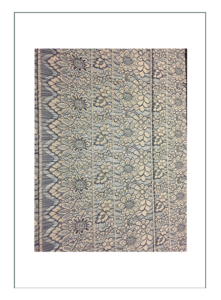
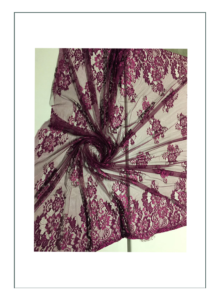
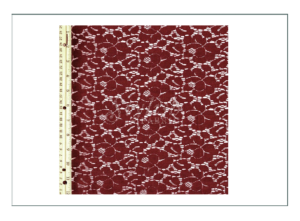
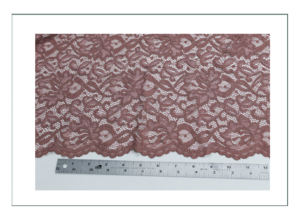
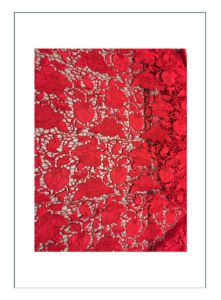
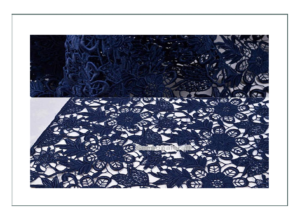
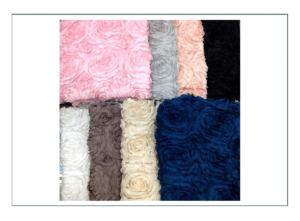
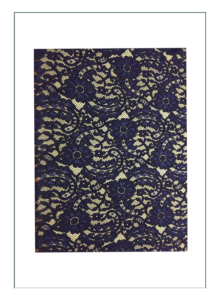
White, Ivory, or Beige Lace for Edwardian Bodices
(These are 100% cotton except the eyelet lace copper and ivory which have some polyester in the backing)
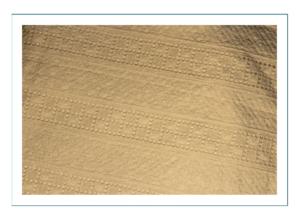
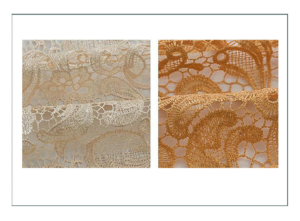
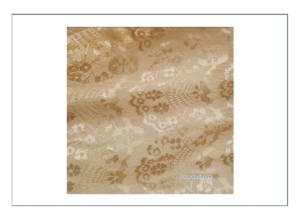
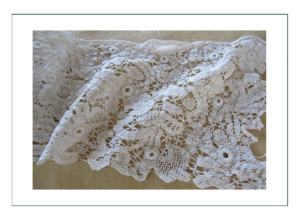
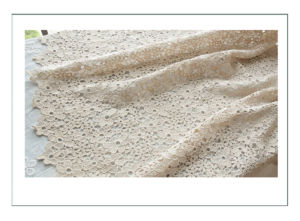
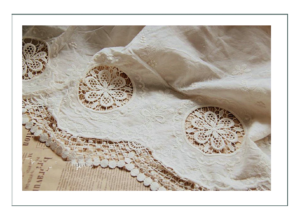
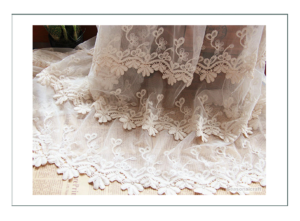
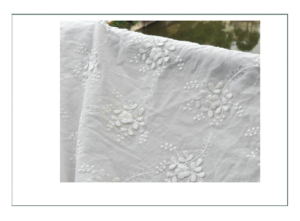
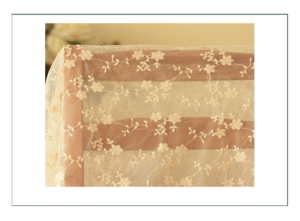
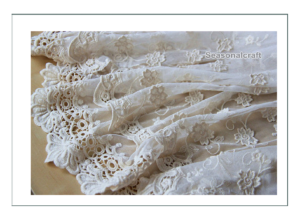
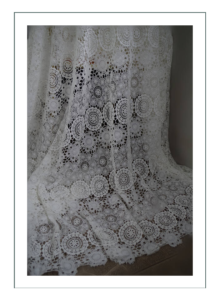
Embroidered Silk Taffeta for Petticoat or Corset (possible suiting)
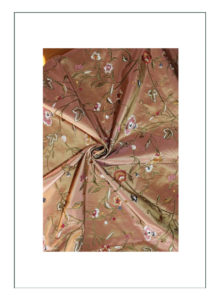
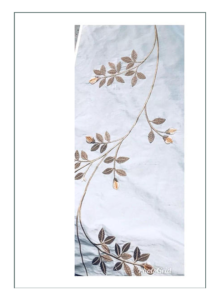
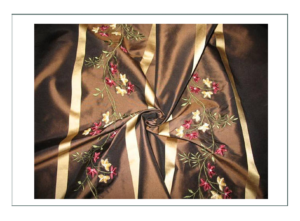
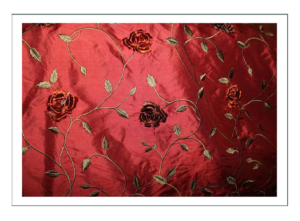
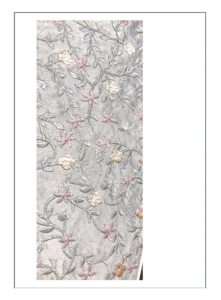
Trims
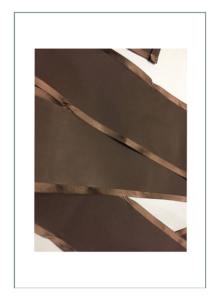
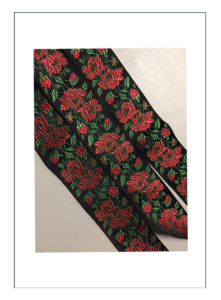
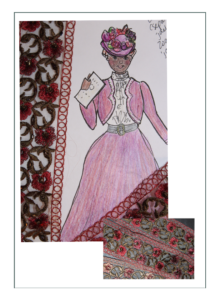
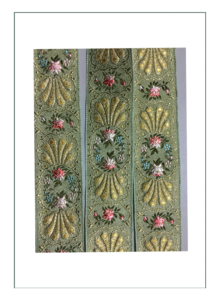
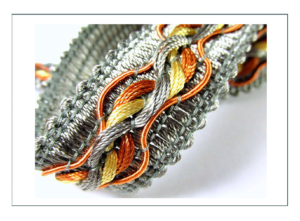
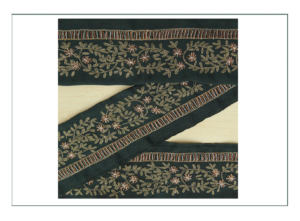
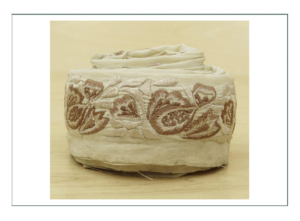
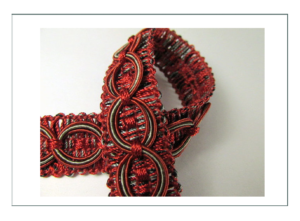
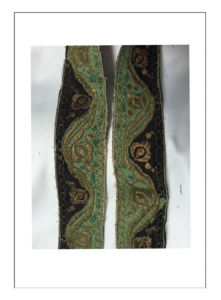
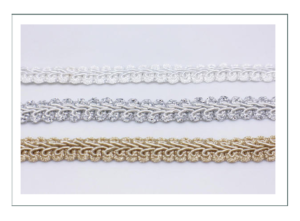
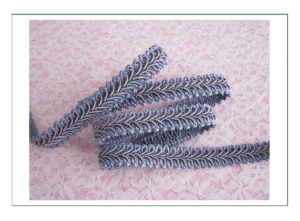
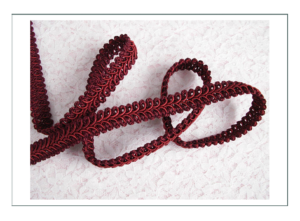
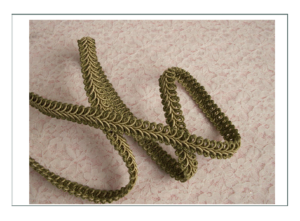
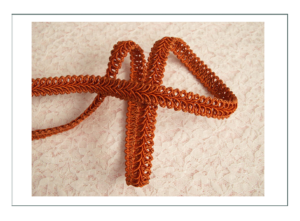
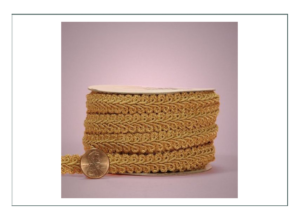
Undergarments
(lawn; also plain white, muslin, or ivory)
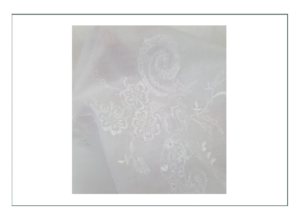
Jewelry (available)
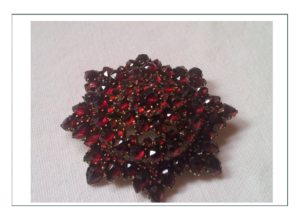
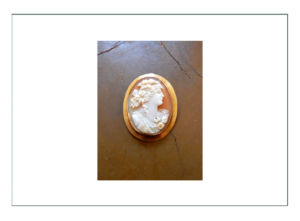
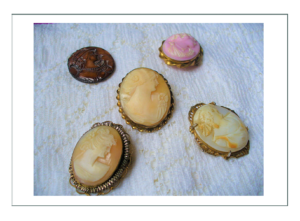
Hat Notions
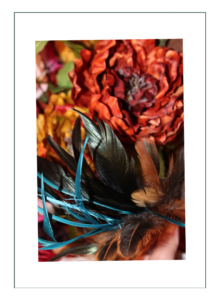
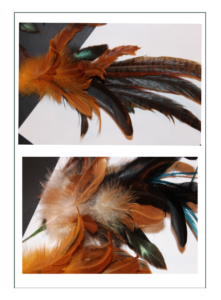
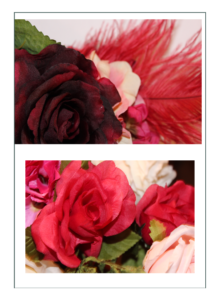
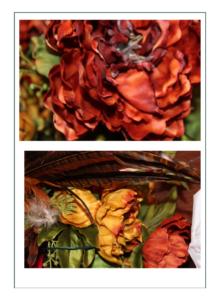
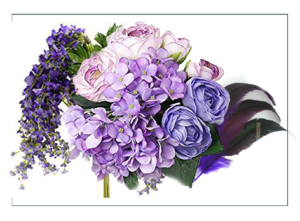
It is extremely difficult to find lace today that is 100% cotton or 100% silk; especially in colors. Several below have some polyester. We vehemently prefer not to have any synthetics, because Dr. Anderson will swelter in them, and yet – to be completely true to depiction, it s very likely Ida B. wore synthetics – and even less comfortable than those we have today – because they were inexpensive and readily available.
We may need to make some compromise – say 80% cotton and 20% poly to get color and overlays. This may be the deciding factor in the design and color of the entire ensemble!

1891 to 1893
The early era key features which carry through all the options include:
- “Elephant ear” sleeves; smaller closer to 1892, but still apparent
- Long sleeves
- simple bodice/blousewaist with various wraps
- lace worn over matching colored corset cover or on multiple layers of lace
- including inserts
- additional lace neckware
- skirt of appropriate gores
- plain fabric – poplin, linen, wool suiting
- trim such as gimp
- needs a wig, although hat can be padded to give appearance of the hair height
AUTHENTIC ENSEMBLE WILL INCLUDE:
- Bodice (with revers)
- Optional Lace collar or neck ruff
- Skirt – gored with back pleats
- Petticoat – matches skirt line
- Combination
- Symmetrical straight short corset with decorative fabric, lined
- Corset cover to match bodice
- Jacket
- Belt or sash depending on option selected
- Straw “light” hat with ribbon and flowers; padded so no hair lift needed
- (Wig – recommended – direct source)
- Over the knee stockings
- (Reproduction shoes – recommended – direct source)
- (Period jewelry – recommended – direct source)
“Direct source” means customer buys directly from vendor; we will advise and recommend
Bodice Concepts & Options
Note: the dupioni silk would be good for large sleeves; will make them droop and not stand high. Dupioni – or a synthetic version of it – appears to be what Ida B. is wearing in the dark blue colorized 1900 estimated photo portrait.
Her other ensembles seem to be cotton, poplin, perhaps linen – but a heavier and more durable fabric than silk which was typical for “suiting”. They then put the fabulous silks as petticoats and corsets. The poplin or linen skirt was lined in silk taffeta, and with the petticoat also being a beautiful silk taffeta, the “frou frou” or swishing sound of the two silks rubbing together was the notable sound of the era.
The money investment in the clothing was in the undergarments, while the outer garments were more durable and of silks, wools, cottons, linens, and stiffer (less frilly) fabrics. Fabric recommendations above and below are geared towards that concept.
Our personal favorite would be a cotton/linen blend for jacket and skirt, with a fully lace blouse – of any style preferred – with an accessory (“add on”) neck ruff and/or tie of some sort. The blousewaist can be sheer lace with a color matching corset cover underneath and sheer arms or a lined lace. Corset for 1893 to be covered in embroidered silk, but for 1900 should be plain and practical. For 1900, the pretty fabric could go into the petticoat as the extant example above.
Combination very plain lawn and “expendable” underwear, and the corset cover either the same or to match the bodice/blousewaist. Inexpensive cotton over-the-knee stockings and comfortable but time accurate shoes and custom hat to match the outer garment color will suit. Skirt and jacket trim and ornament may be opulent, simple, or not at all – that’s a character choice as all were authentic.
In other words, either the insides (undergarments) are plain and functional with a fancy outer garment, or reverse that so the outer garments are plain and functional with frilly unders. Both were accurate to both time frames.
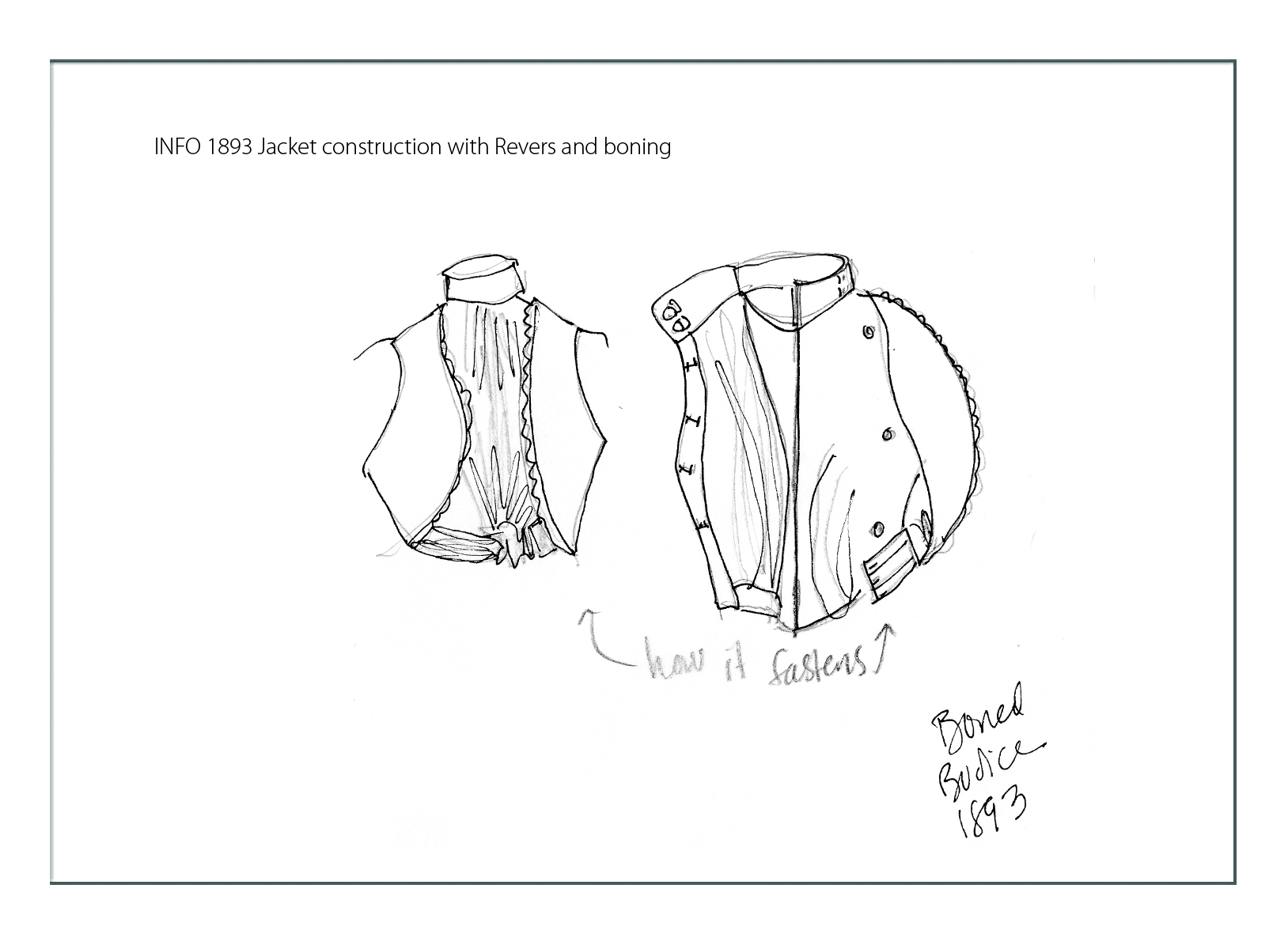
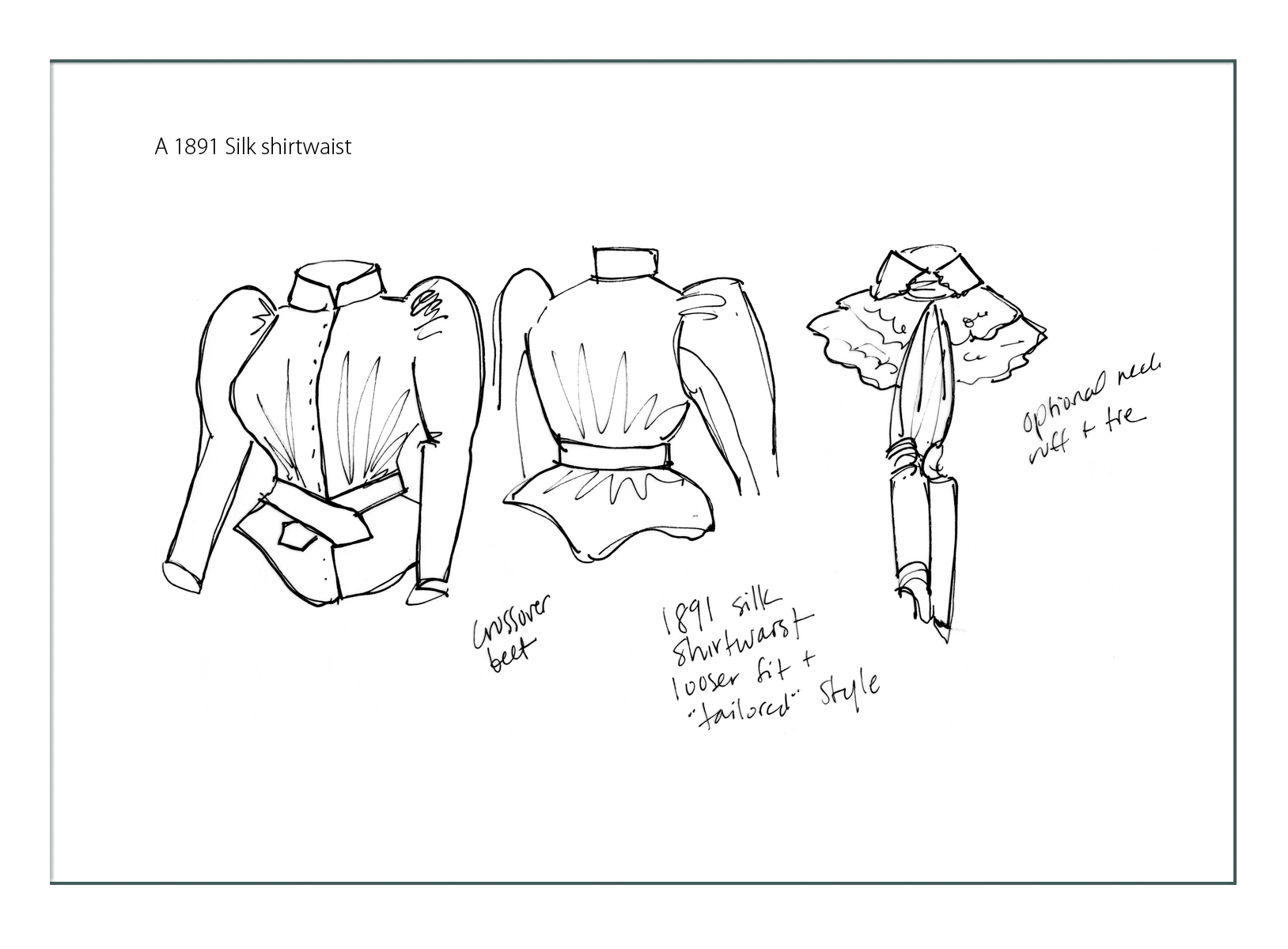
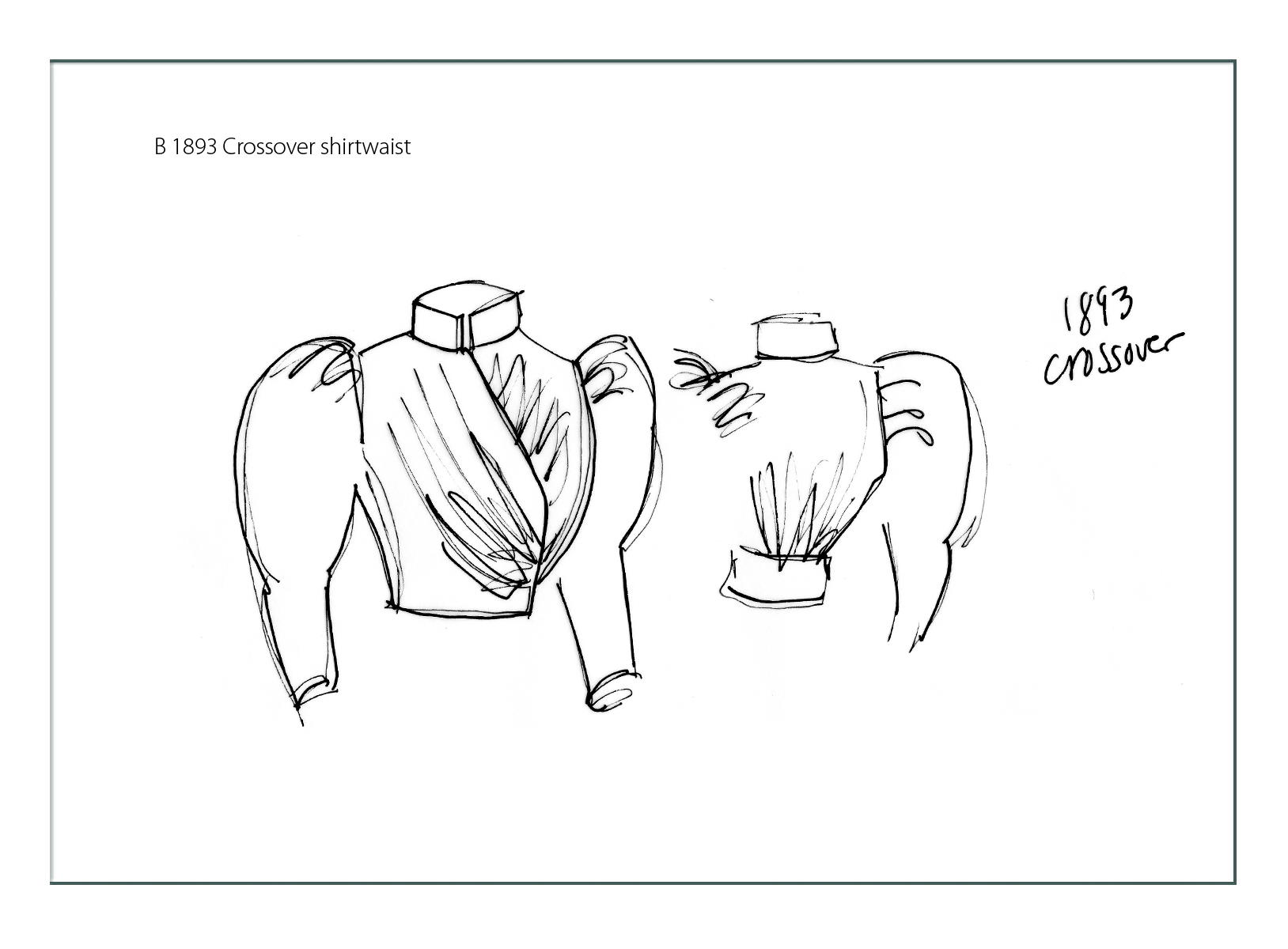
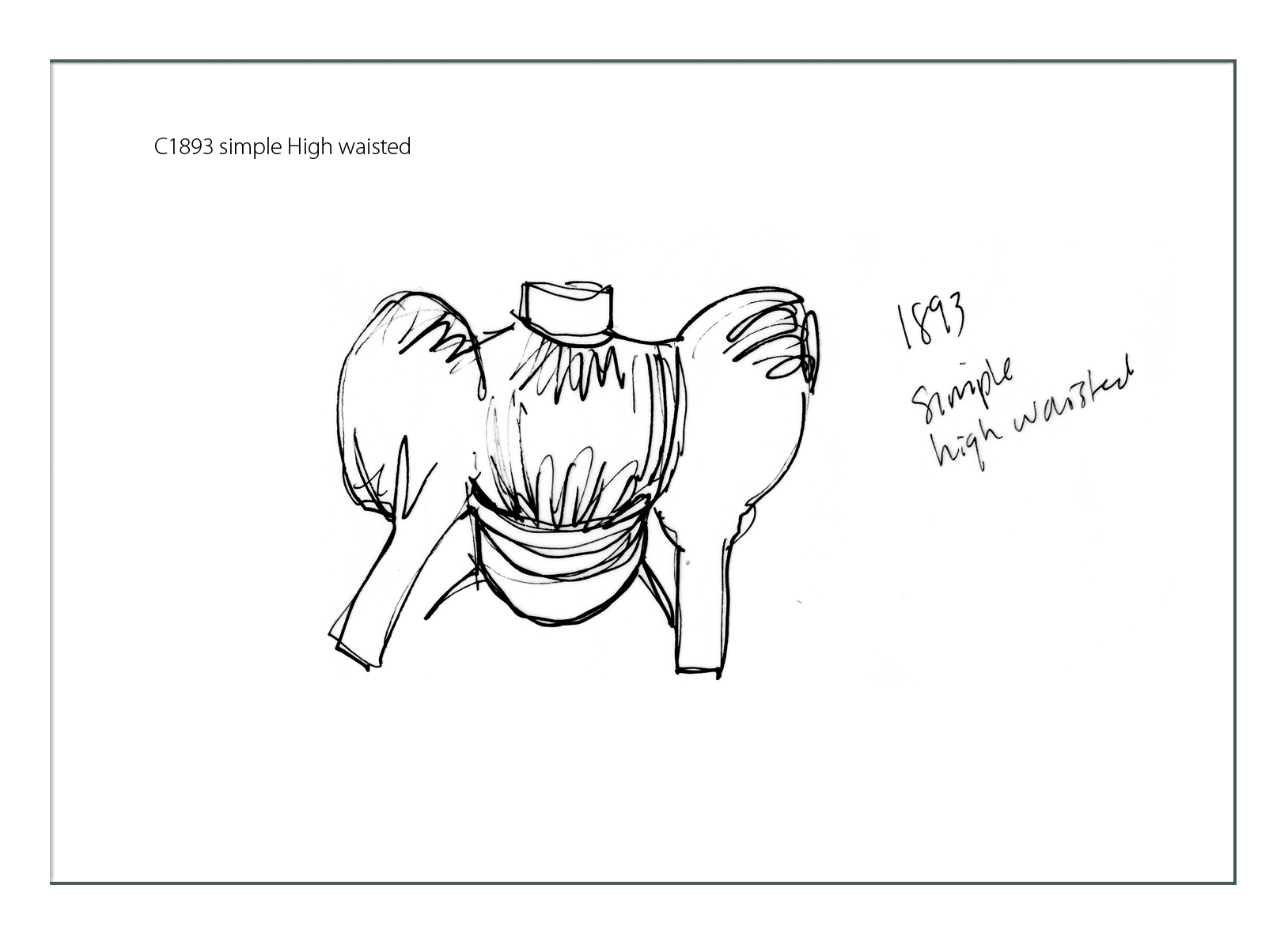
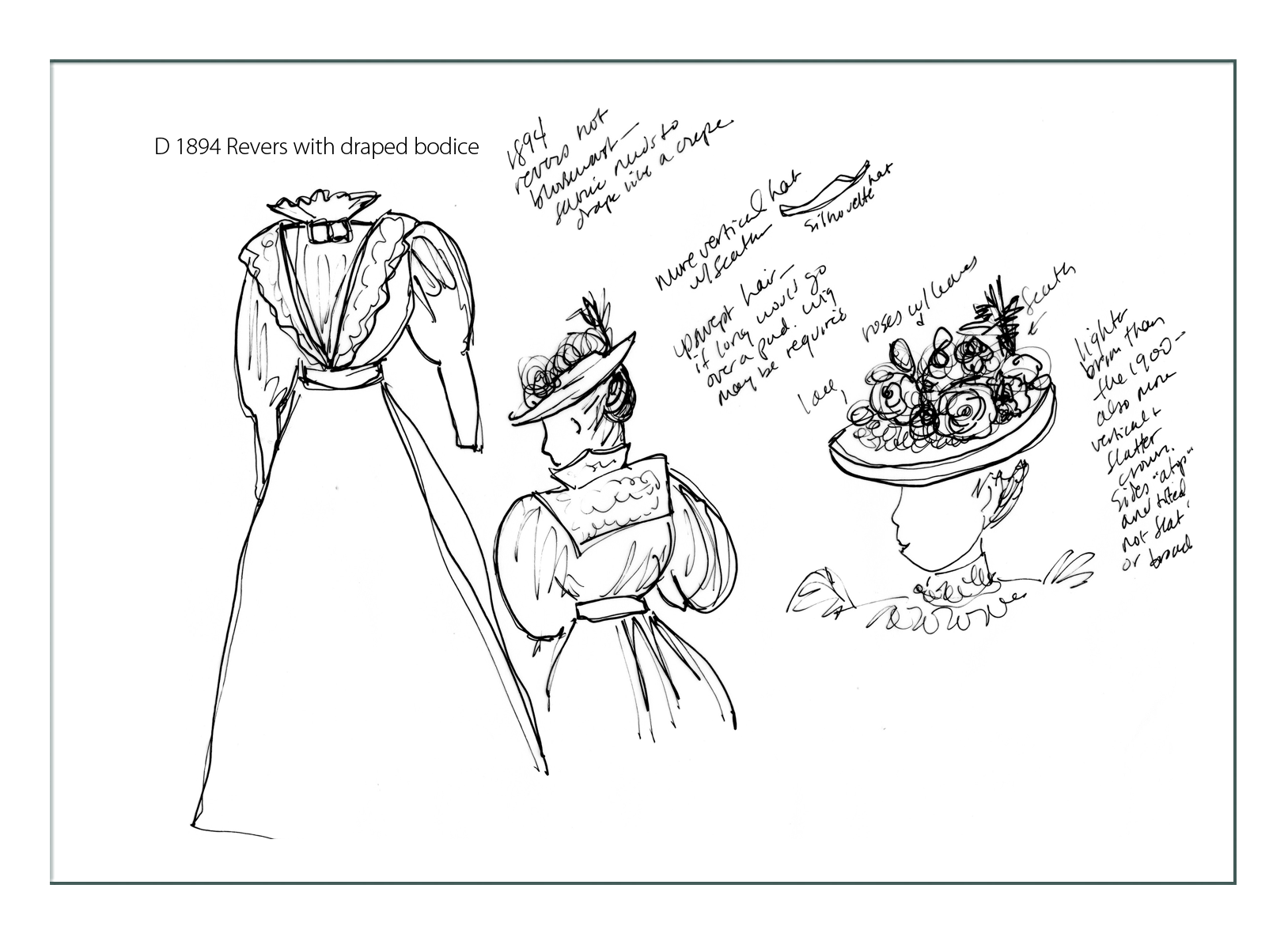
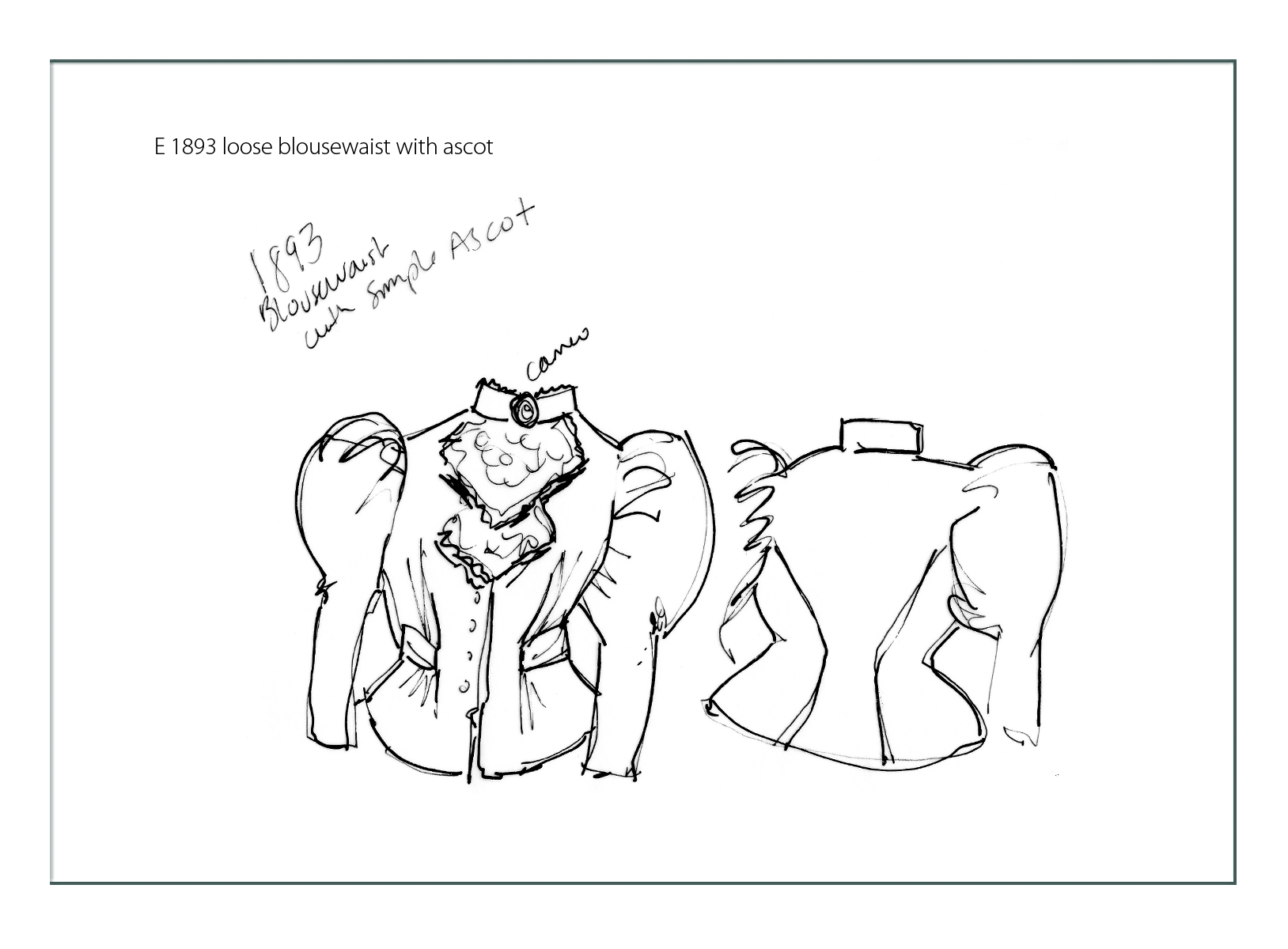

Skirt Concepts
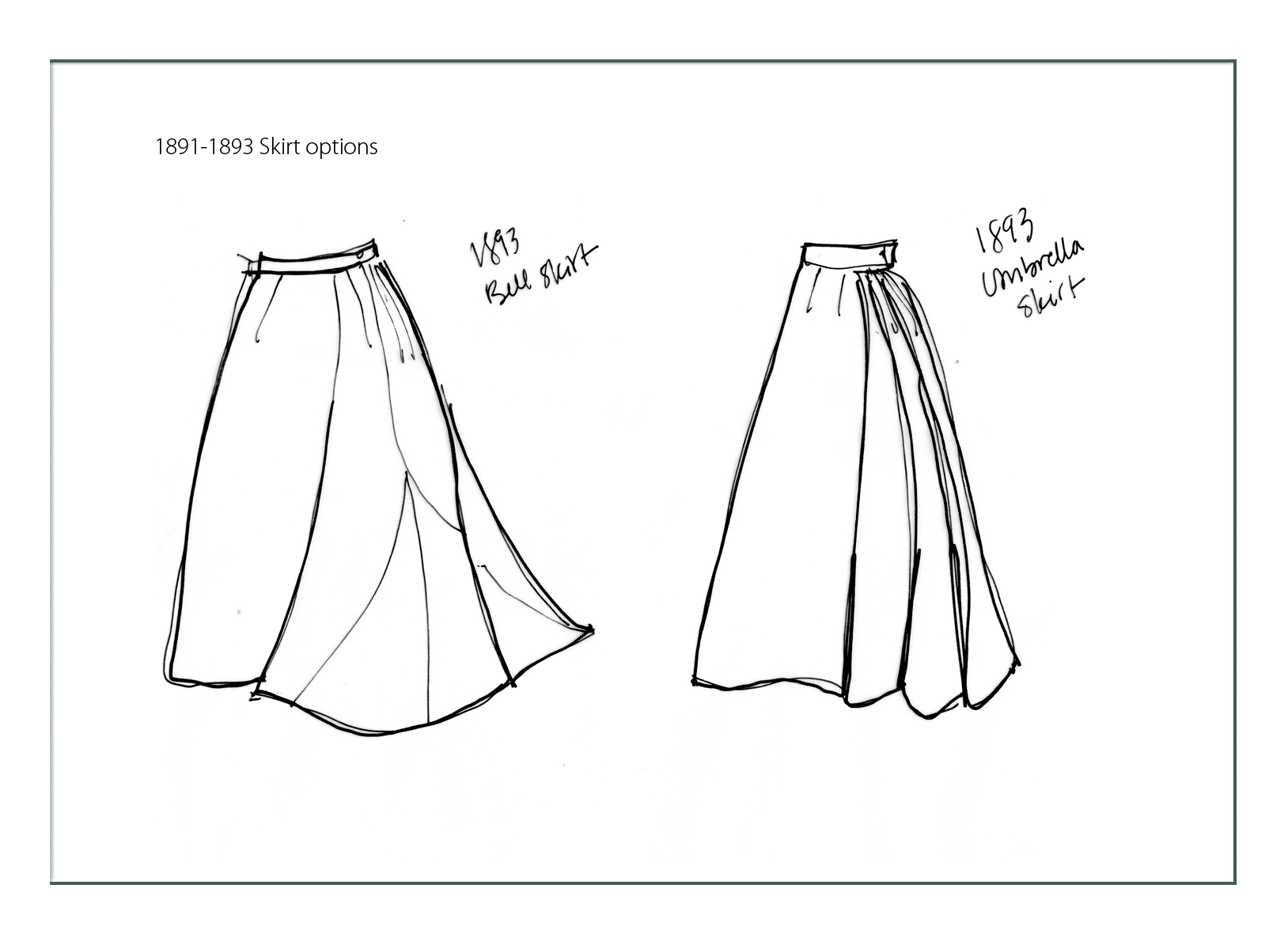
Undergarments
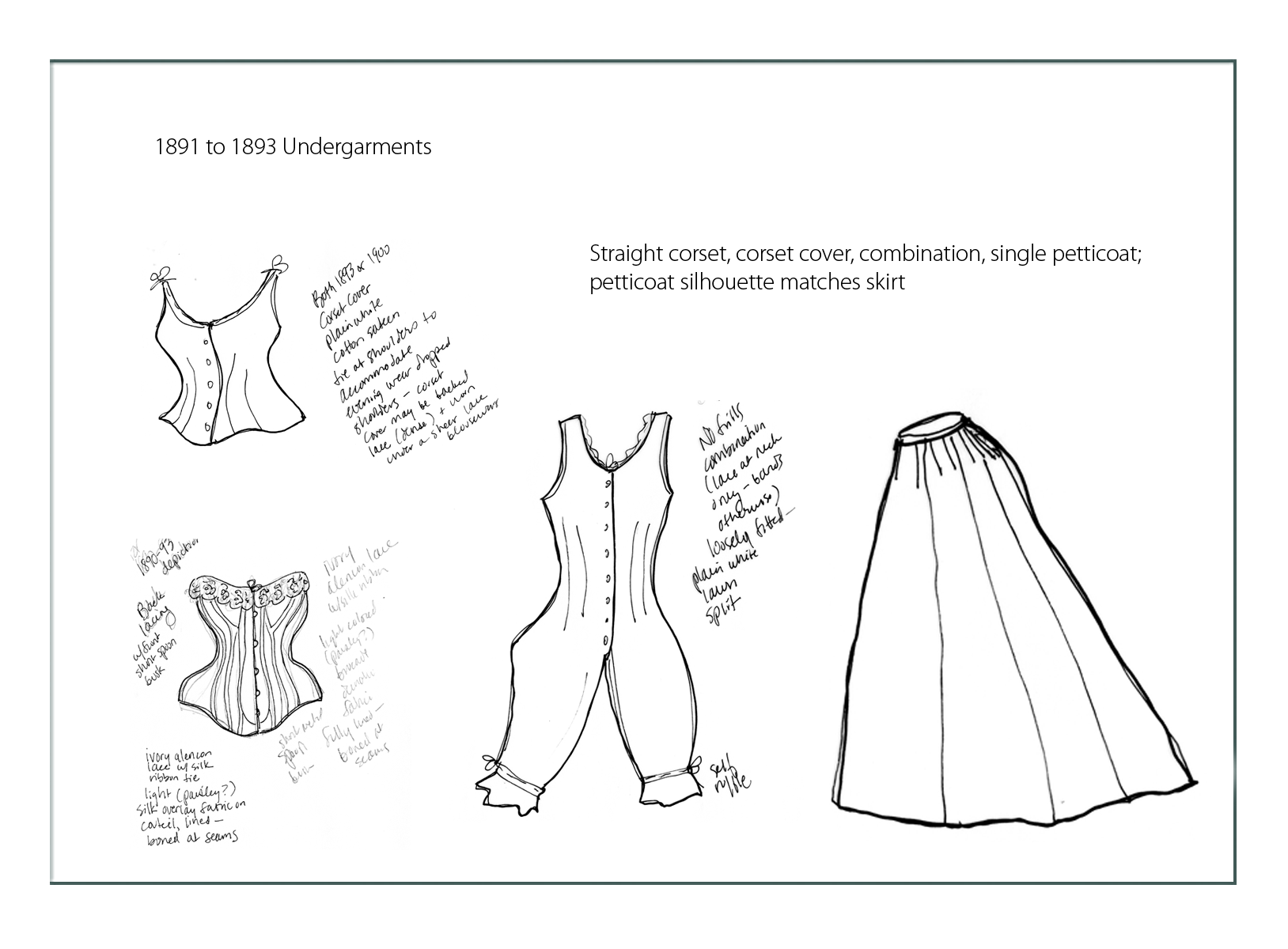
Hats, Shoes, & Accessories
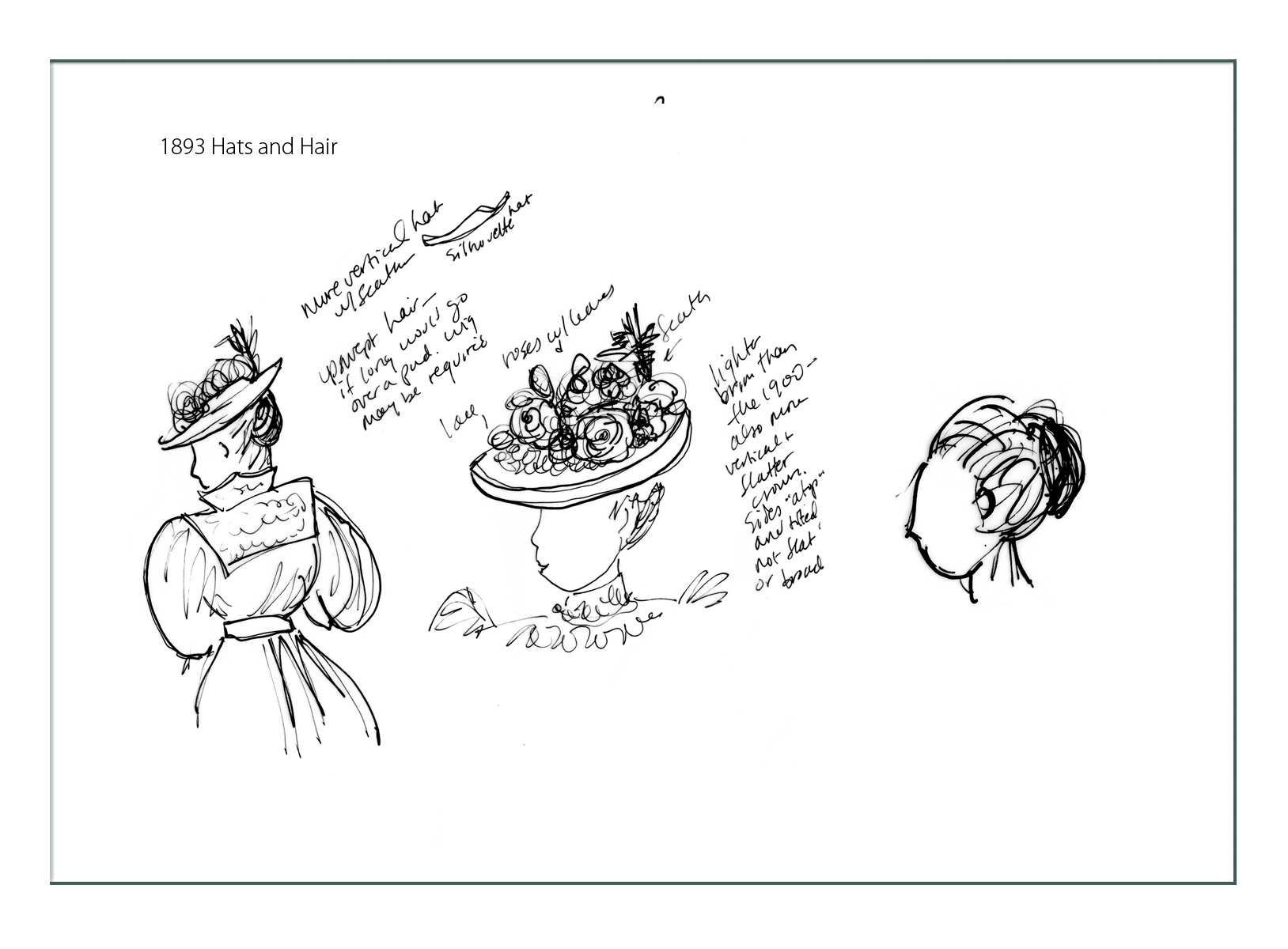
1900 to 1902
The 1900-1902 depiction is for an older, more tailored style. Noted in history her fabrics are more drapey, more synthetic, and have less lace:
- Edwardian silhouette with correct corset absolute
- 1 petticoat, combination, corset cover
- Lace; not as much – more as trim and not so many overlayments
- correct shoes – recommend comfortable pump or tap shoe style with stockings
- jewelry to taste
- needs a wig
- hat is heavy brimmed and has lots of flowers and ribbon
- color can be anything; somber seems to be her trend (darker) at this time, but because of black white, any color would be appropriate; choice according to character/personality
AUTHENTIC ENSEMBLE WILL INCLUDE:
- Blousewaist
- Neck Ruff, ties, or collar per design
- Jacket (can be added later)
- Skirt – gored with back fullness
- Petticoat – one, optional silk taffeta – correct line for era
- Combination – simple or embroidered fabric
- Corset – basic Edwardian with minimal trim, lined
- Hat – smaller, heavy brim with heavy flower, feather, and ribbon ornament (flat on head)
- (Wig recommended – Gibson Girl style for tight curls and up lift – direct source)
- Stockings – over the knee
- (Reproduction or authentic shoes – direct source)
- (Jewelry – neck pin, hat pin, bracelet – direct source)
Direct Source means we’ll recommend items and suppliers and customer buys directly from them
Bodice & Full Suit Concepts
Option “A” below shows possible color combinations and fabric and notion options specific to the color range:
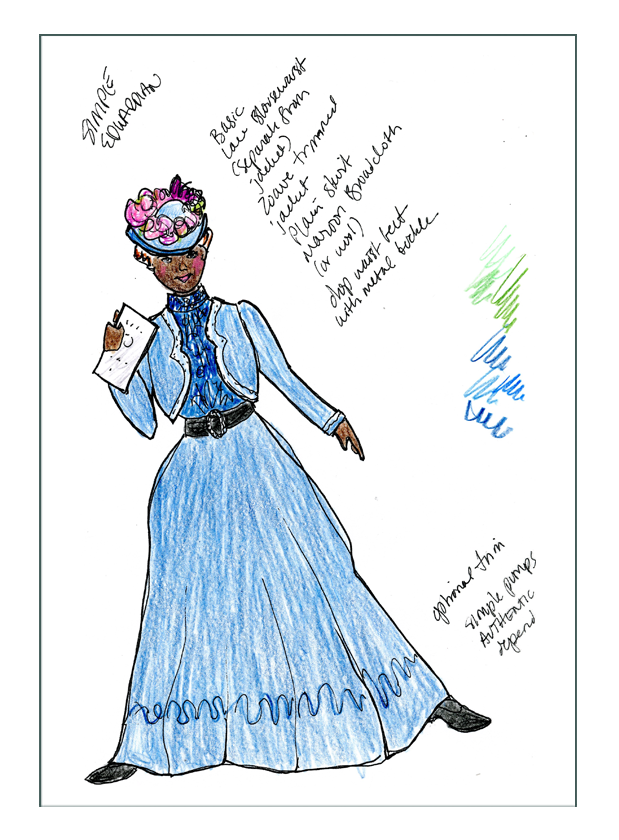









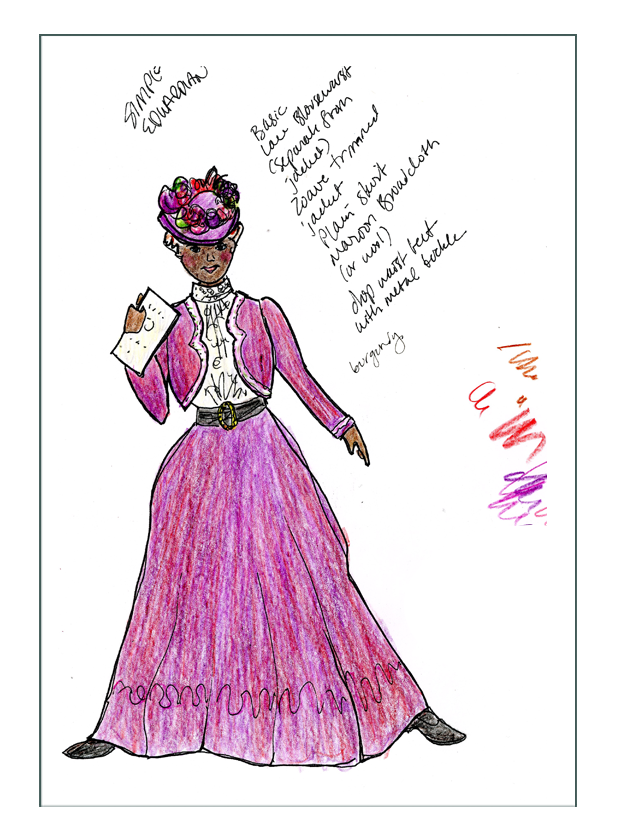



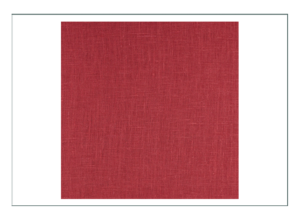














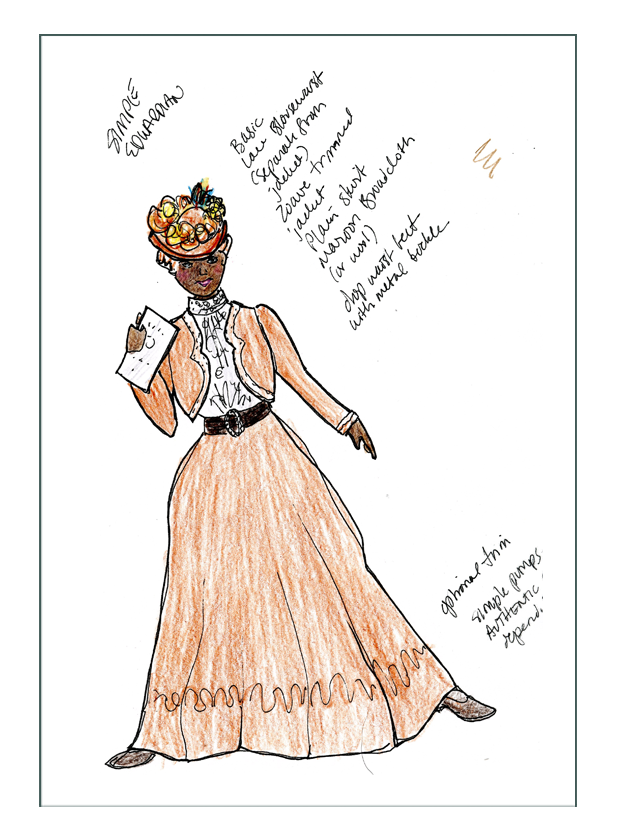


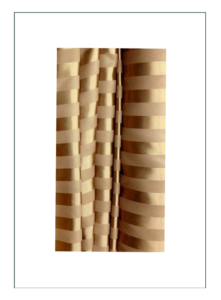



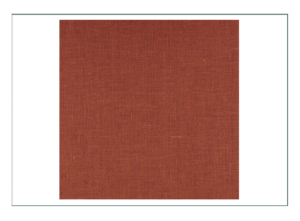













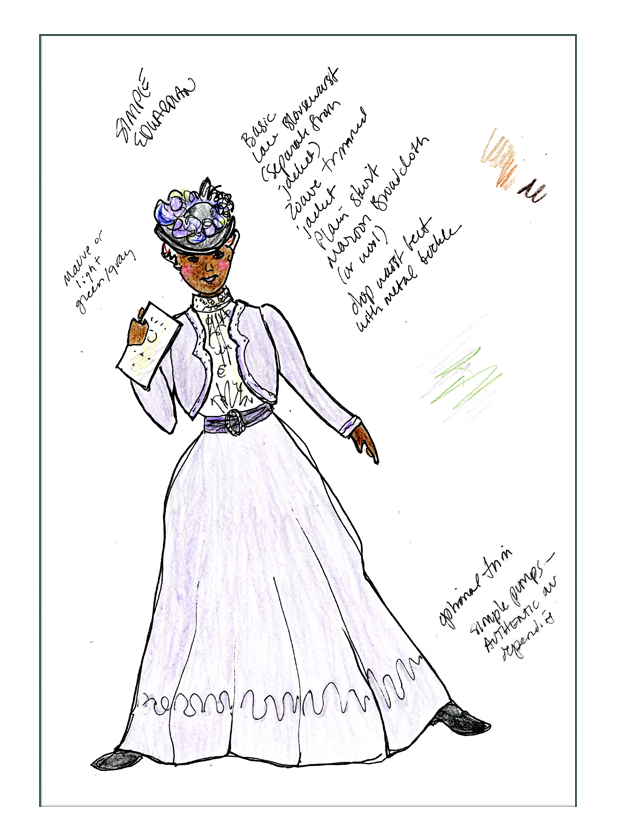



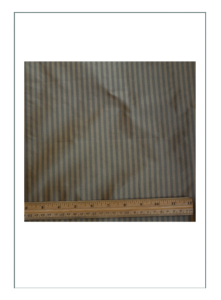








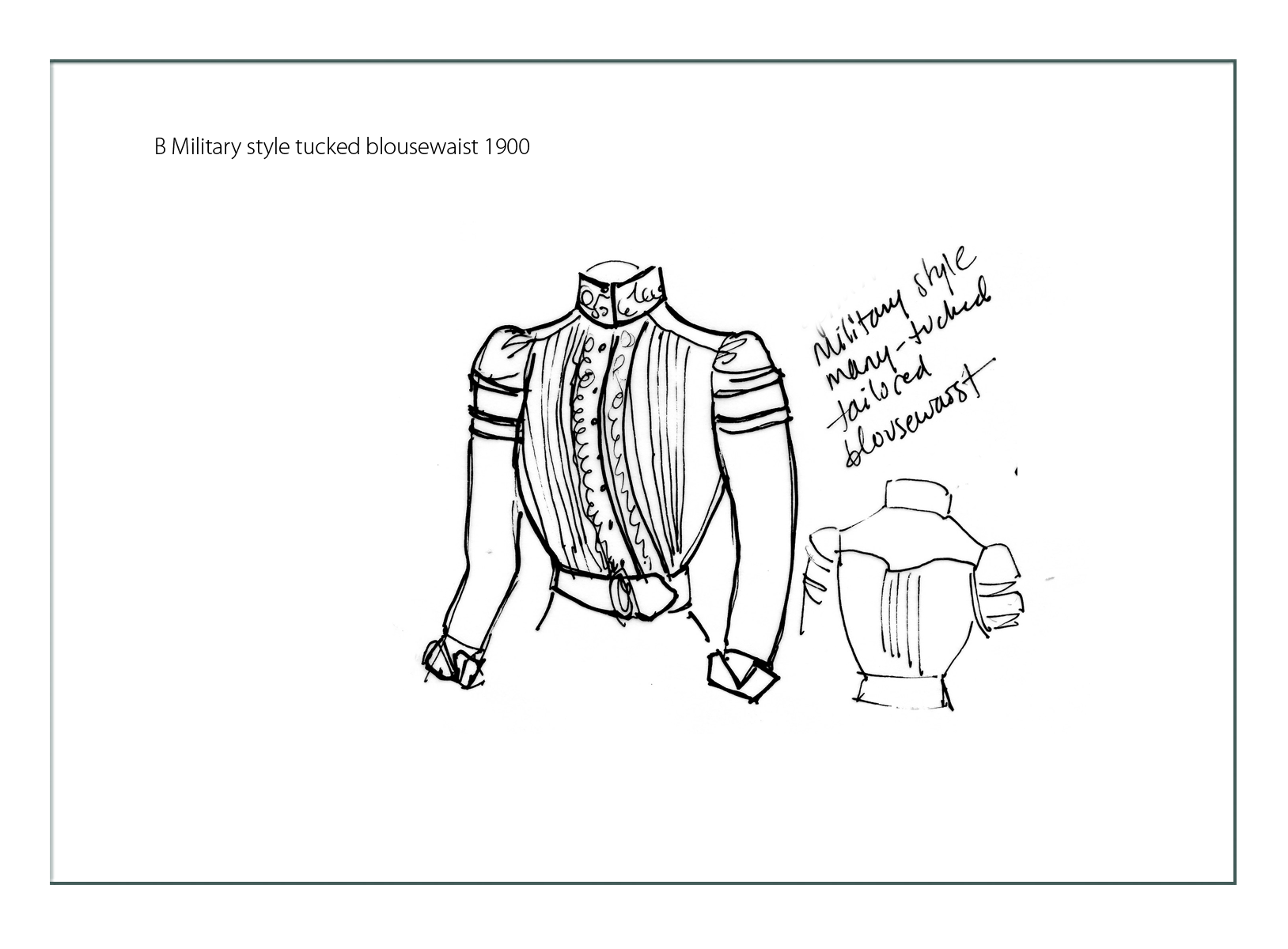
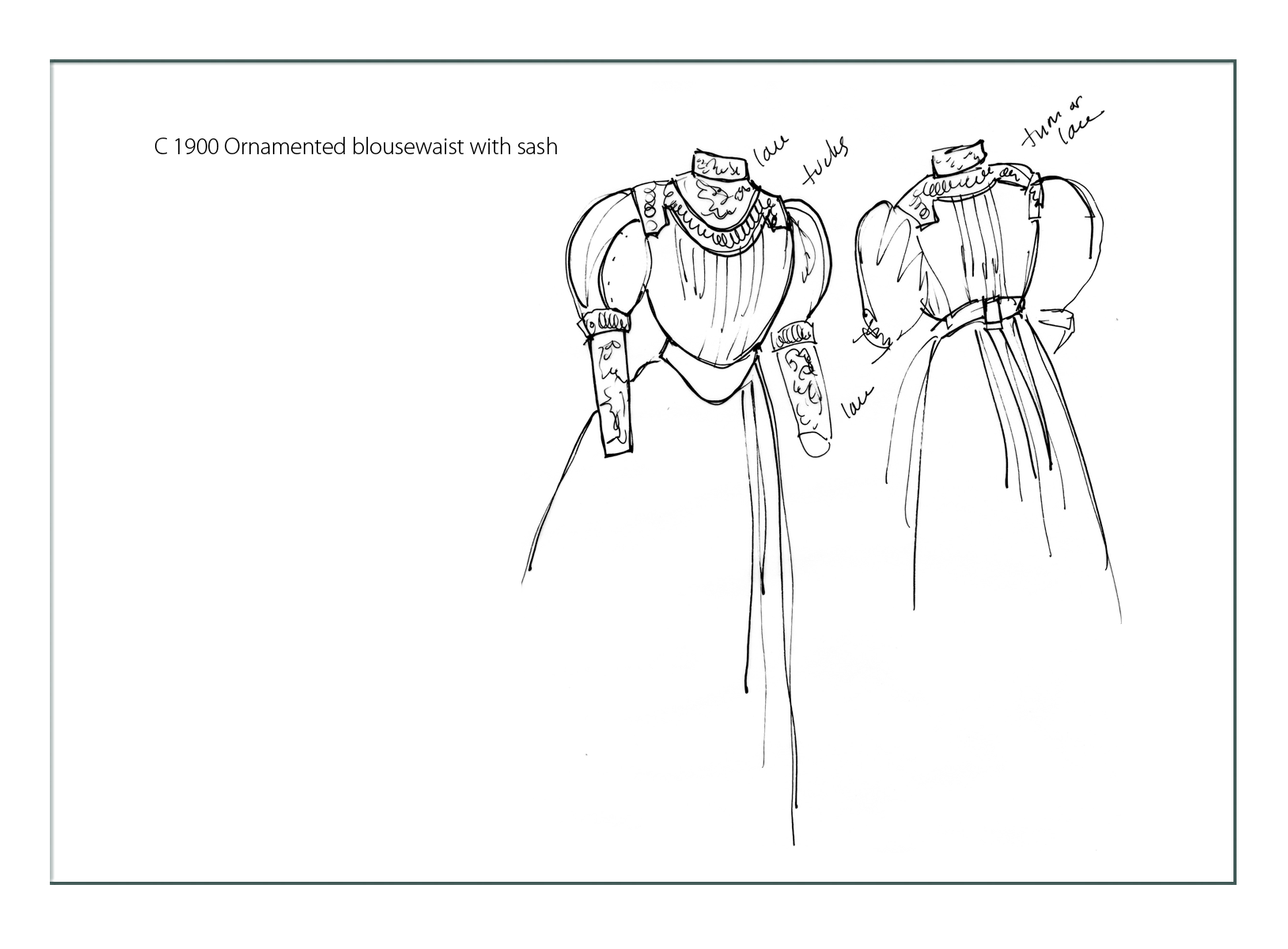
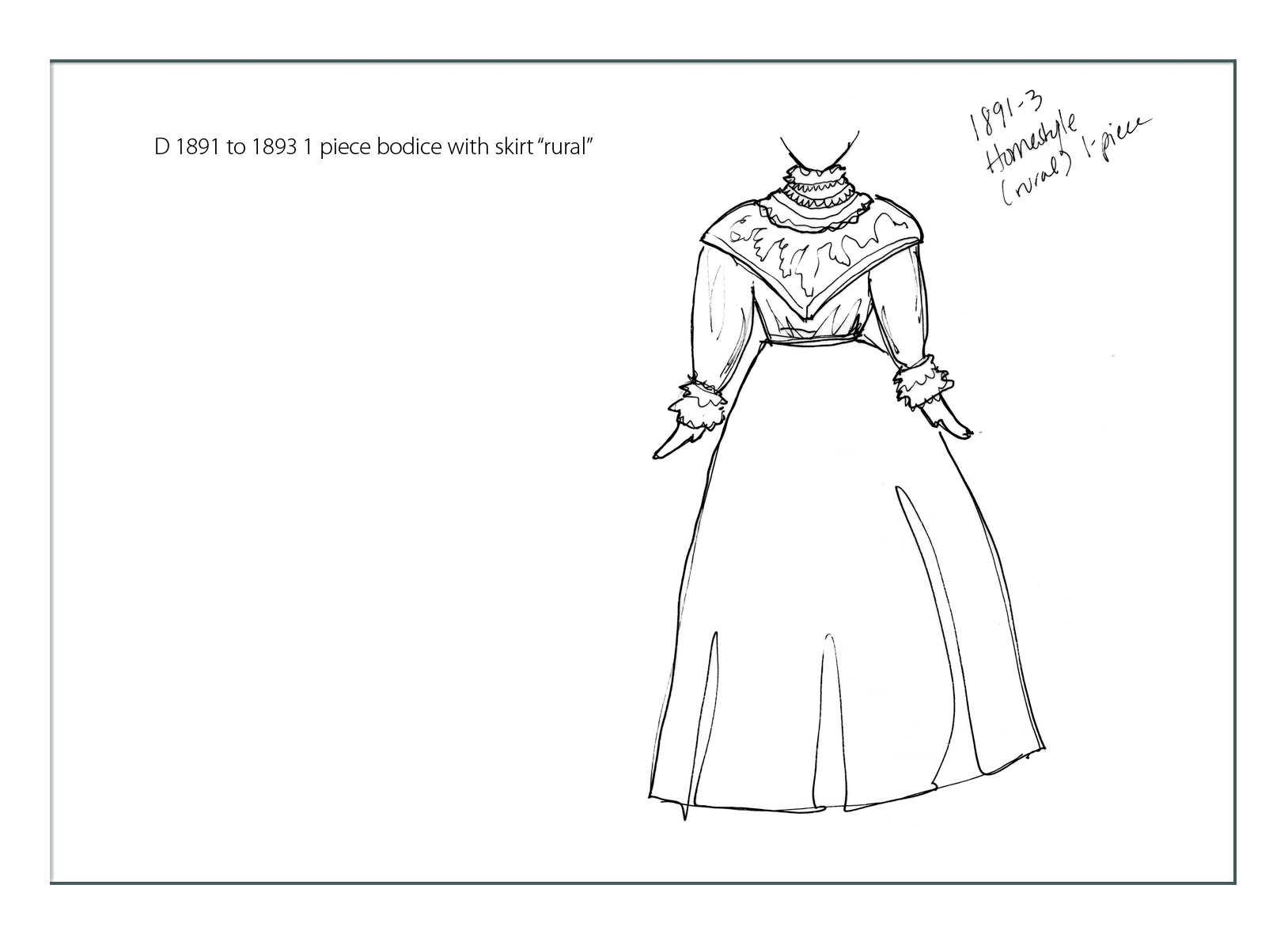
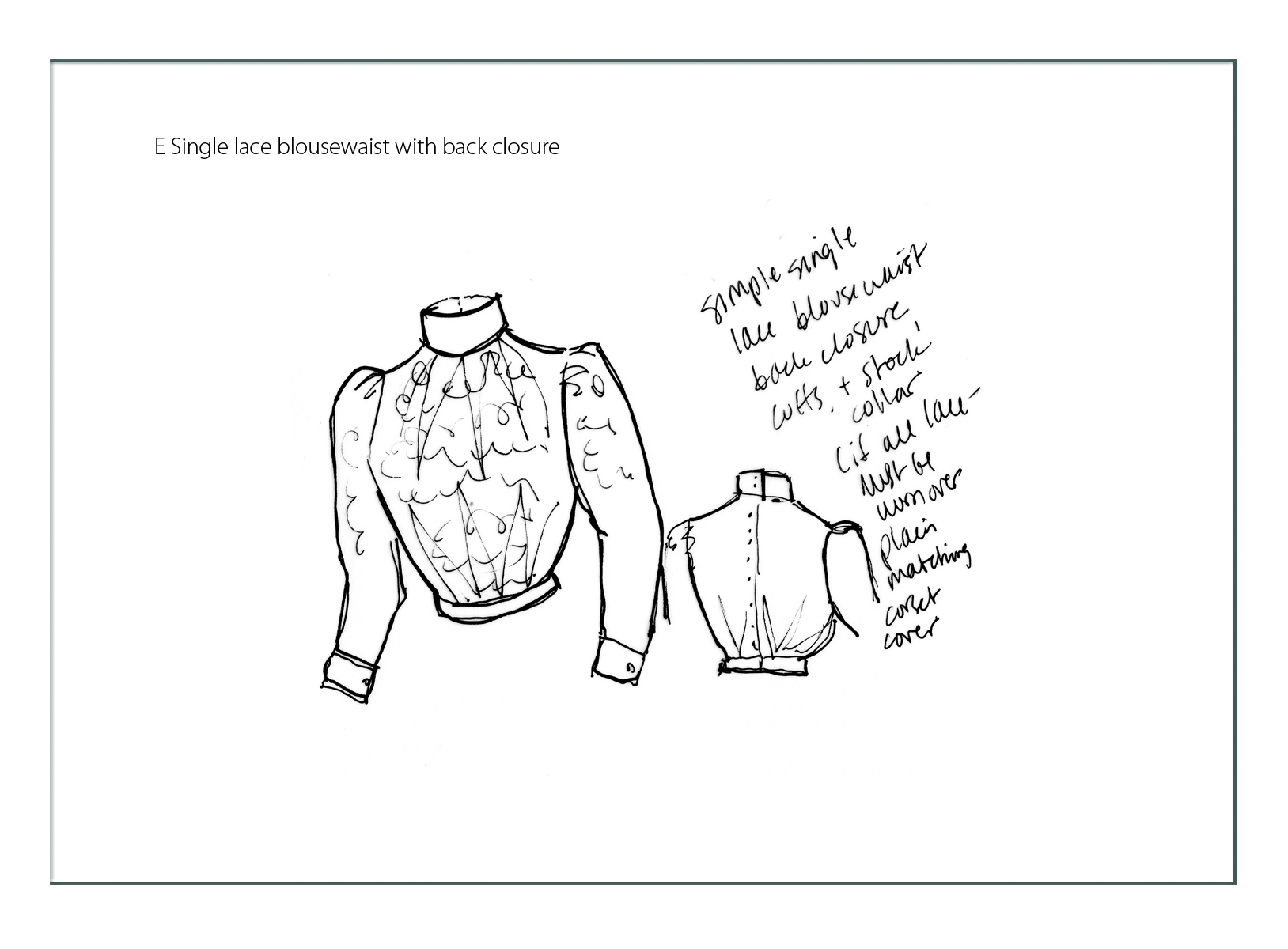
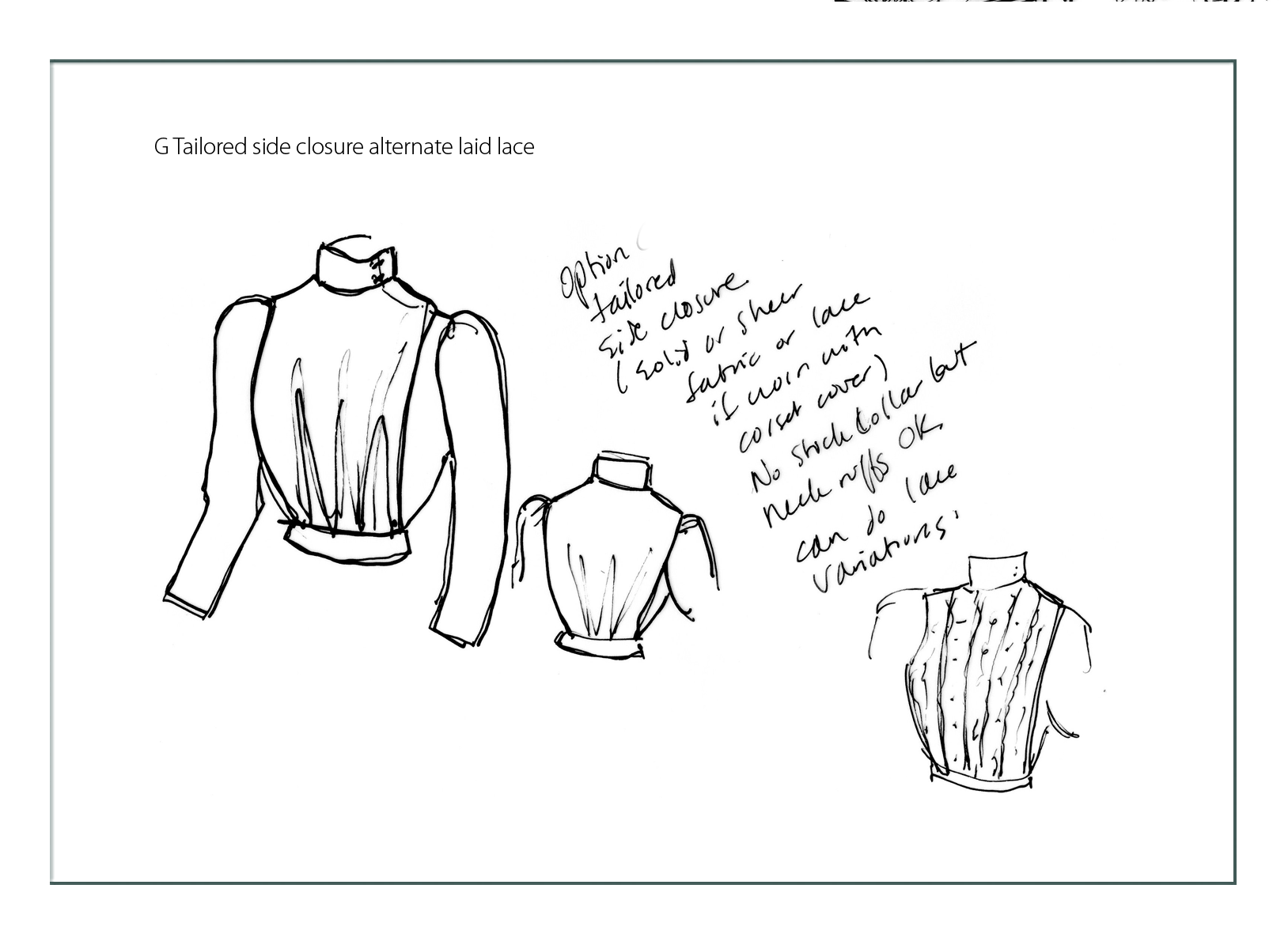
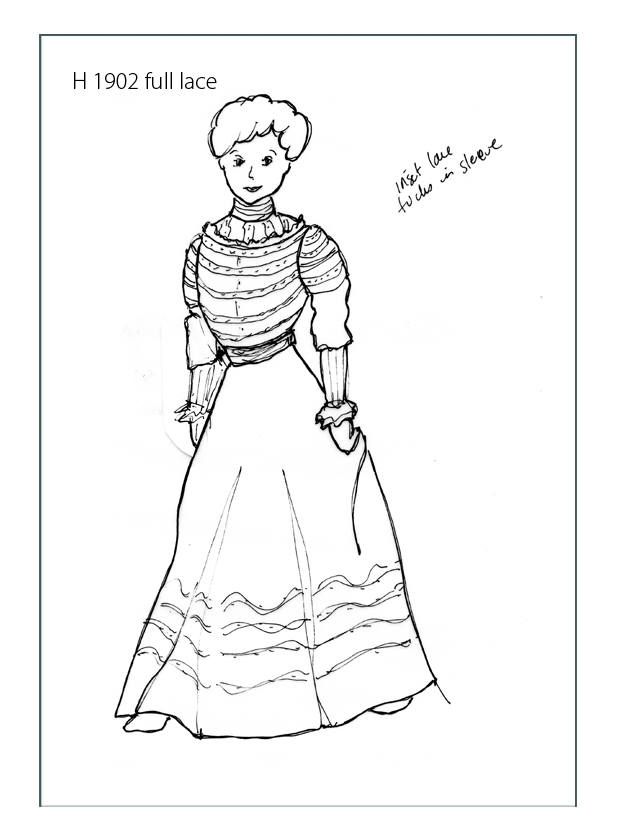
Skirts
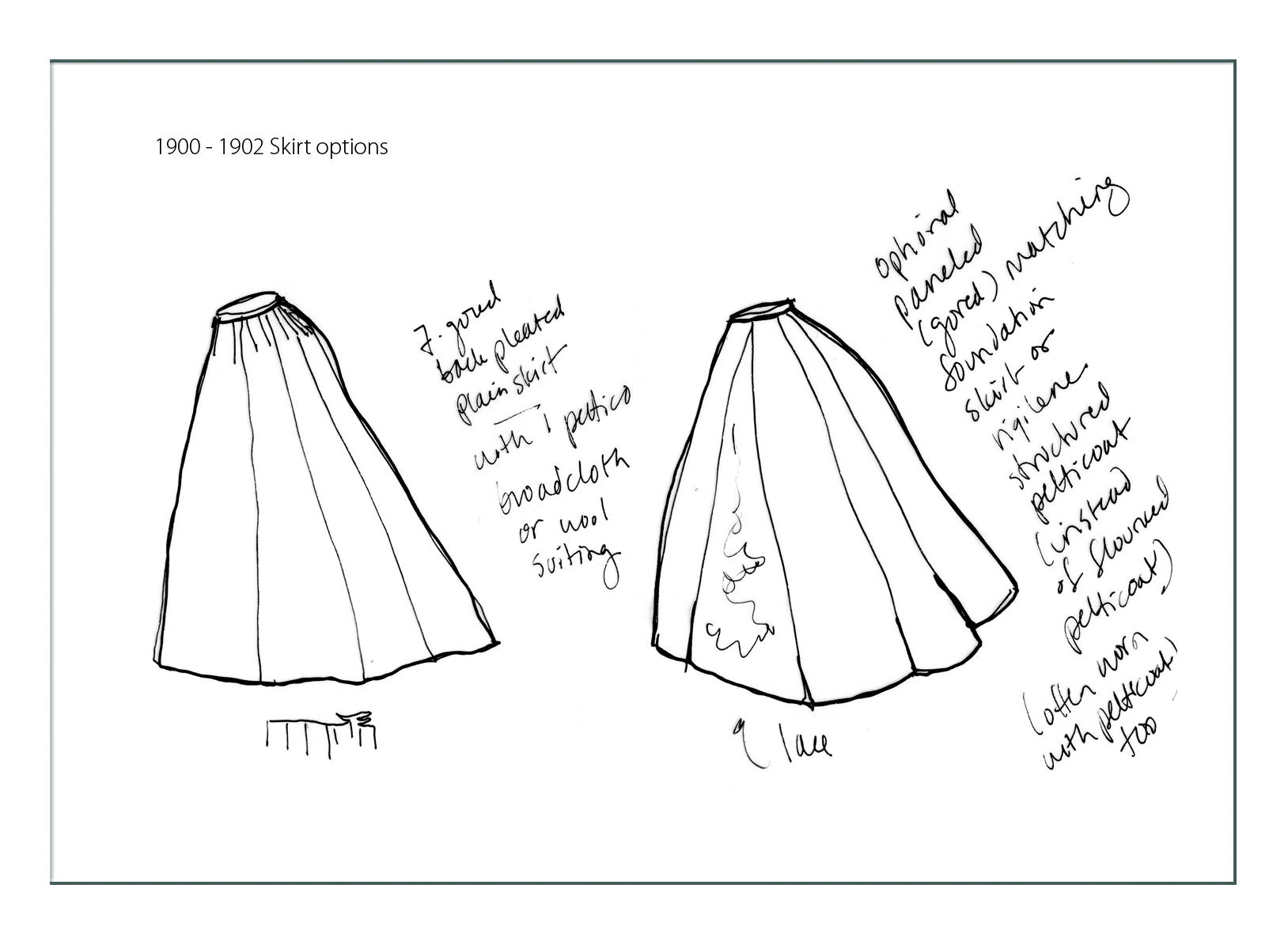
Jackets
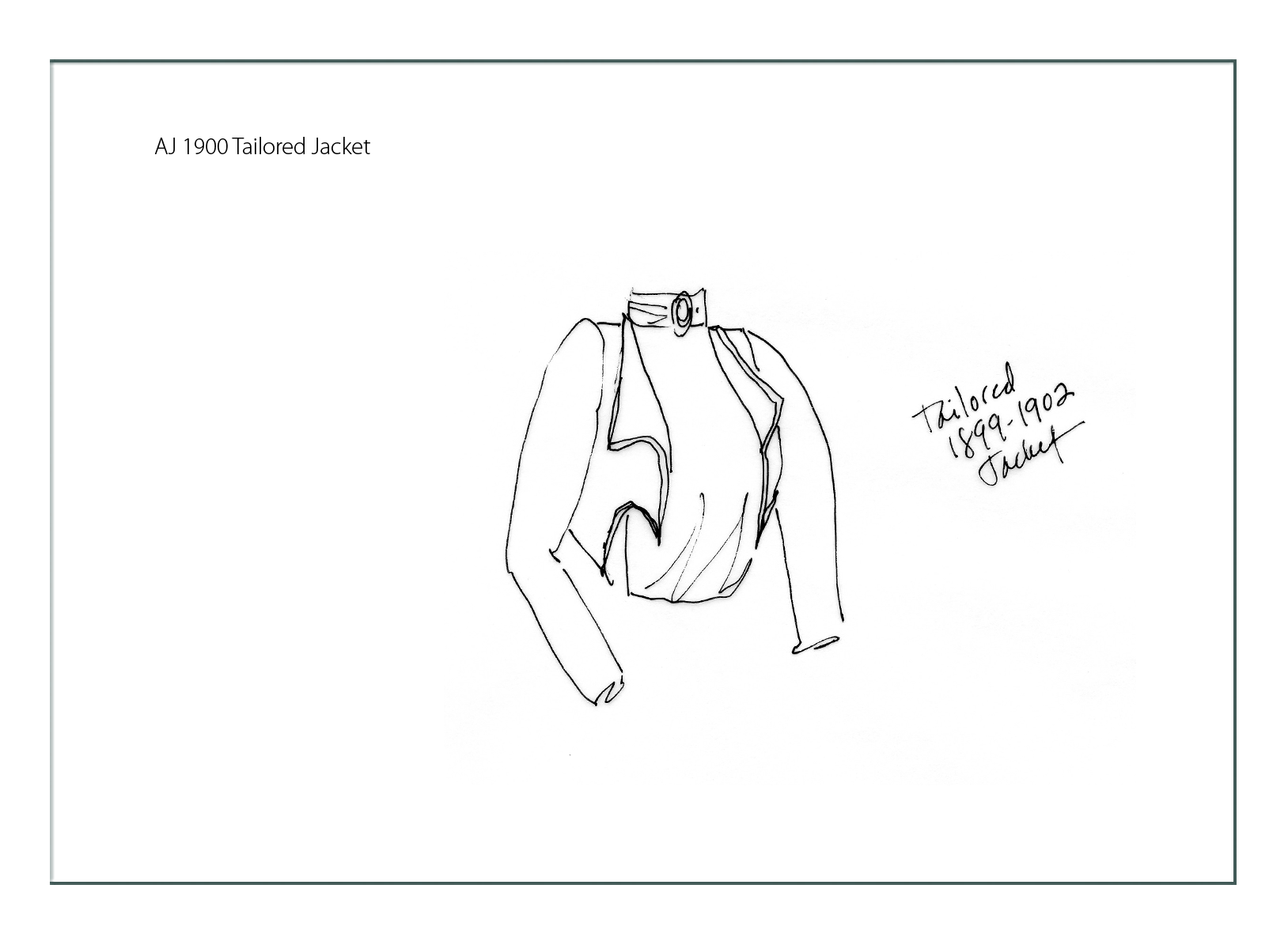
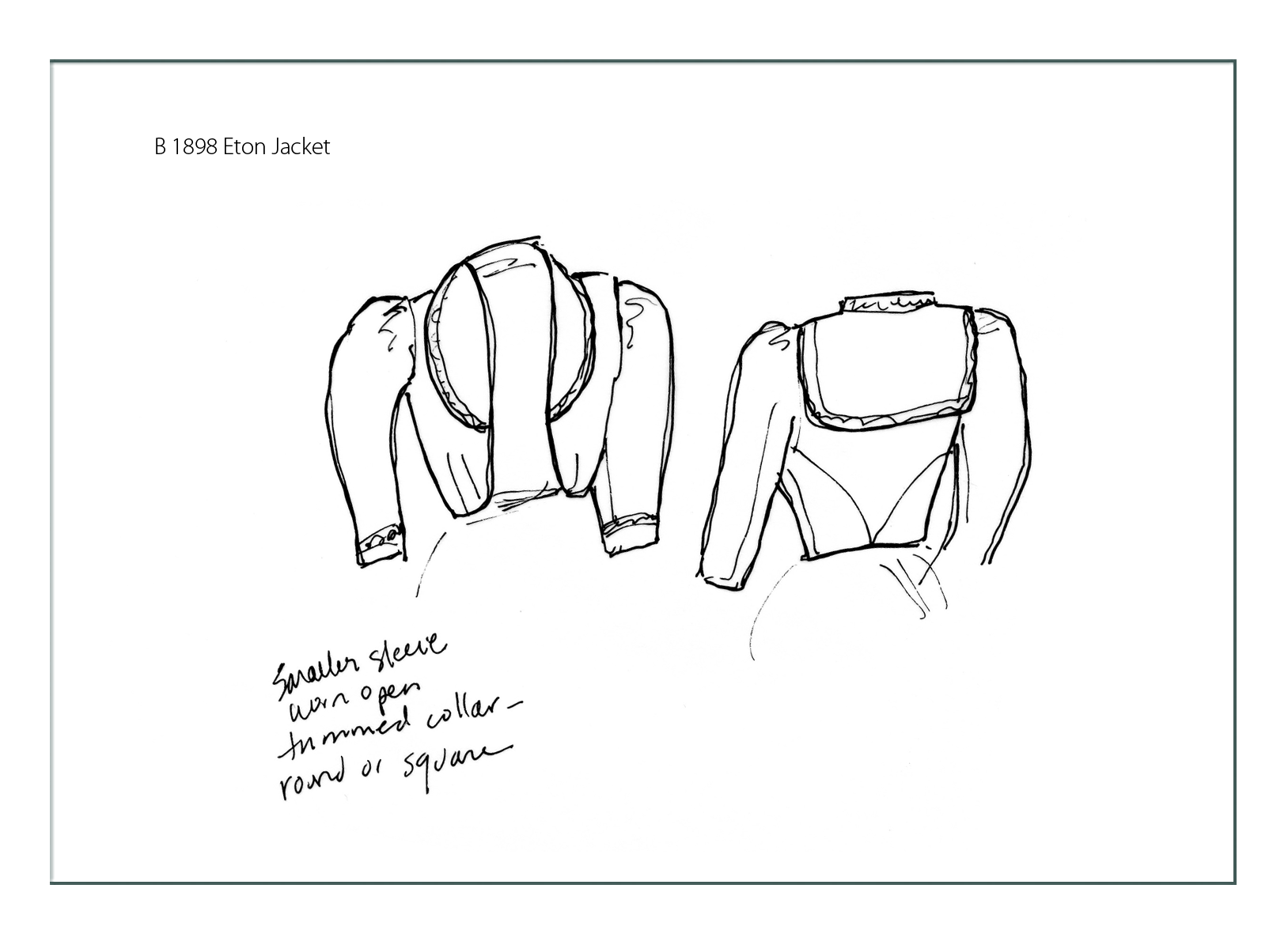
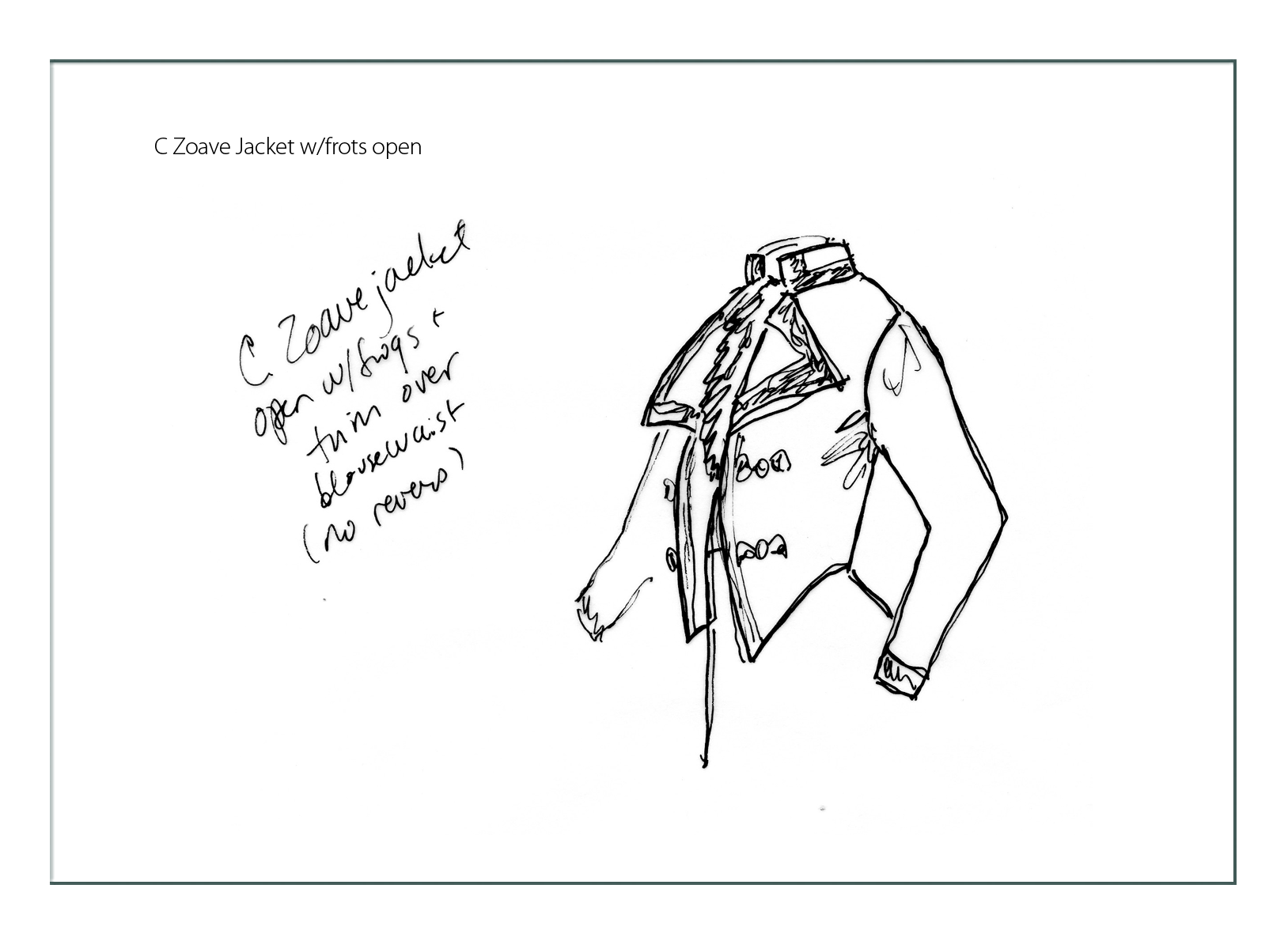
Undergarments
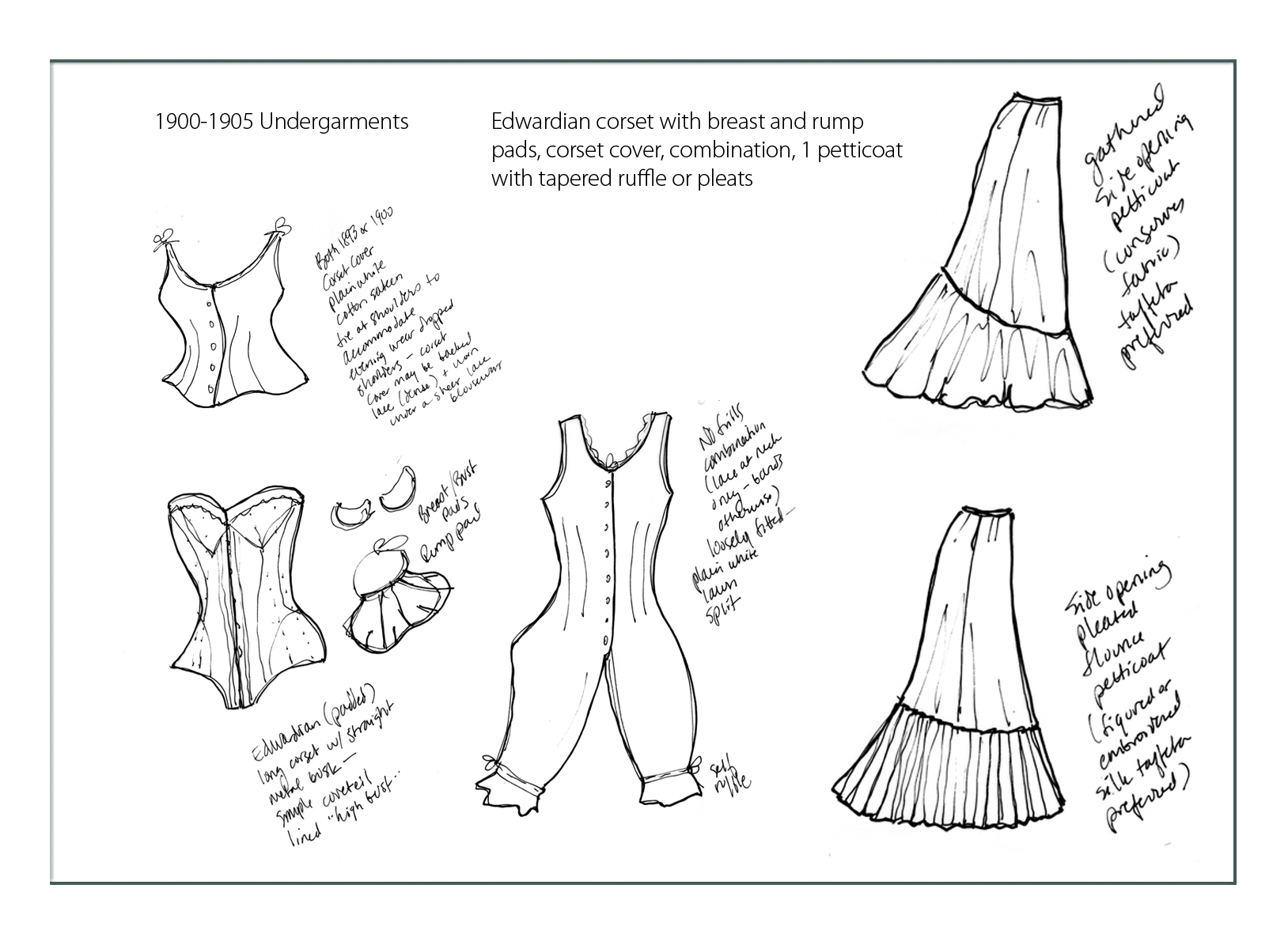
Hair and Hats
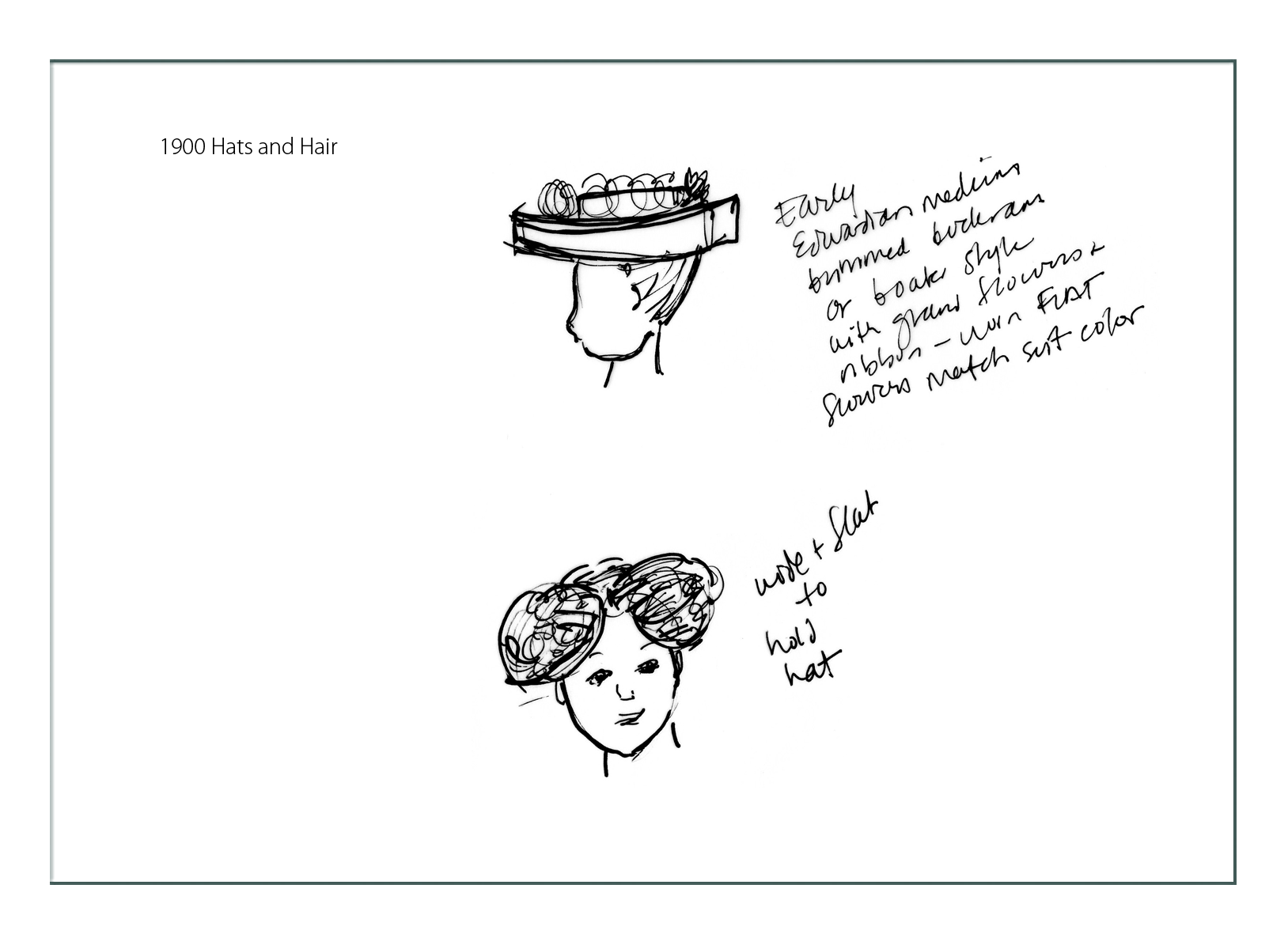
Accessories
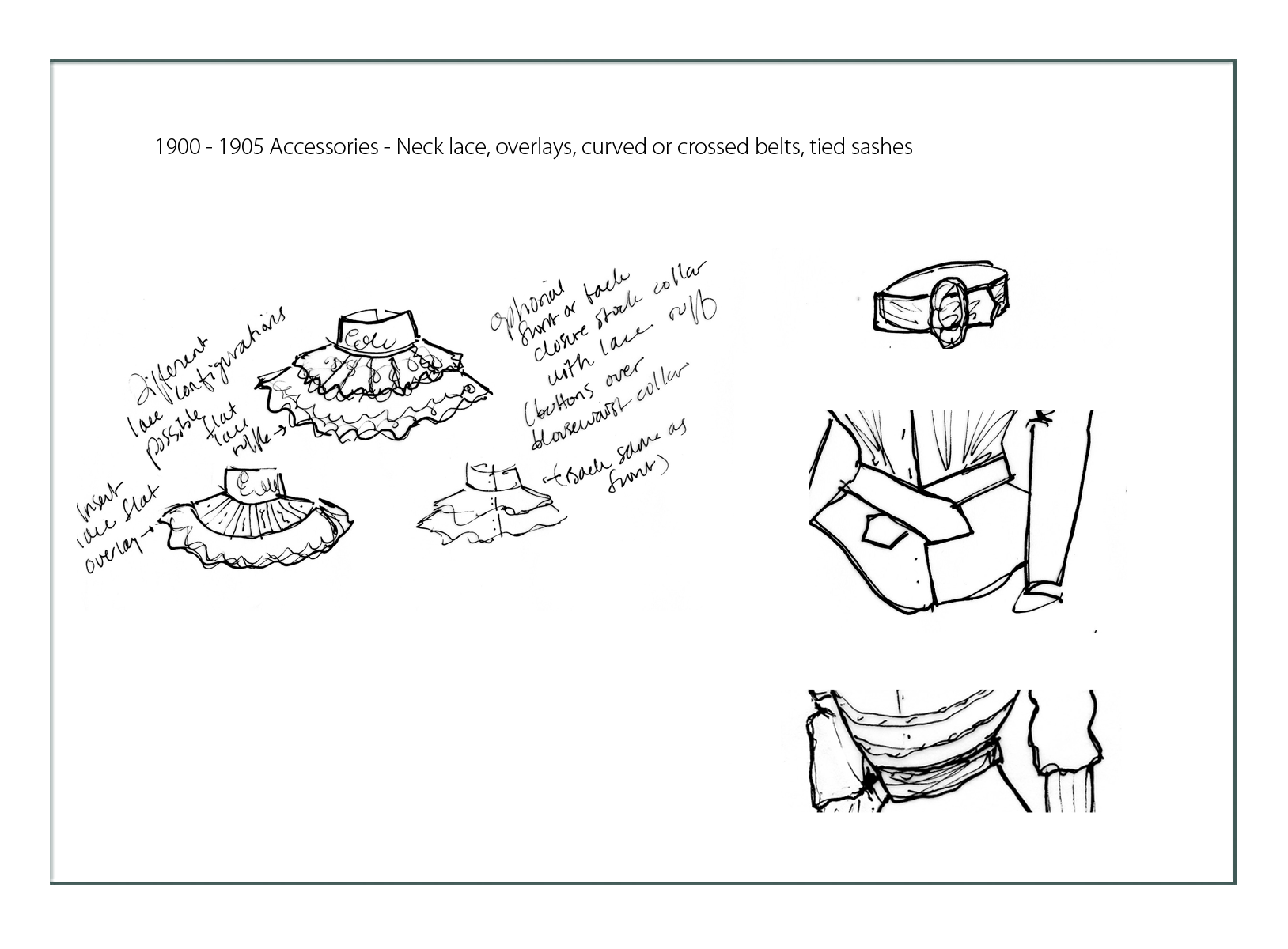
Shoes
(currently for sale by outside vendors – sizes will vary greatly, and authentic will be very narrow and short)
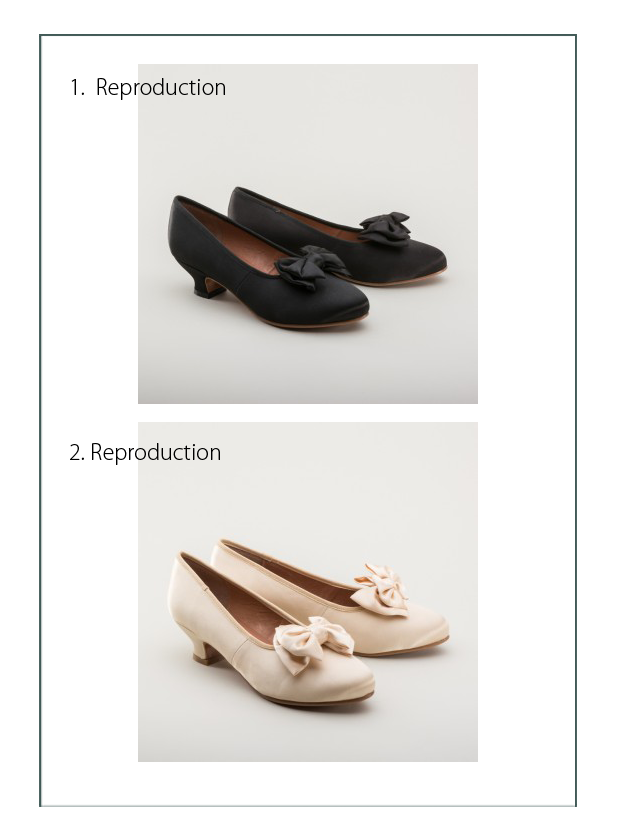
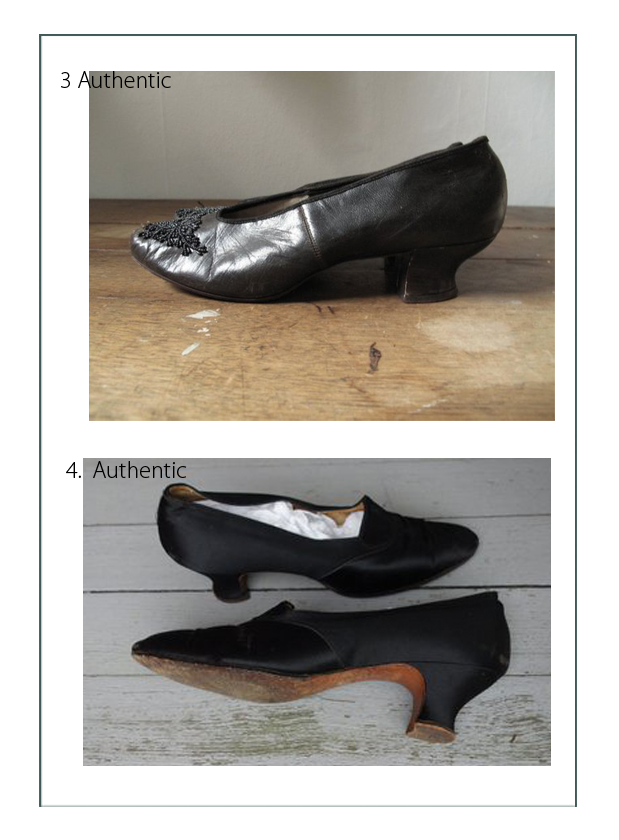
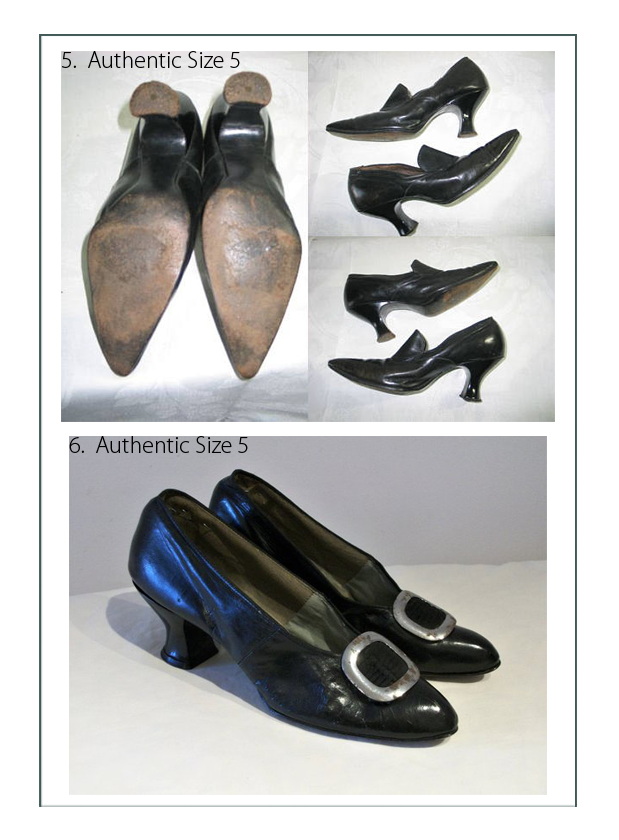
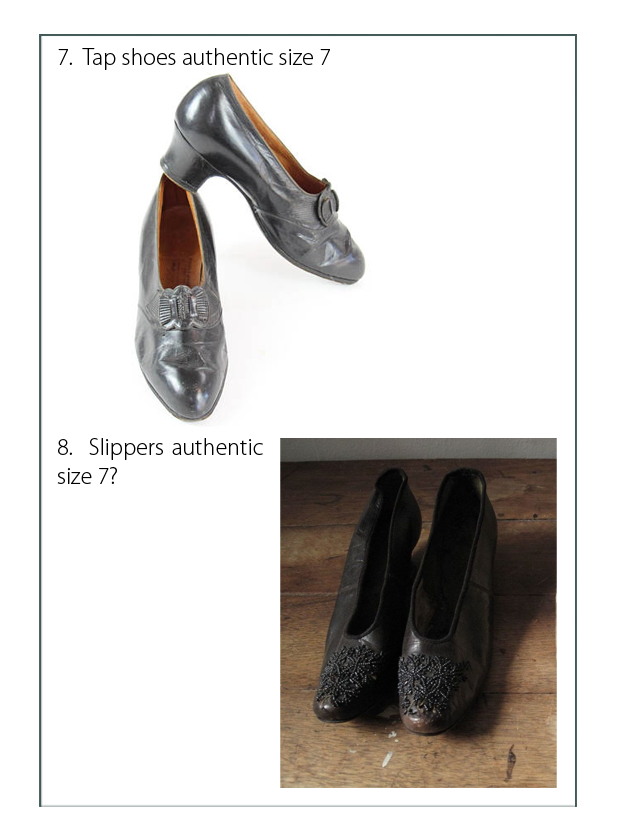
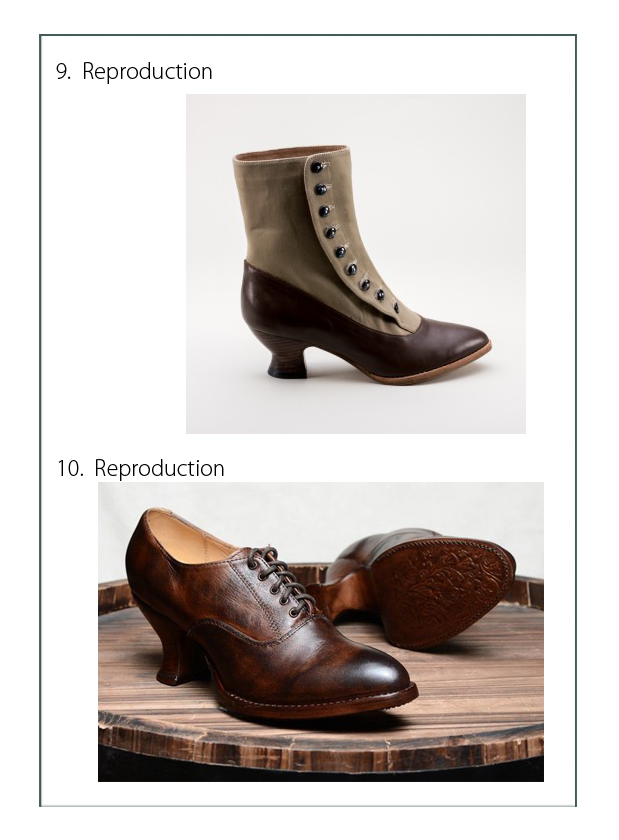
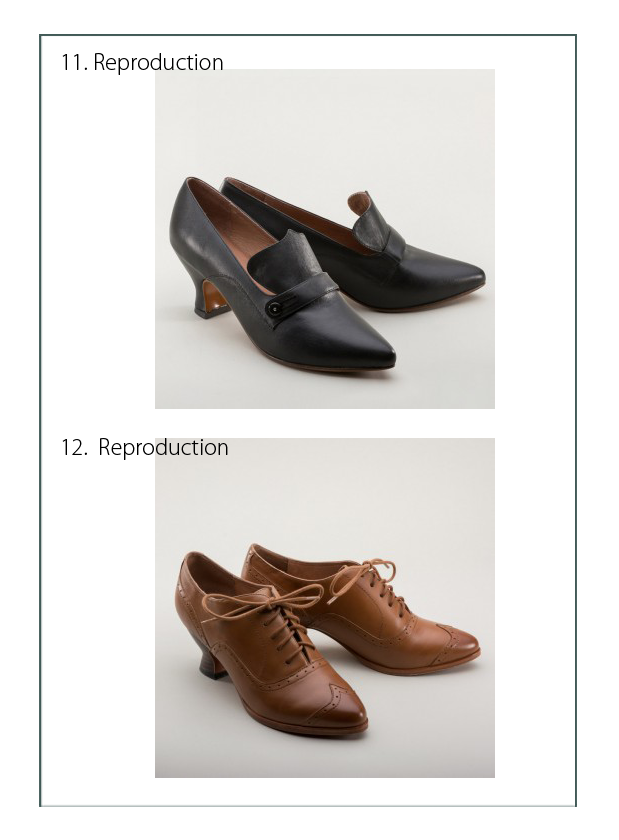

The Time Period
After meeting with Dr. Anderson, it is decided the depiction of Ida B. will be after she has been firmly established, living in Chicago, IL, traveling worldwide, and is in that stage of her life where she has some financial security, notoriety, and is working to affirm her beliefs in the creation and support of her worthy causes.
To translate that to design it means:
1900-1902 depiction
An “older” Ida (mother, wife, advocate, activist – puts her closer to the suffrage movement)
In the midwest
With some funds for clothing (and hats!)
Based on photos of the time – more tailored, yet fashionable
The Fashion Period
And specifically:
Late Victorian/Very Early Edwardian
Narrow sleeves
Well fitted “sharp” tailoring; well “put together”
The “suit” – more akin to what working women wore rather than dress up (both of which would be appropriate as she was most likely attending presentations, dinners, and dress affairs at the time, so this is simply a choice)
With the femininity of lace and detail
Undergarments and accessories appropriate to 1900 Edwardian
colors, patterns, textures wide open to interpretation as Edwardian had split in 1900 into factions. These we have decided to take liberties with in crossing the eras and fashion movements
The Exception
Dr. Anderson would like the ensemble to be professional, “sharp”, and “clean” as befitting a confident, well established, with financial security, as an overall image. It is to add exacting details and include options for the feminine and softer laces and fabrics popular at the time that would have distinguished Ida B. from every other working woman. In other words, Ida B. would have to be “bigger” and “better” than her peers, and yet the same style and silhouette as them to fit in.
This puts the ensemble design at 1898-1899. There are no distinct LINES which mark one fashion separate from the other in history. As most still do today, women were wearing outfits at least a year old in the 19th century. It makes perfect sense that Ida B would be wearing her 1898 ensemble, and her 1896 corset and undergarments in 1900-1902. Also like women today though, she might replace the skirt to be the current shape, while keeping the blousewaist or altering it a bit. She would most likely update her accessories.
This ensemble has therefore an 1898 basis and slightly out of style structure for 1900, with the most current (1900) fabrics, notions, and accessories. Decisions then for undergarments are based on 1896, and outerwear for 1900 to 1902. This will give Dr. Anderson good flexibility with the ensemble as well for accessorizing, adding other jackets or outerwear, etc. The humorous point is women then – as today – would most likely use any extra funds to buy a new HAT. Even if Ida B. wears her 1896 ensemble, her HAT would be the very height of fashion!
Design choices with that in mind gather the concepts, fabrics, and styles presented above into final proposal options below:
- The 3 piece suit of good suiting fabric that can hold shape, drapes well, and moves well
- Sharp tailoring with clean lines of all parts – top quality technique as would befit a hired seamstress (as opposed to made at home)
- Optional and overlay components to dress it up or dress it down; to make it more masculine or feminine
- Undergarments key to the shape – that shape (silhouette) being as sketched below; some “splurge” in detail and fabric on the undergarments as befitting a woman who loves fashion;
- BUT – we will maintain the symmetrical shape of the late Victorian long corset era which presents a spoon busk and a flat belly without the padding and asymmetry of what was the rising (“S Monobosum”) silhouette of the corset coming into fashion
- AND – will move FORWARD into the 1900’s when the sleeves dropped to almost a natural shoulder shape and length; thus yielding a symmetrical and curvy silhouette with and hourglass shape due to a strong waist cinching corset
- adding the pleats, lace, and tailored yet unique detail of the early Edwardian era
Special Requests – Subjective Decisions by Dr. Anderson
Because all photos of Ida B. are in black/white or sepia, we may never really know what colors she preferred. Dr. Anderson has decided to approach the ensemble in yellow/orange/gold/brick/brown range of color rather than the burgundy/black range we had previously considered.
Following are “color boards” for consideration, including available materials, notions, items, and a variety of options that we can obtain fairly quickly to meet the construction deadline. They all apply to the same basic design concept of the suit with bodice as per the next sketches.

These are the final selections of real garments, real women, and real construction techniques that we are drawing from for the final design:
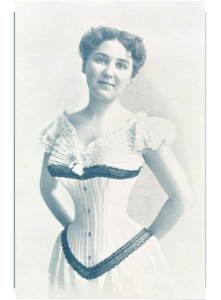


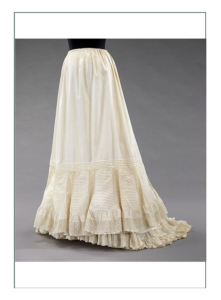
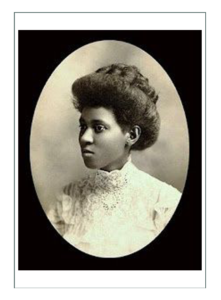
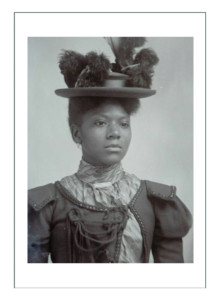
 Color Schemes & Fabric Options
Color Schemes & Fabric Options
The Design
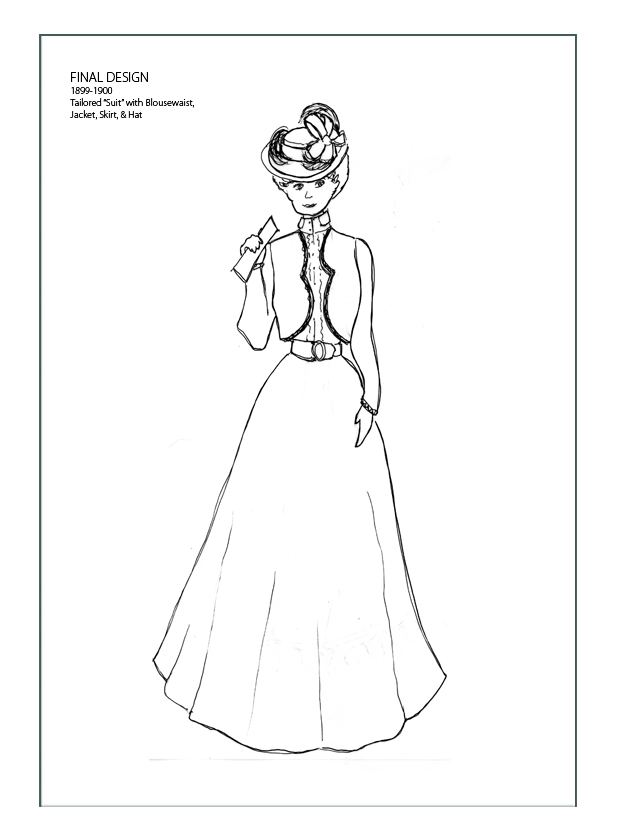 (Above) Black and white sketch showing the silhouette of the ensemble which includes a “suit” – first known as such in about the 1900 time period Dr. Anderson is depicting. In addition to meeting the criteria above for “clean, crisp tailoring, symmetry, and simplicity”, it allows for:
(Above) Black and white sketch showing the silhouette of the ensemble which includes a “suit” – first known as such in about the 1900 time period Dr. Anderson is depicting. In addition to meeting the criteria above for “clean, crisp tailoring, symmetry, and simplicity”, it allows for:
- many choices in trim
- elongates the body – makes her appear tall
- emphasizes a tiny waist
- is easy to get in to
- easy to launder (outer garments will rarely need laundering)
- basic – means flexibility in changing accessories or pieces like the jacket to stretch the interpretation – possibly into other characters of the day
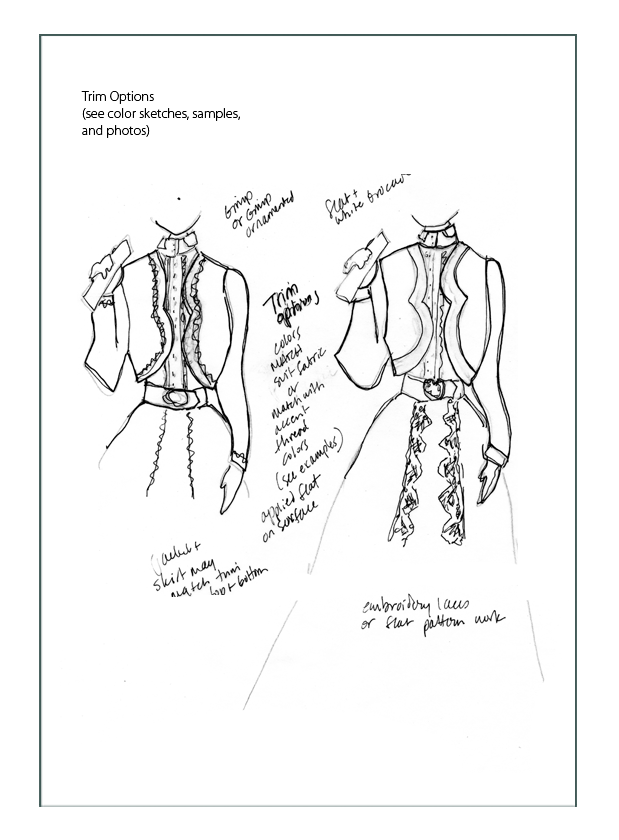
In the following Color Scheme sketches, different trim combinations are shown including photos of the real thing. Silhouettes has most of the trims available quickly. Skirt and jacket may be the same or different. Typically a woman would have trim on both, and the trim would be the same on both. It was usually at least 1 1/2″ wide brocade or embroidered lace type, and the “down the front” and military influence was great at the time.
Trim is strictly a choice for Dr. Anderson. All are historically accurate as presented.
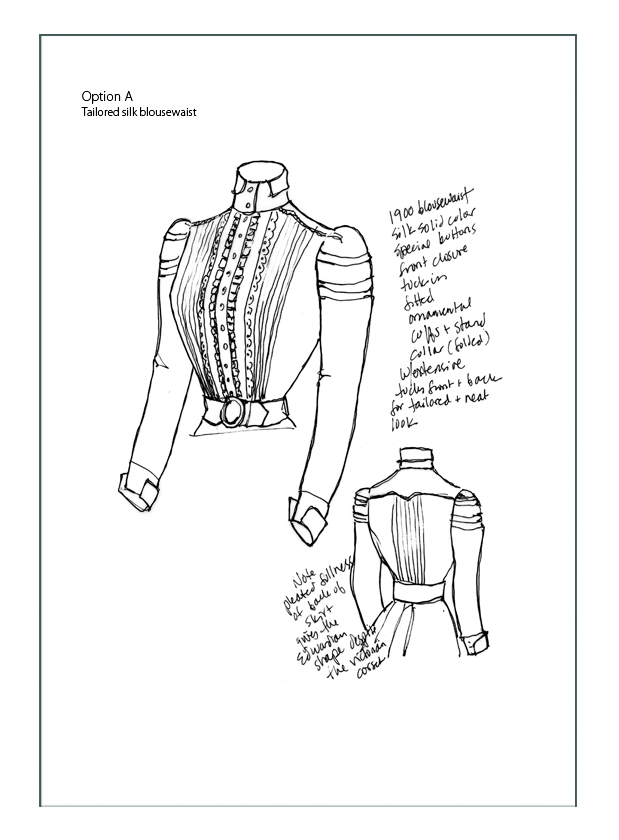
This is the recommended blousewaist as it needs no jacket, is strictly tailored, yet done in a soft silk like charmeuse or a crispy silk taffeta or shantung it will be very comfortable at all times of year. While women would wear a simple cameo, mother of pearl straight pin, or plain pearls or glass bead necklace, it really needs no ornament due to its complexity. In history, this was made even more complex with polka dots and stripes, but Silhouettes suggests keeping it a solid color to show off the many textures created.
We realize this does not have the lace overlays and ruffs recommended in the rough ideas above. It doesn’t need it. If lace is desired, following is a simple cut lace blousewaist that is worn over a corset cover that has the same color and shows through the lace.
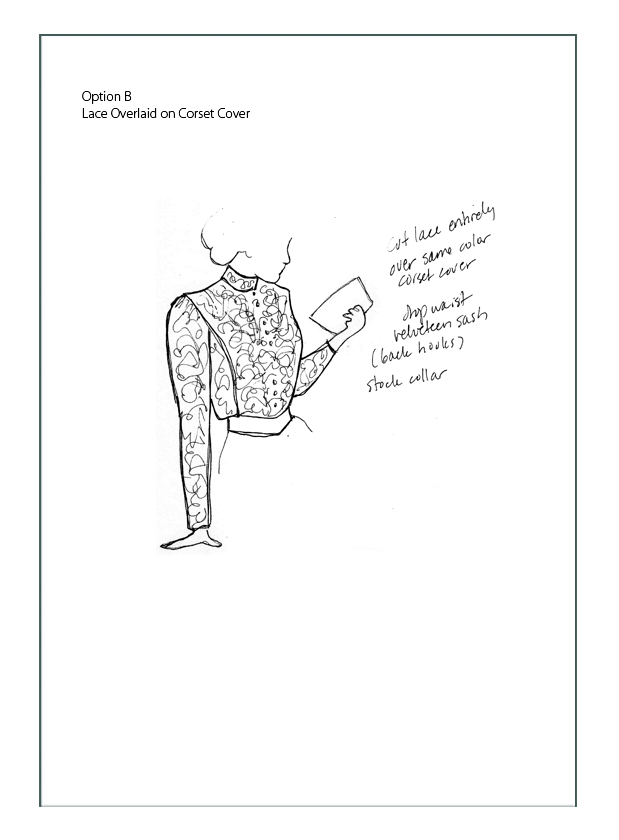
See the color schemes below for how this works. Because colored lace today is very difficult to find in 100% cotton or silk, this will have to be in a cotton and polyester blend that will not breath or be as comfortable as the silk blousewaist which is Silhouette’s first choice for the project. This might be a lovely “add later” concept – as long as the corset cover is the right color from the outset, it’s only a matter of making the overlay.
Both the blousewaist options above are designed to tucked in. Very significant of the time were the dark colored sashes which helped to hold the whole thing together. Anyone who has worn a skirt and tucked blouse will find themselves constantly tucking it in. The early Edwardians were smart in that the straight or scooped front belts and sashes could be decorated with big buckles which would cover any changes in size (although that really is moot since the corset is adjusted to maintain the fit), and hold it together while being active.
The belts and sashes proposed following are front or back closing, of velveteen, heavily backed, and very comfortable.
The Undergarments
The following sketch shows the proposed undergarments for ALL the color schemes which will follow.
Combination
While a camisole and drawers were equally in fashion for the day, we have found with our customers it is easier to maintain the smoothe shape of the front wearing a combination “all in one” jumpsuit like undergarment that was the very favorite in many styles and fits at the time.
While the combination takes some practice in using the restroom, after one gets used to it, one never wants to go back to modern panties…
This we are proposing in a simple, lightweight, soft and luxurious 100% cotton lawn which can be washing in the washing machine daily. It will have mother of pearl Mississippi River buttons, and silk ties at the neck and leg.
The neck and leg of combinations were tied to fit the shape of the bodice so they could be worn both with evening and day wear and through changes in skirt styles. At this period, the ruffles on the bottom help bring the “kick” out at the bottom of the bell curve of the skirt, so the combination legs will be worn long, although where they end up is really a matter of personal preference. The neck adjustment will be made when we teach how to get into the corset.
Corset
We are most excited about the corset because Dr. Anderson’s shape is absolutely perfect for the ideal woman of the Late Victorian era. We have intentionally skipped the fact she would be wearing the Edwardian “S Monobosum” off balance corset that was the height of fashion by 1900, and figuring she would just love her old one forever.
There is good reason, as we are proposing a beautiful silk paisley or silk brocade fabric just for looks. The basic corset will be of very strong couteil and couteil lining (has limited flex in any direction) for optimum support in all directions. It will be metal boned and very comfortable once correctly fit.
With such beautiful fabric and the possibility of an antique gold colored busk and gold trim, the trim at the top will be of very basic cotton woven lace, as it needs to be function to tie in “the ridge” along the bust.
Both fabrics are available quickly, so this decision can (and needs to for deadlines) be made quickly.
Petticoat
The design is described above with the key examples of extant. Basically, we are using those photos to build this. Petticoats of the era were usually silk taffeta, so we give the option of making it a basic ivory taffeta. This increases the price, and the taffeta will be attached to cotton lace, so both are good ideas which Dr. Anderson will have to decide.
The point of the petticoat in this era is to hold the skirt flat on front, hide lumps of the corset, and provide fullness of the skirt where fullness is supposed to be. This style also allows for easy movement and some insulation around the feet (to keep warm or cool). Use of either cotton or silk natural fabrics as the under layer will accomplish all of the above.
Corset Cover
This goes over the corset and under the blousewaist. It does two things: protects the outer garments from the metal pokey things on the corset, and provides a solid and modest undercover for sheers or laces.
For this project it can match either the combination and be made of ivory cotton lawn, or the petticoat of taffeta or lawn. The primary choice of color is “ivory”.
If the cut lace version of the blouse is desired, it needs to match that color, or at least look good under it since it will show through. A silk charmeuse or taffeta is recommend for this – it could also be made of the same fabric as the blousewaist itself.
Stockings (not shown in sketches)
We have in stock silk or cotton – both have a bit of lycra in them so they hold up over the knee without garters for most people. This is also Silhouette’s “achilles heel” (pardon the pun), as the lycra can get hot and uncomfortable, and ruin the feeling of authenticity.
Starting with the inexpensive cotton is recommended, unless your shoes are too tight, for which the silk is wonderful. These come only in basic black, white, or tea stained: caution the tea does run in the wash so they have to be washed separately. (We recommend washing all stockings and accessories separately by hand any way – see warranties).
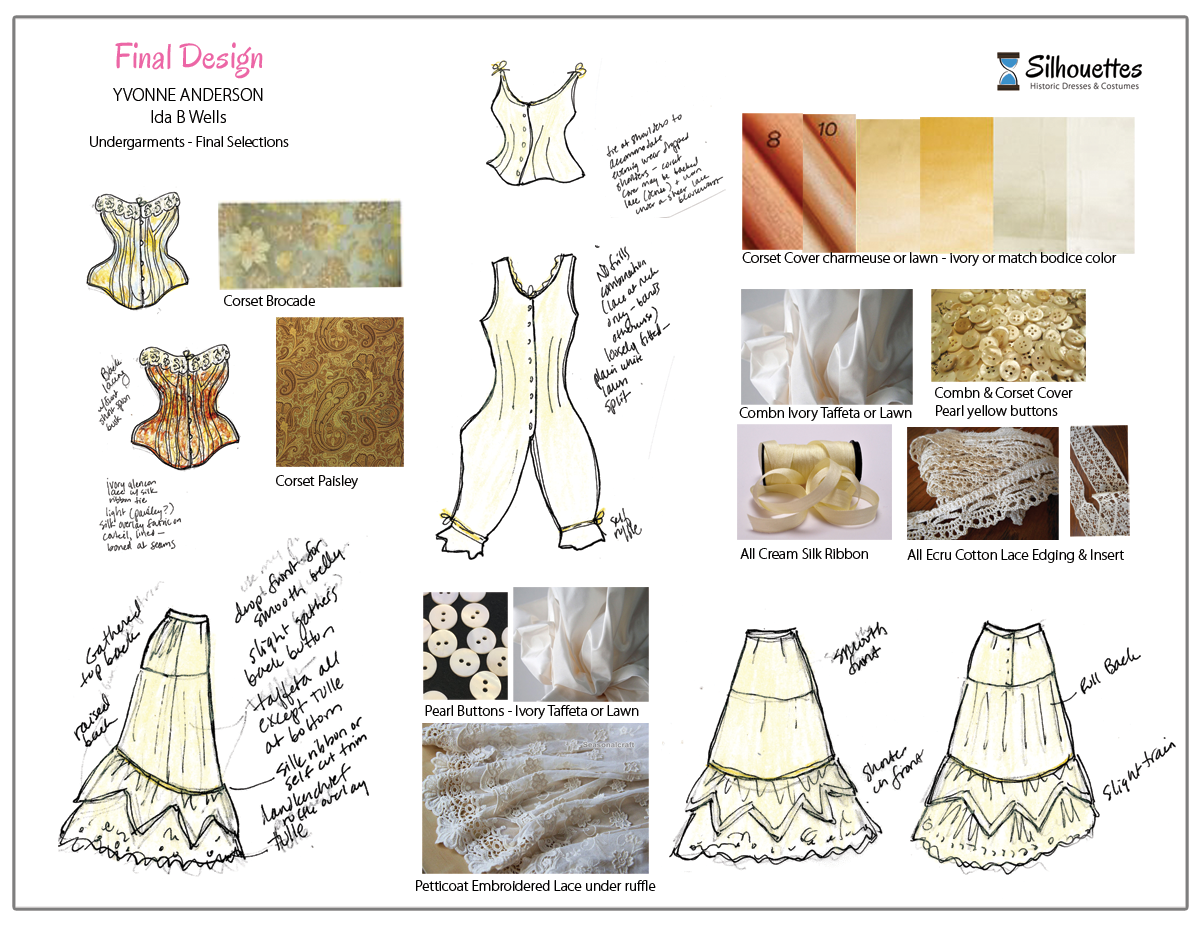
Above are the undergarments and materials as described to get the authentic shape proposed. They are Silhouettes’ design (we actually build from these sketches) for ALL the color schemes below except the last one which has an additional corset decorative fabric suggestion.
Color Schemes
These can be interchanged of course, but these combinations of color, texture, fabrics, notions, and trims are not only available, but really fun. All but the main fabric for skirt and jacket are on their way and will be available shortly to sent real samples via US Postal.
All of below use the same undergarments proposed above (exception the corset fabric for “D”):
A. Light Gold
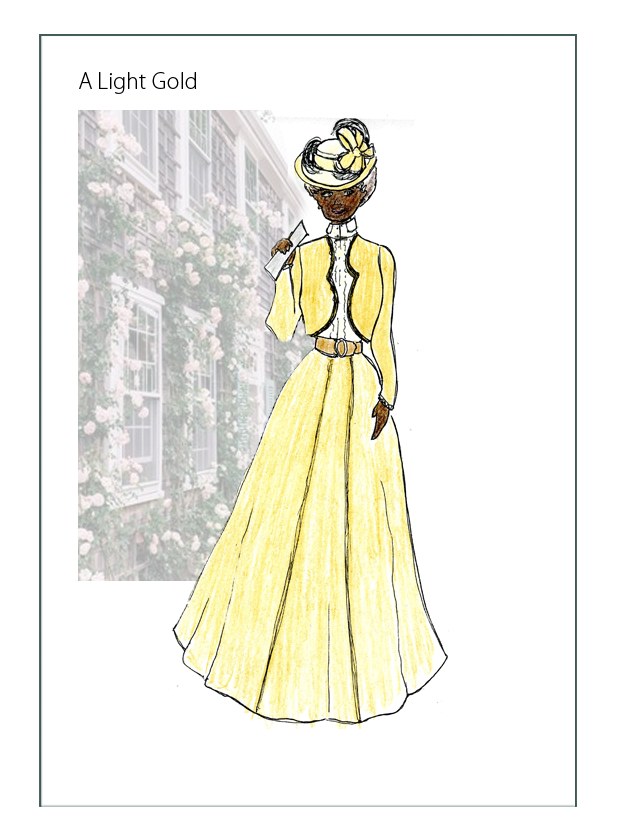
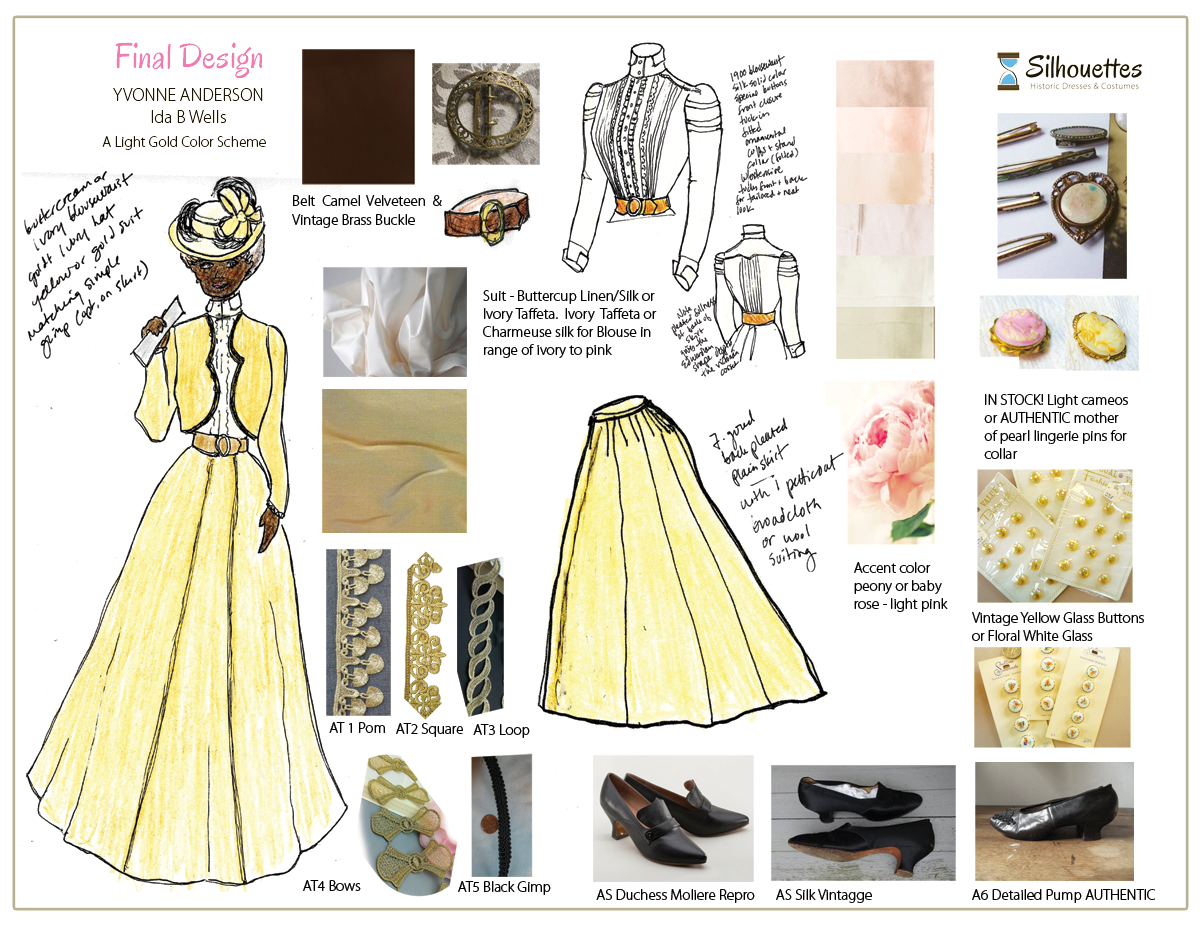
B. Gold
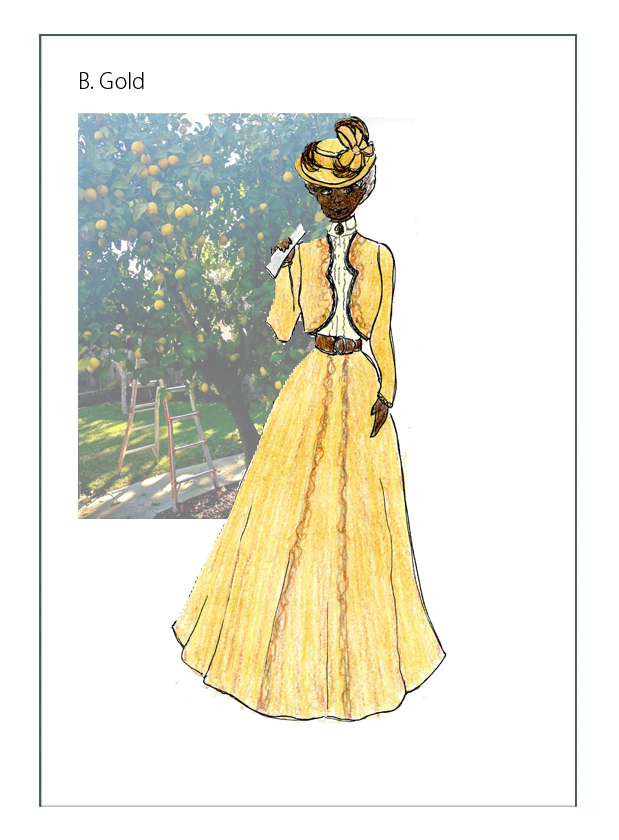
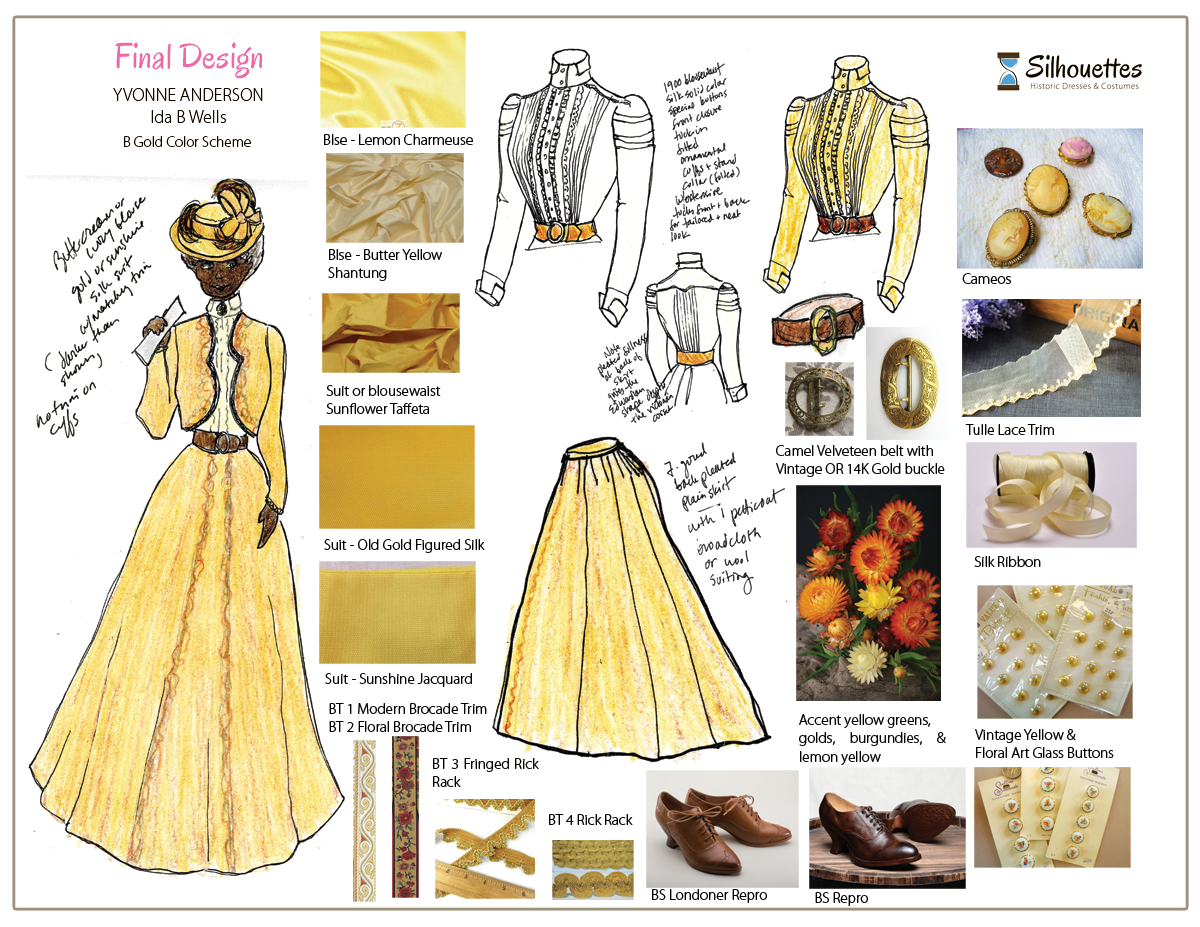
C. Tangelo
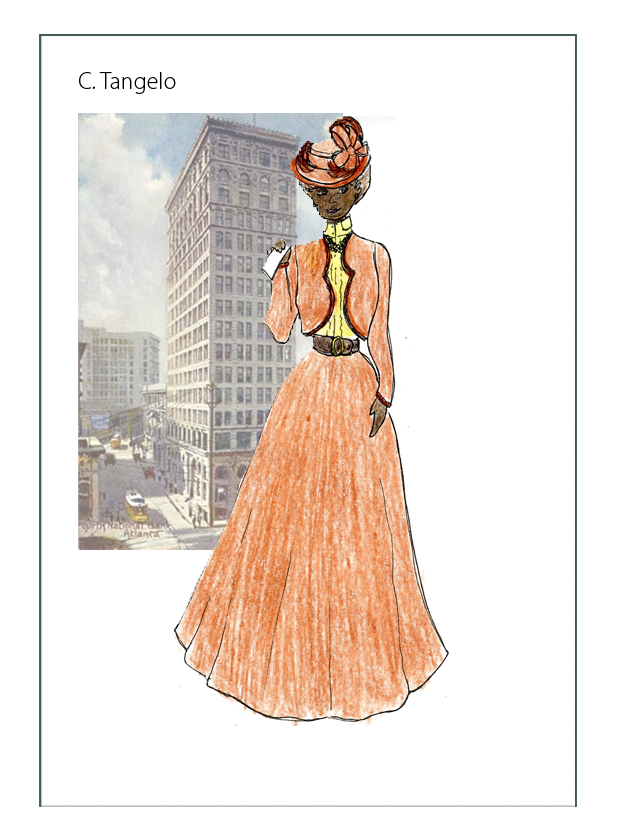
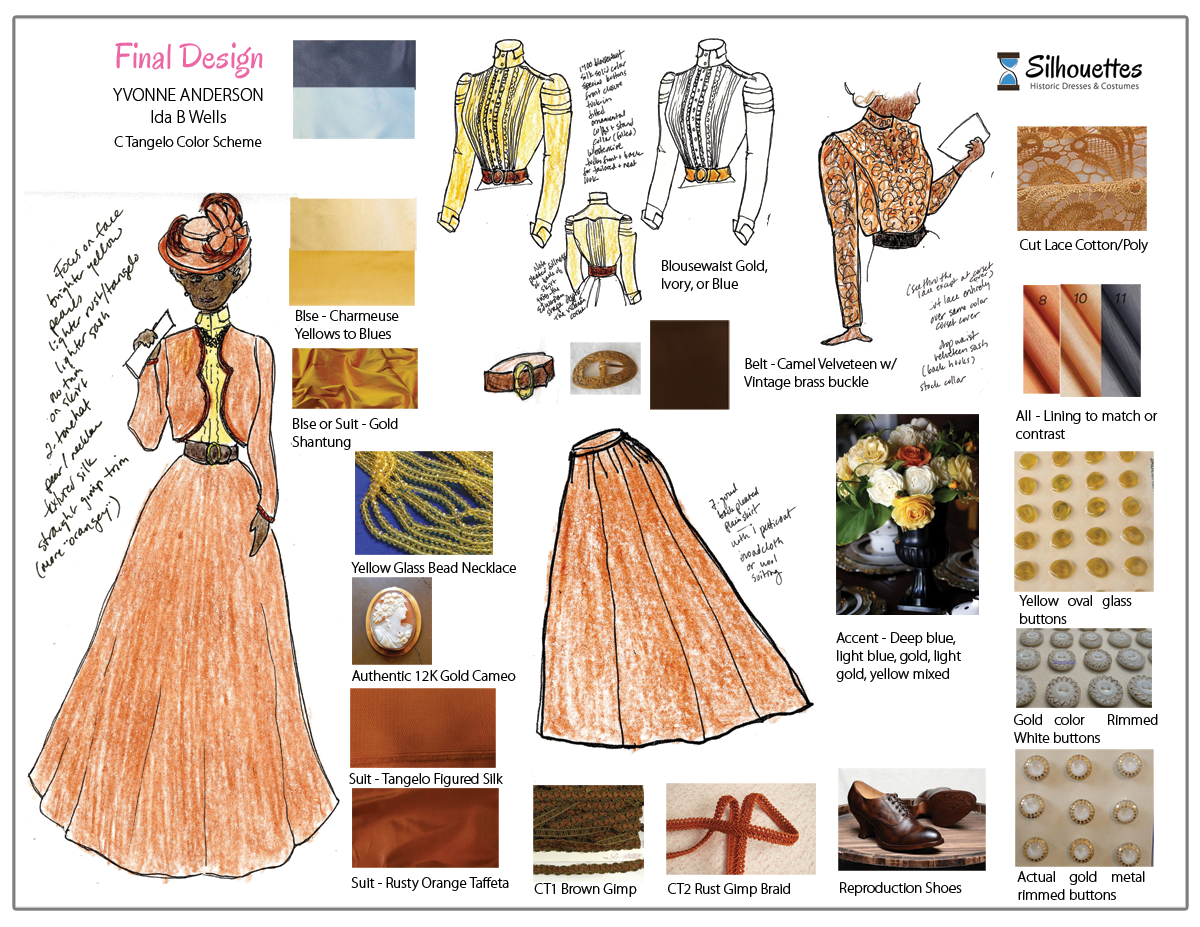
D. Brick
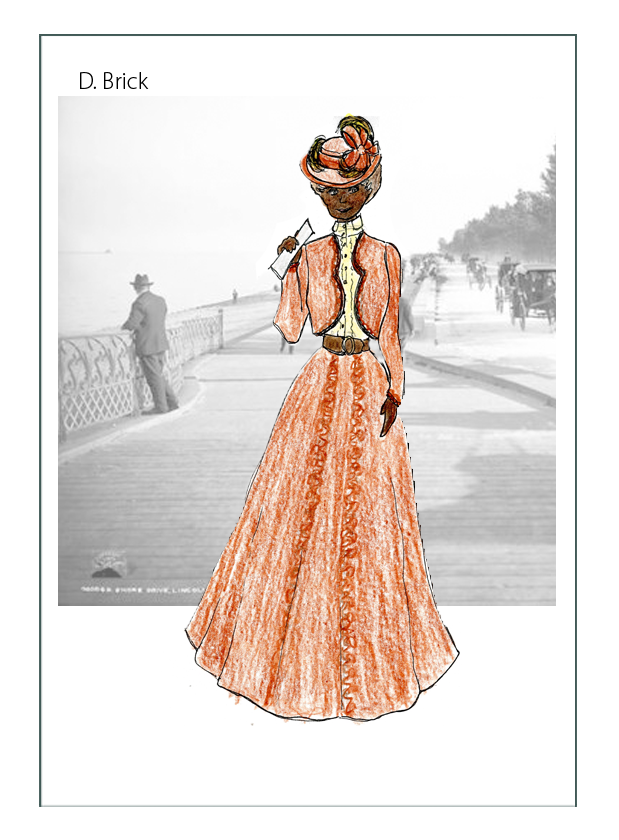
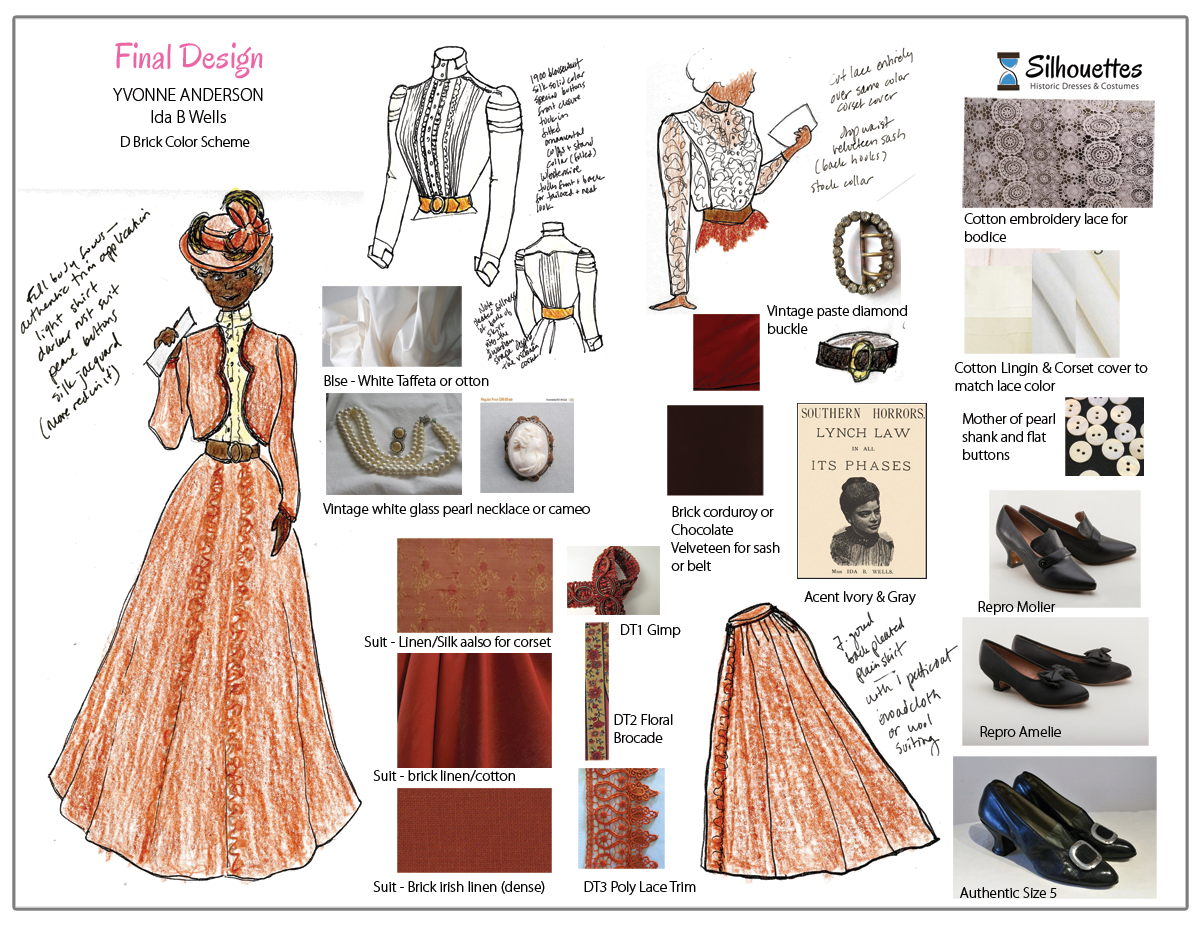
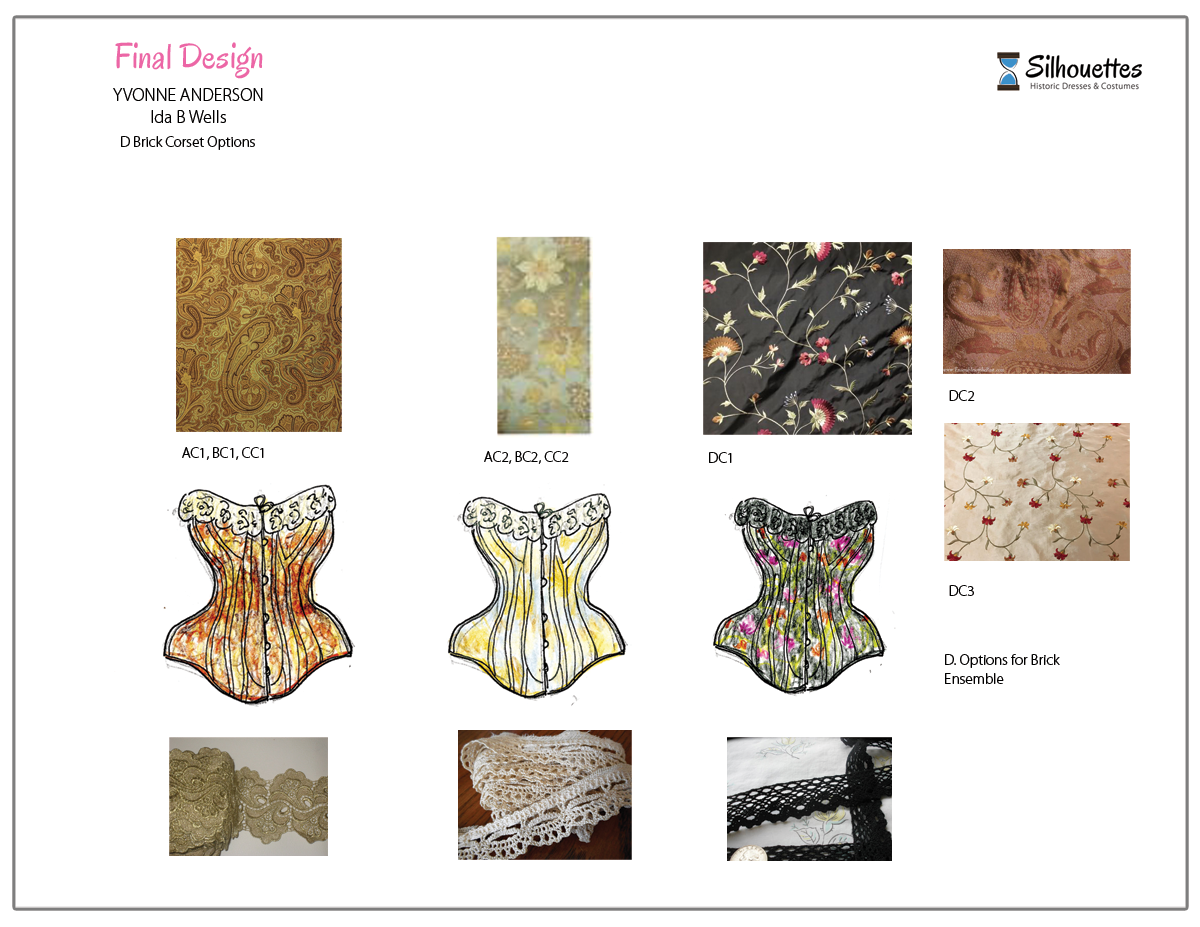
Wig & Hat
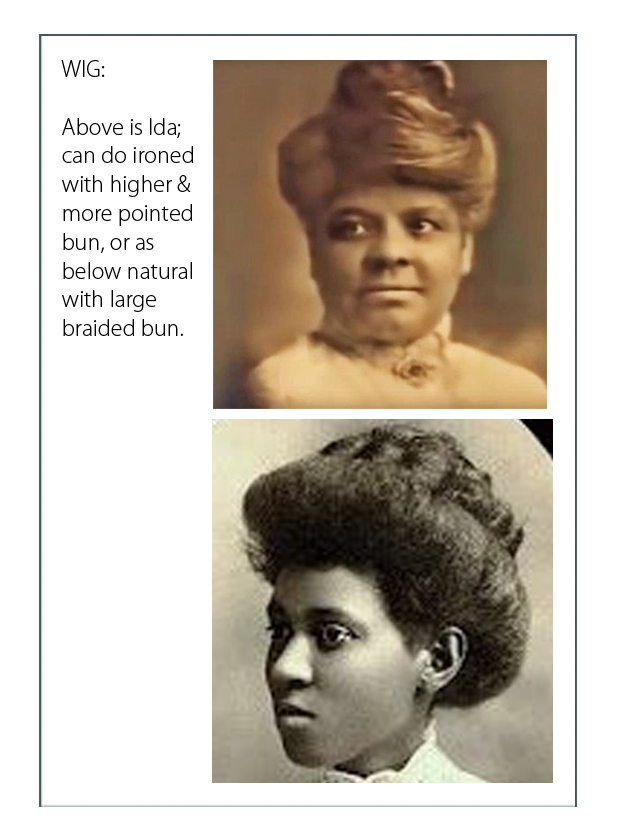
Side By Side Comparison
Note the pencil used to color these is not entirely representative. When Dr. Anderson narrows down her selection, she will have actual material and fabric samples to compare. Differences seem subtle at first, but key decisions direct the other decisions.
First step – choose the one you like best:
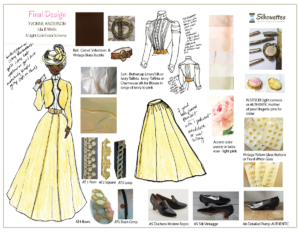
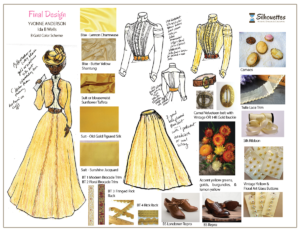
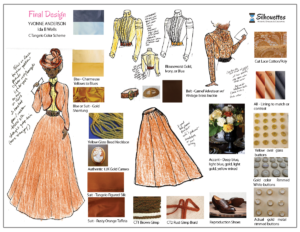
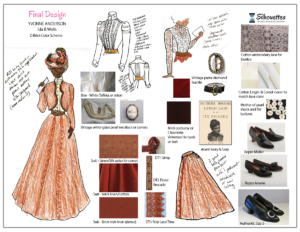
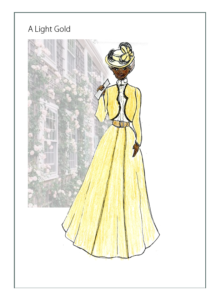
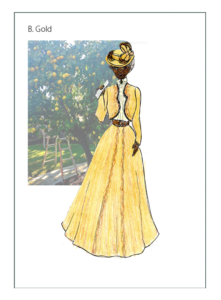
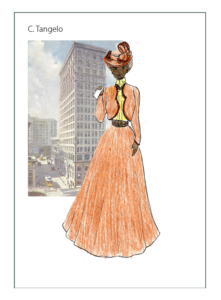
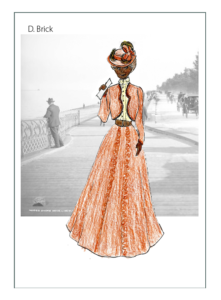
 Narrowing the Choices
Narrowing the Choices
After meeting with Dr. Anderson, two schemes using fabrics and notions suggested above became apparent. Items to KEEP:
- lemon yellow blousewaist
- cameo neck pin
- silhouette and jacket with skirt concept
- hat exactly as drawn in color to match suit
- undergarments as discussed, brocade preferred
to DISCUSS:
- gold or tangelo theme
- tailored or lacy blouse
- button up or lace up boots (authentic or reproduction)
- wig or not
and the BOTTOM LINE:
- keep costs down (will dictate types of materials and notions, simplifying construction and detail)
- while maintaining the highly ornamented “look” of the era (using premade trims instead of handmade, etc.)
Customer Preferences
GOLD SCHEME REFINED
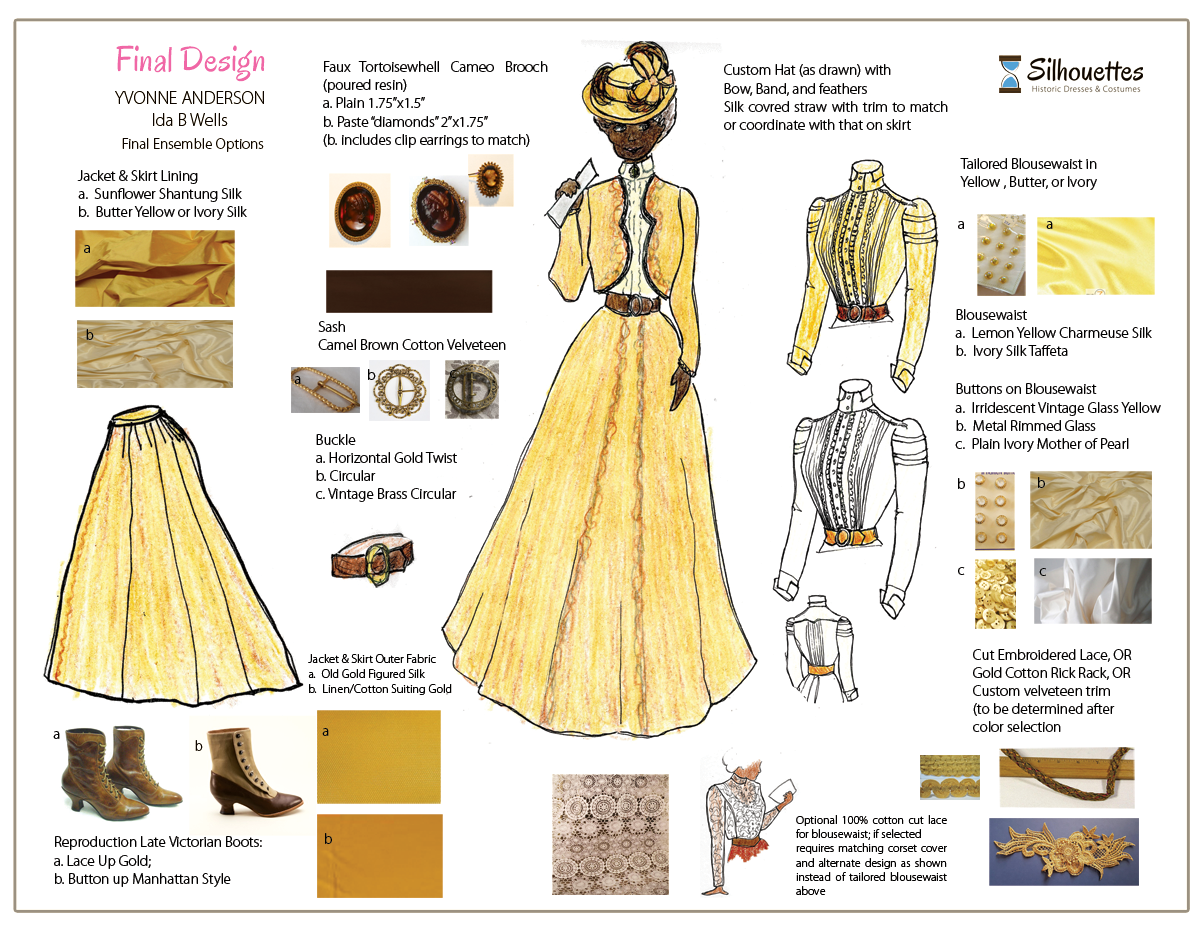
TANGELO SCHEME REFINED
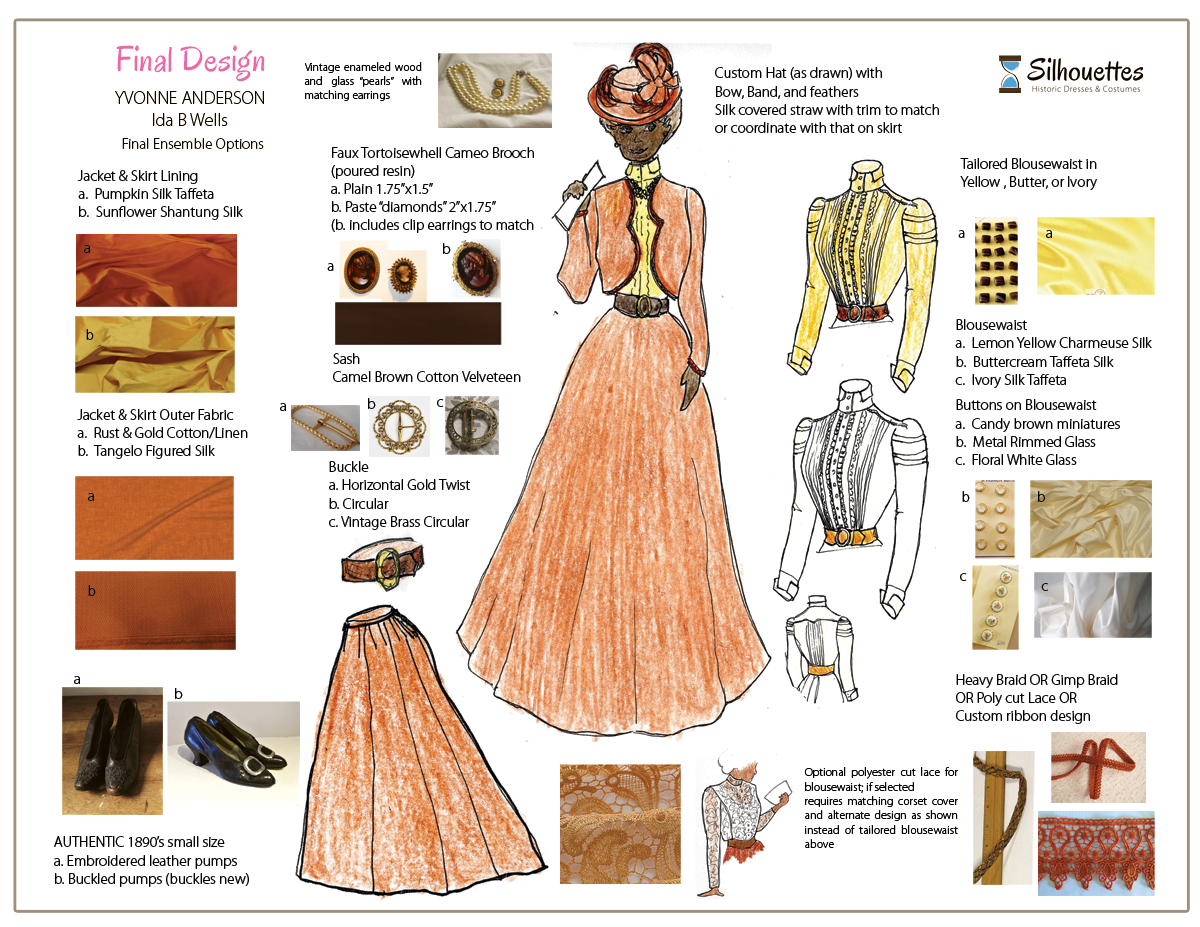 DESIGNER PICKS
DESIGNER PICKS
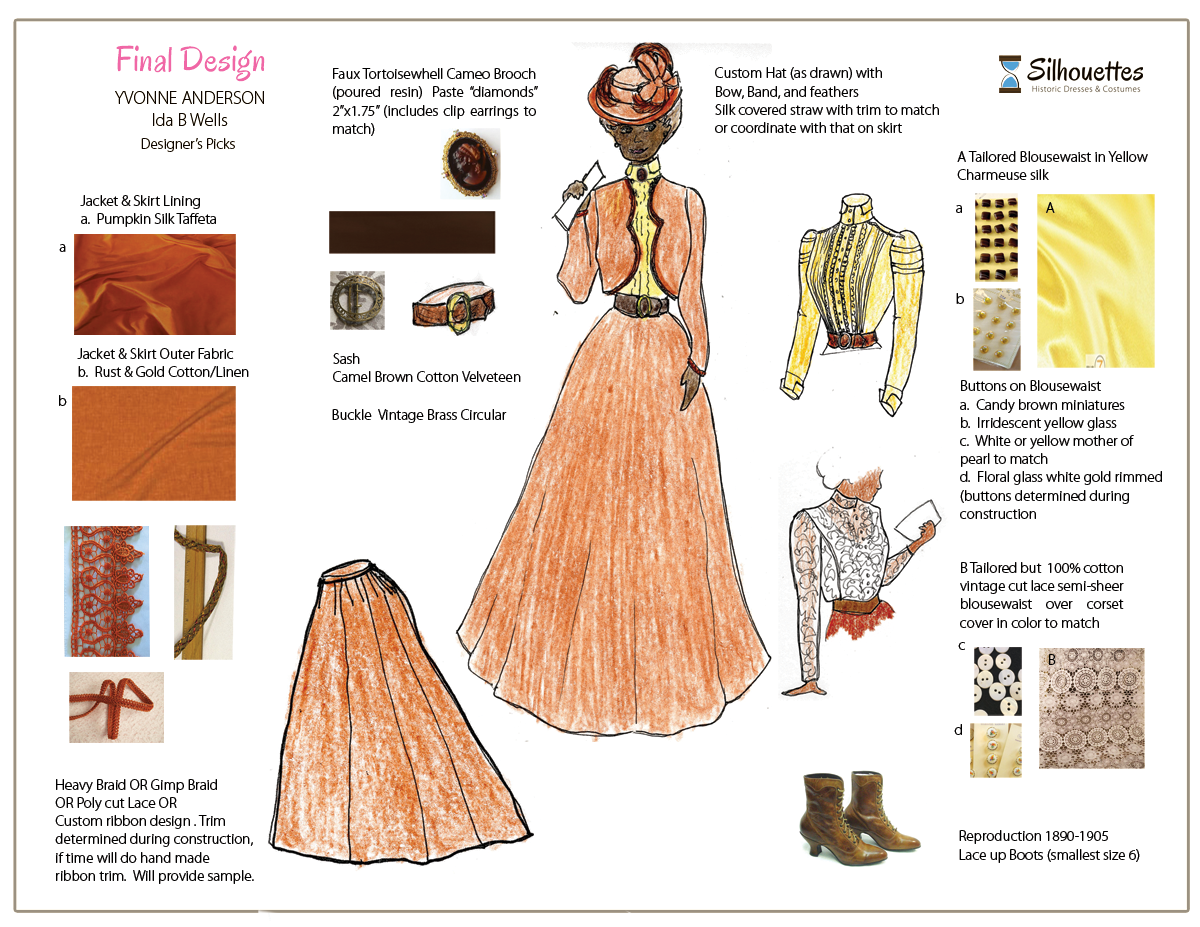
UNDERGARMENTS DECIDED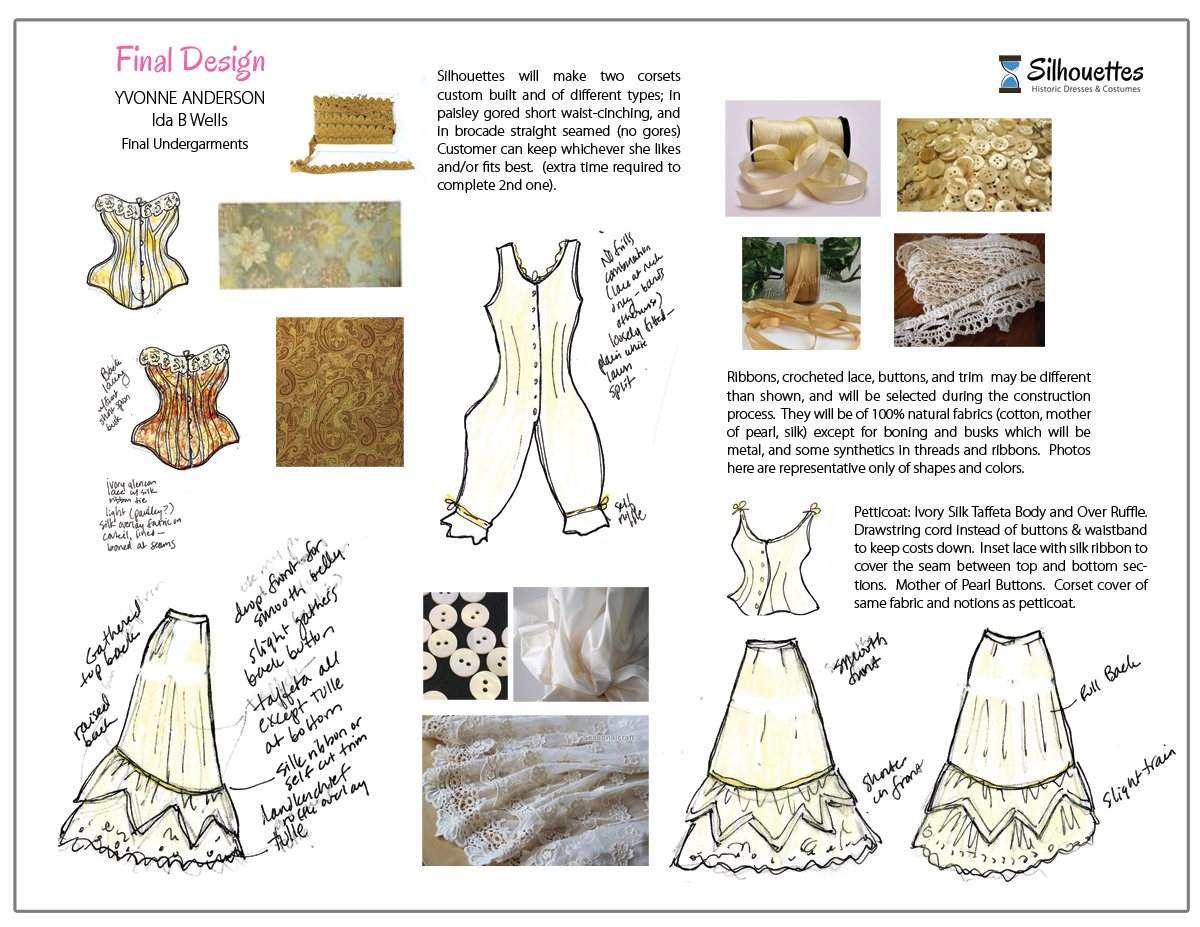
Narrowing it Down
After careful analysis, Dr. Anderson decided to go with the Tangelo/Rust scheme, but there were still many decisions to be made. Some items and choices were eliminated, getting closer to the final design. Check out the main page for the final design and details!
NEXT! SEE THE FINAL Click here to go to Dr. Anderson’s main page with the Finished Project
Click here to go to Dr. Anderson’s Historical Context page
